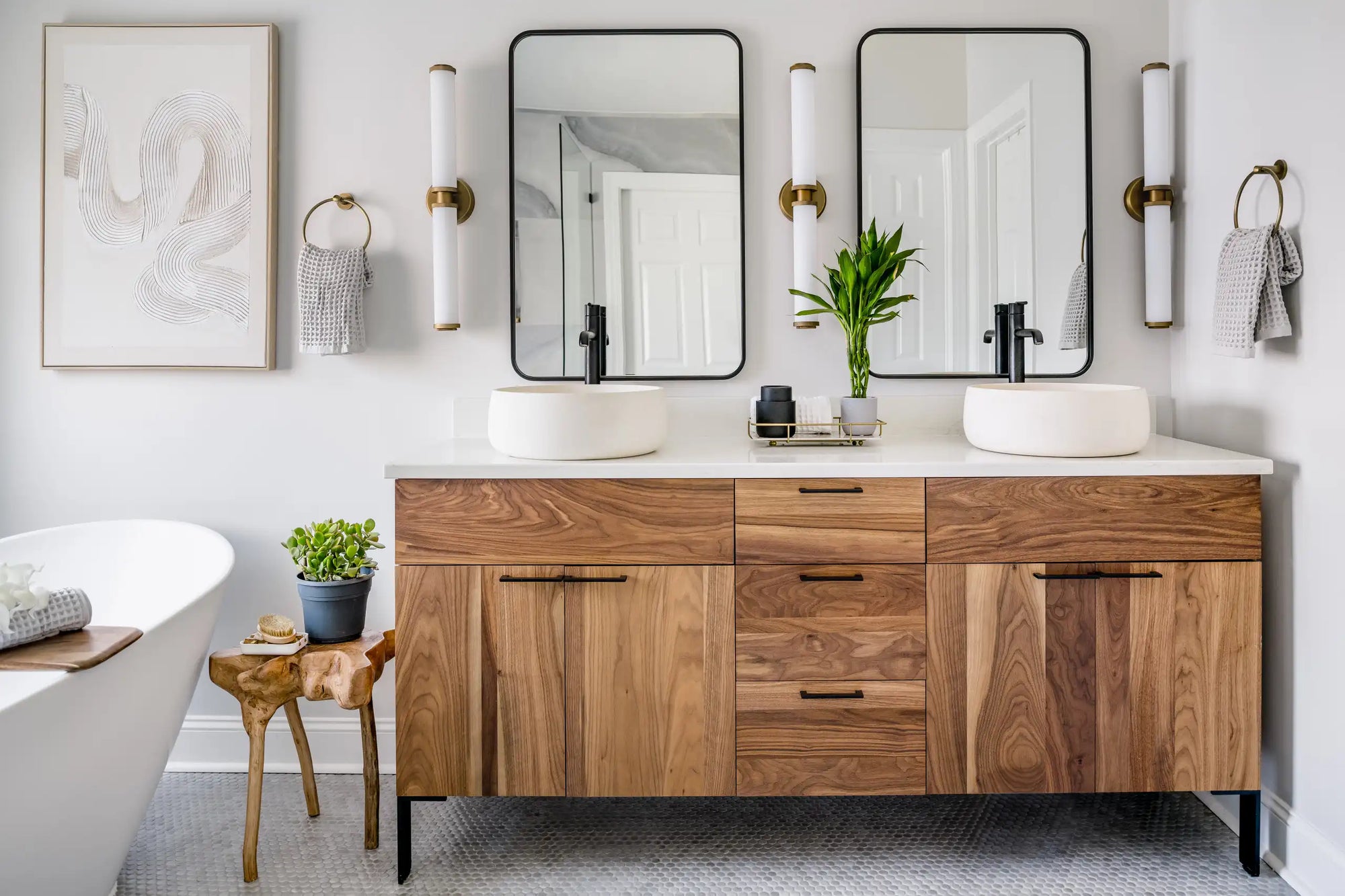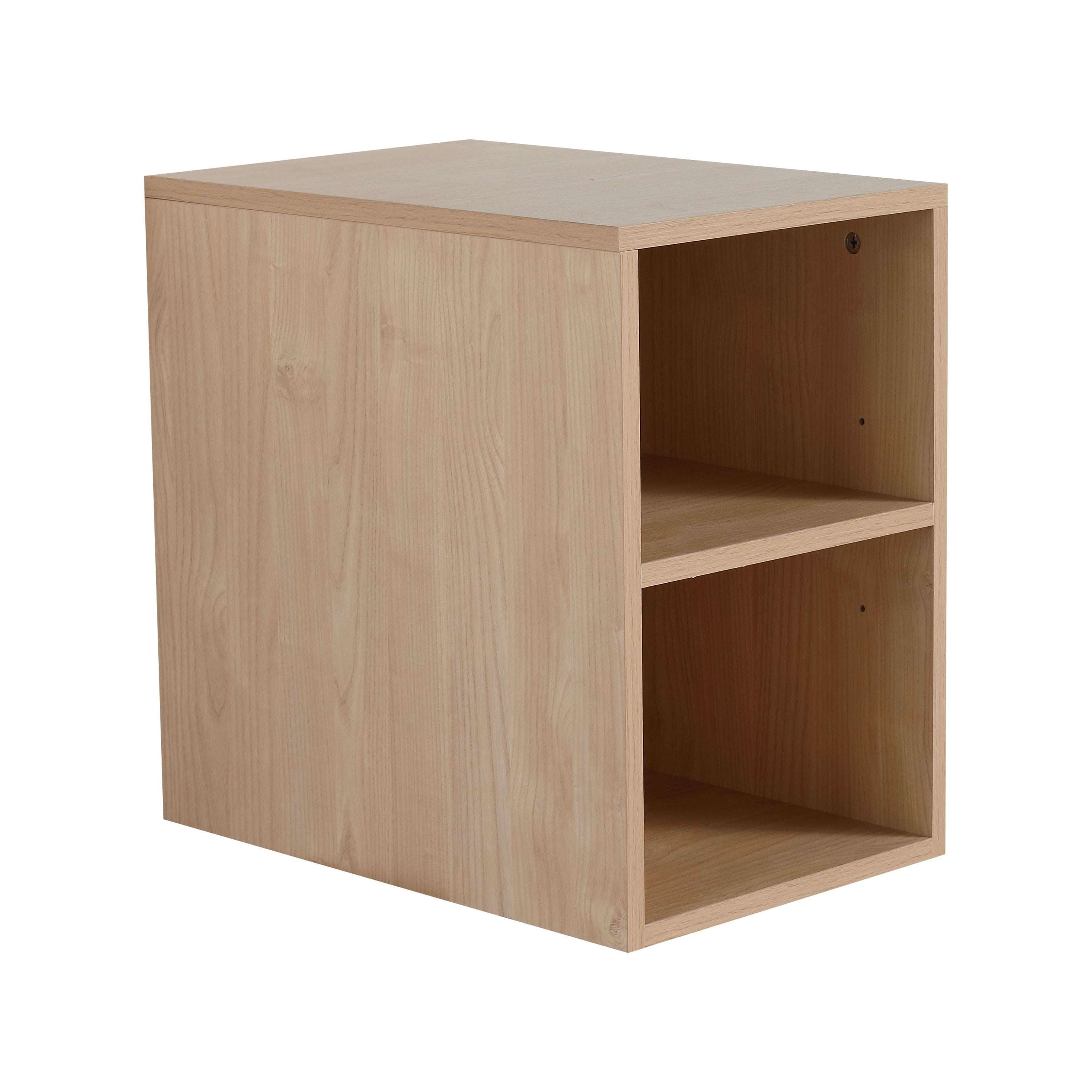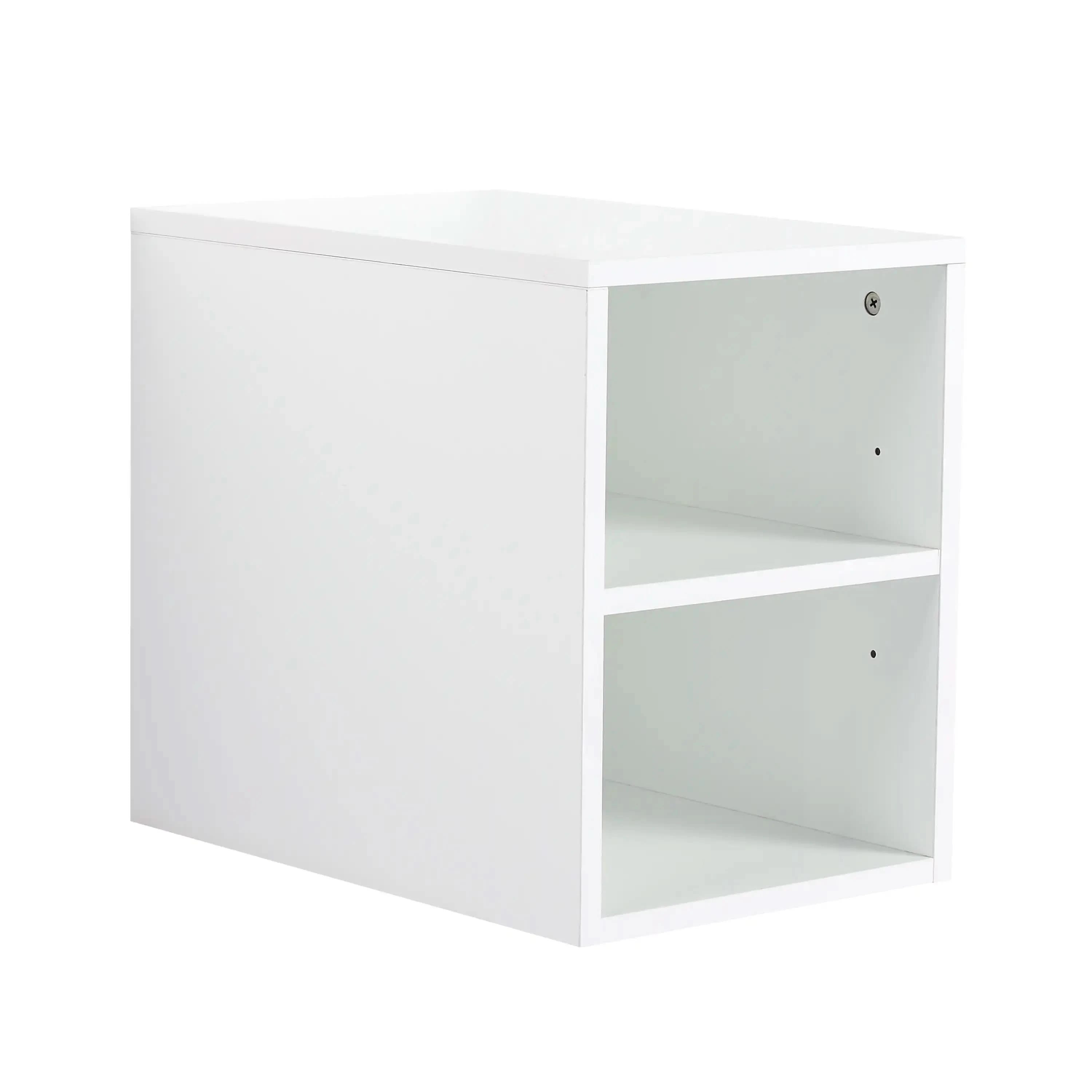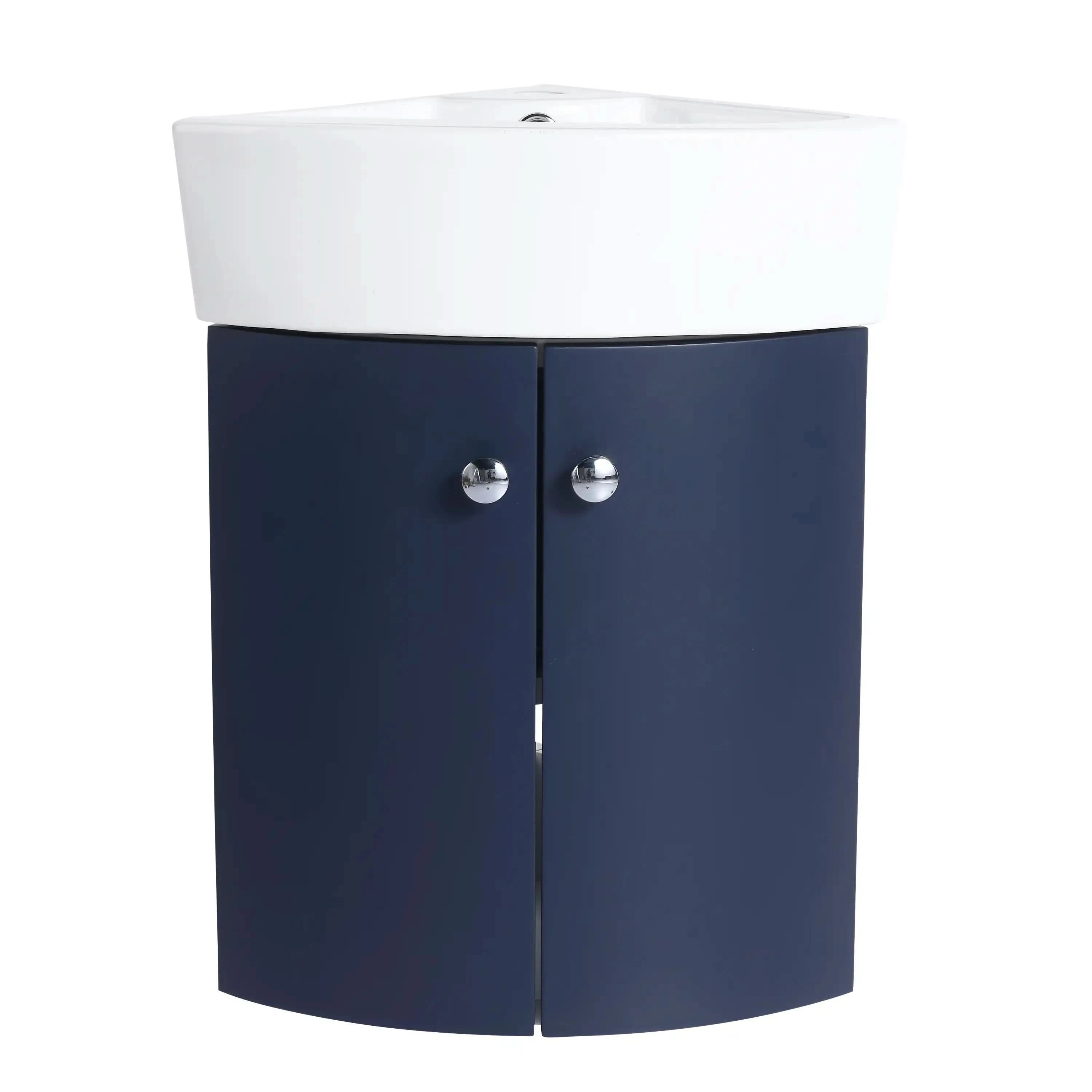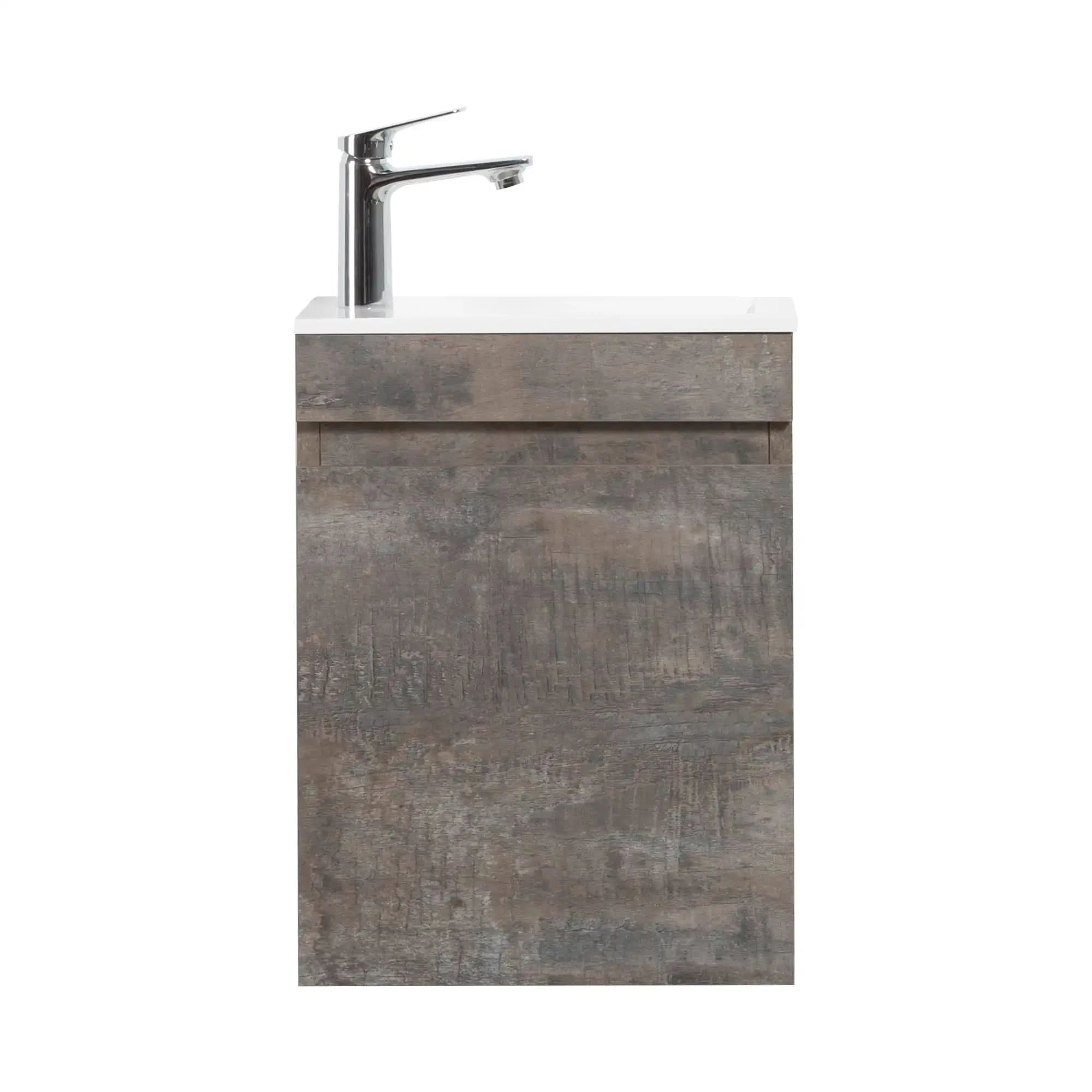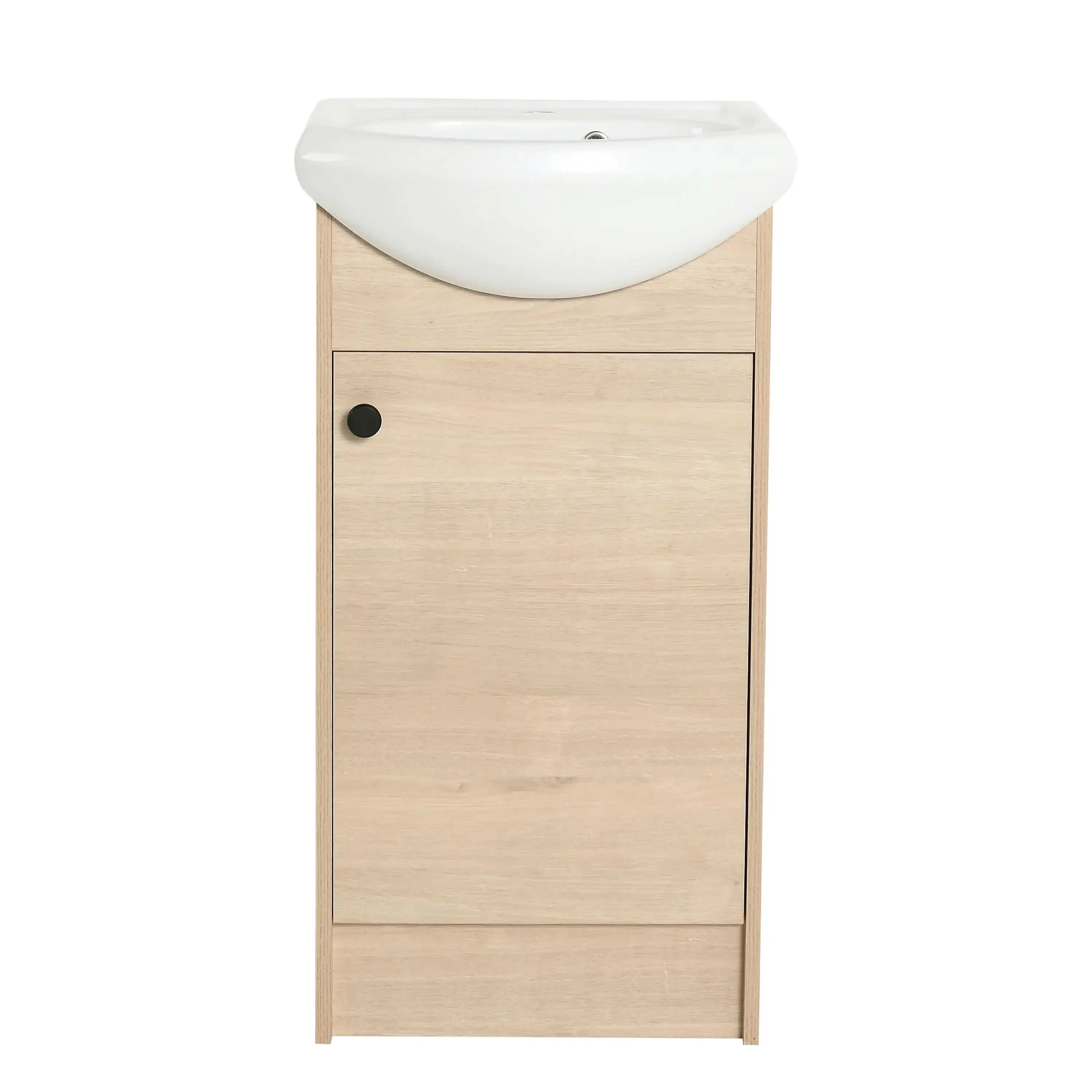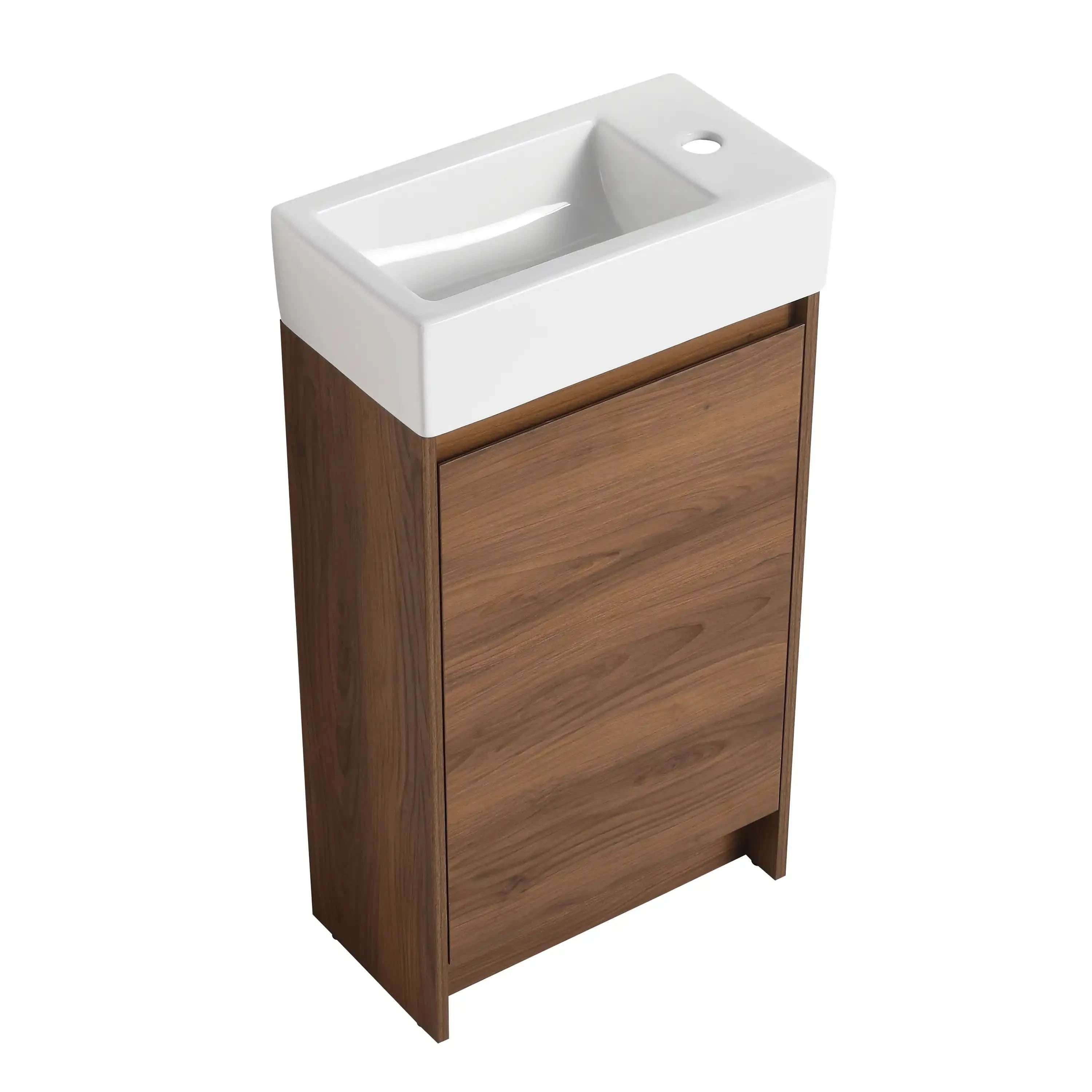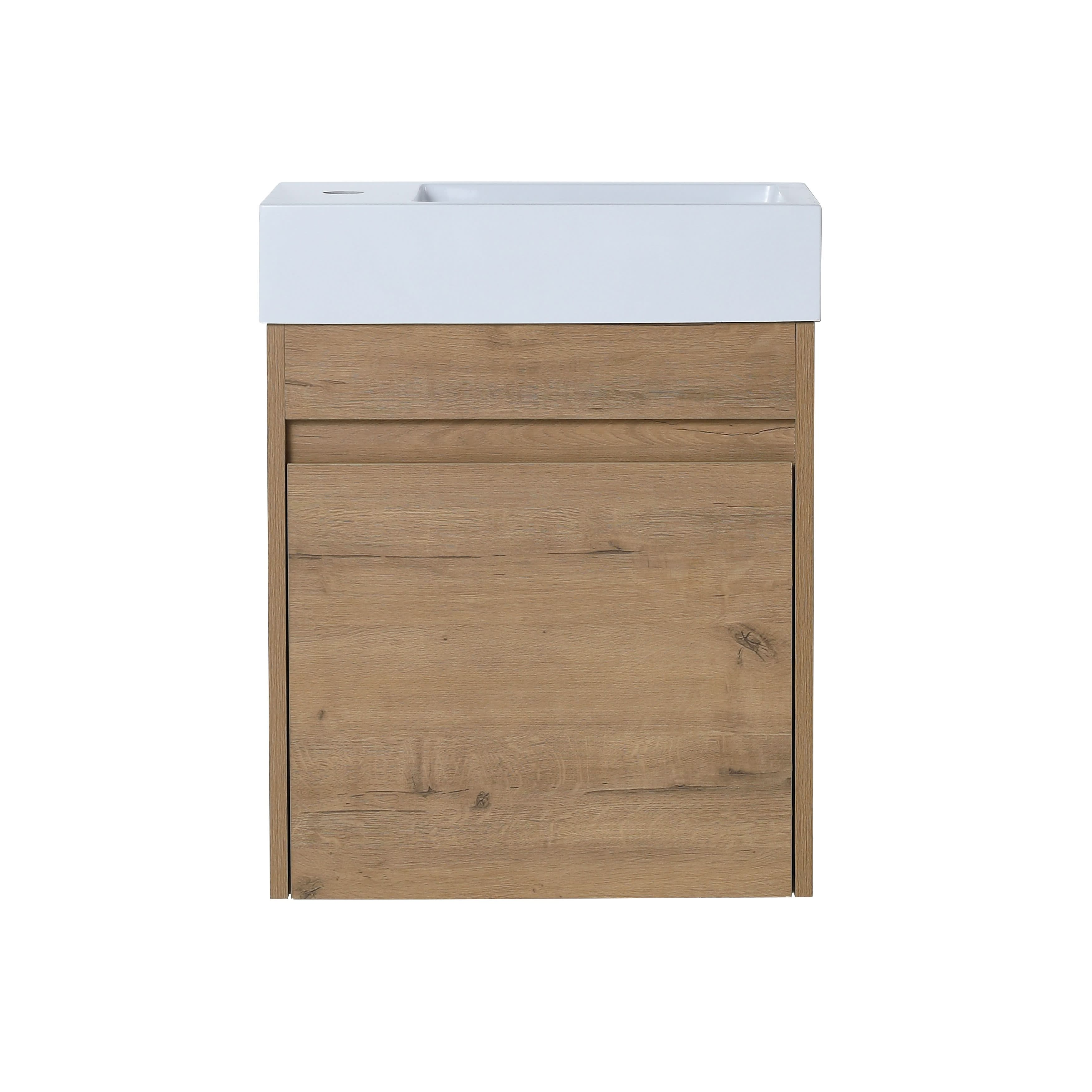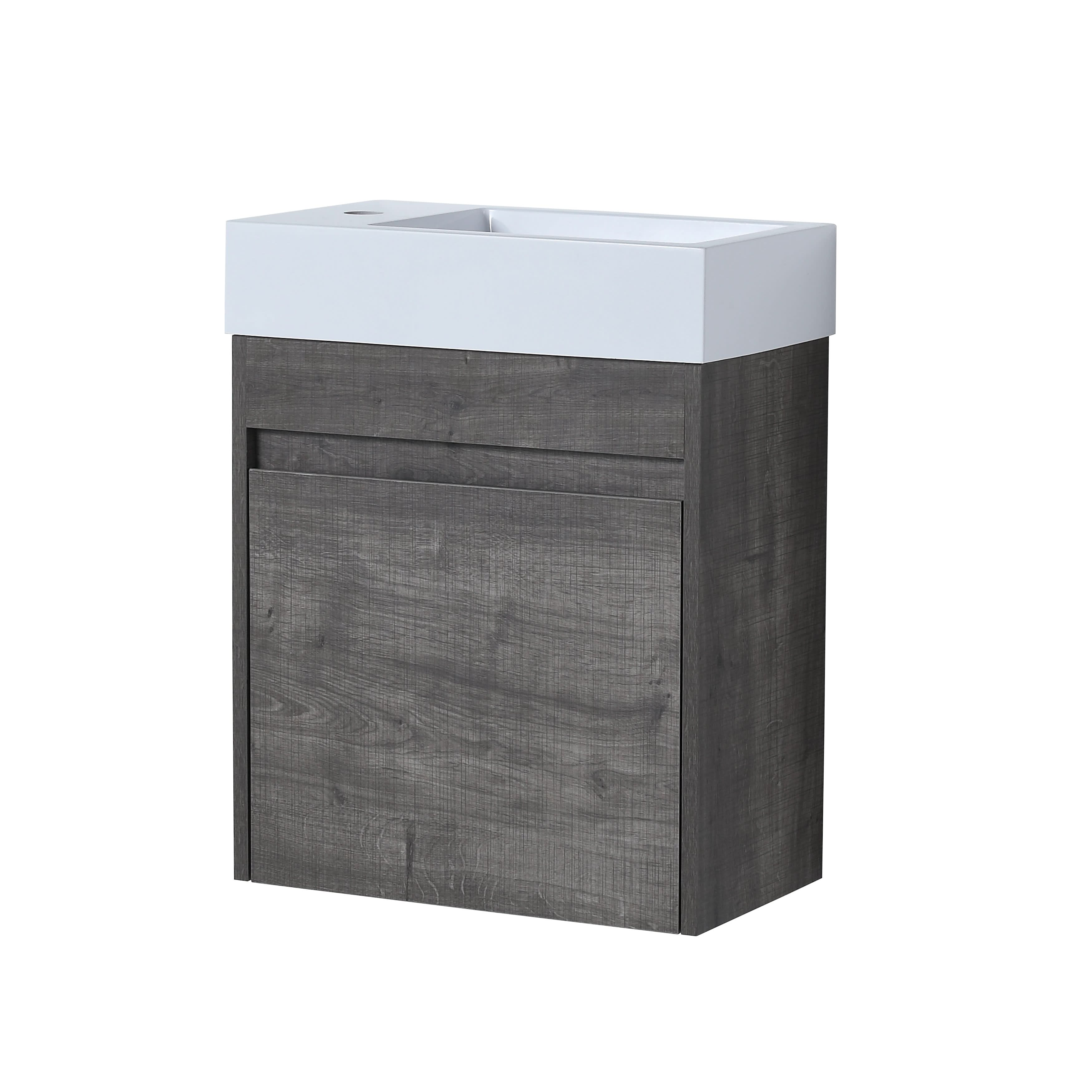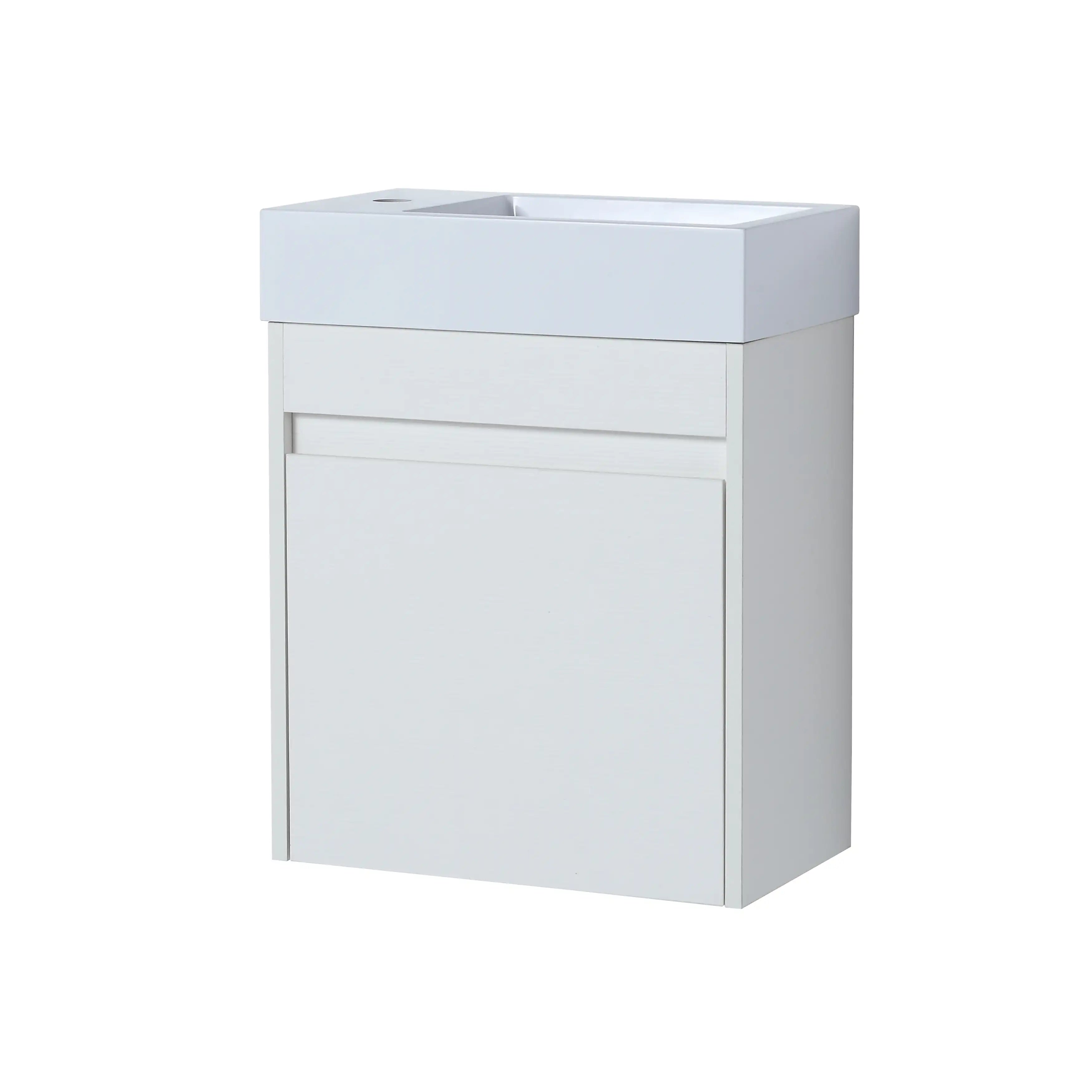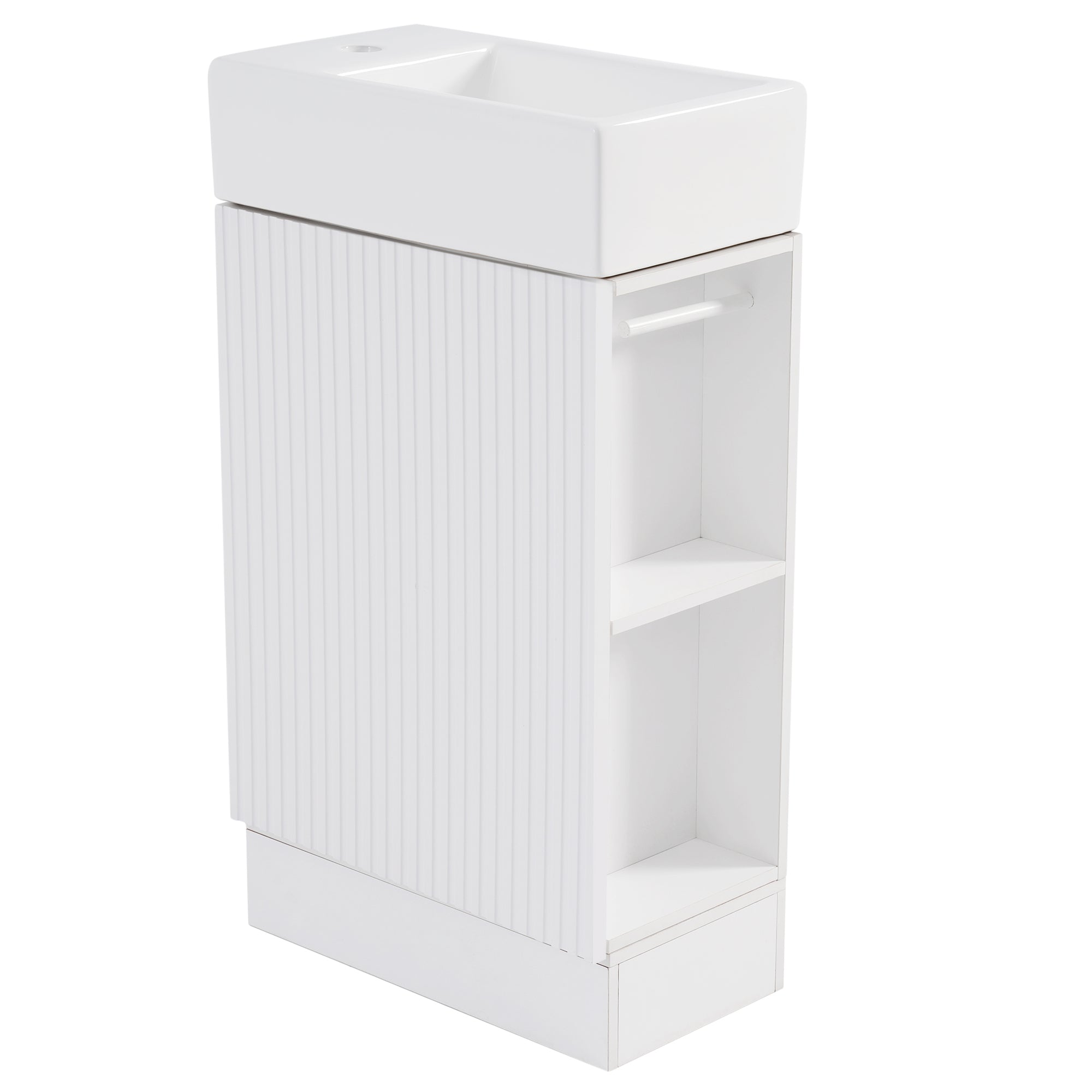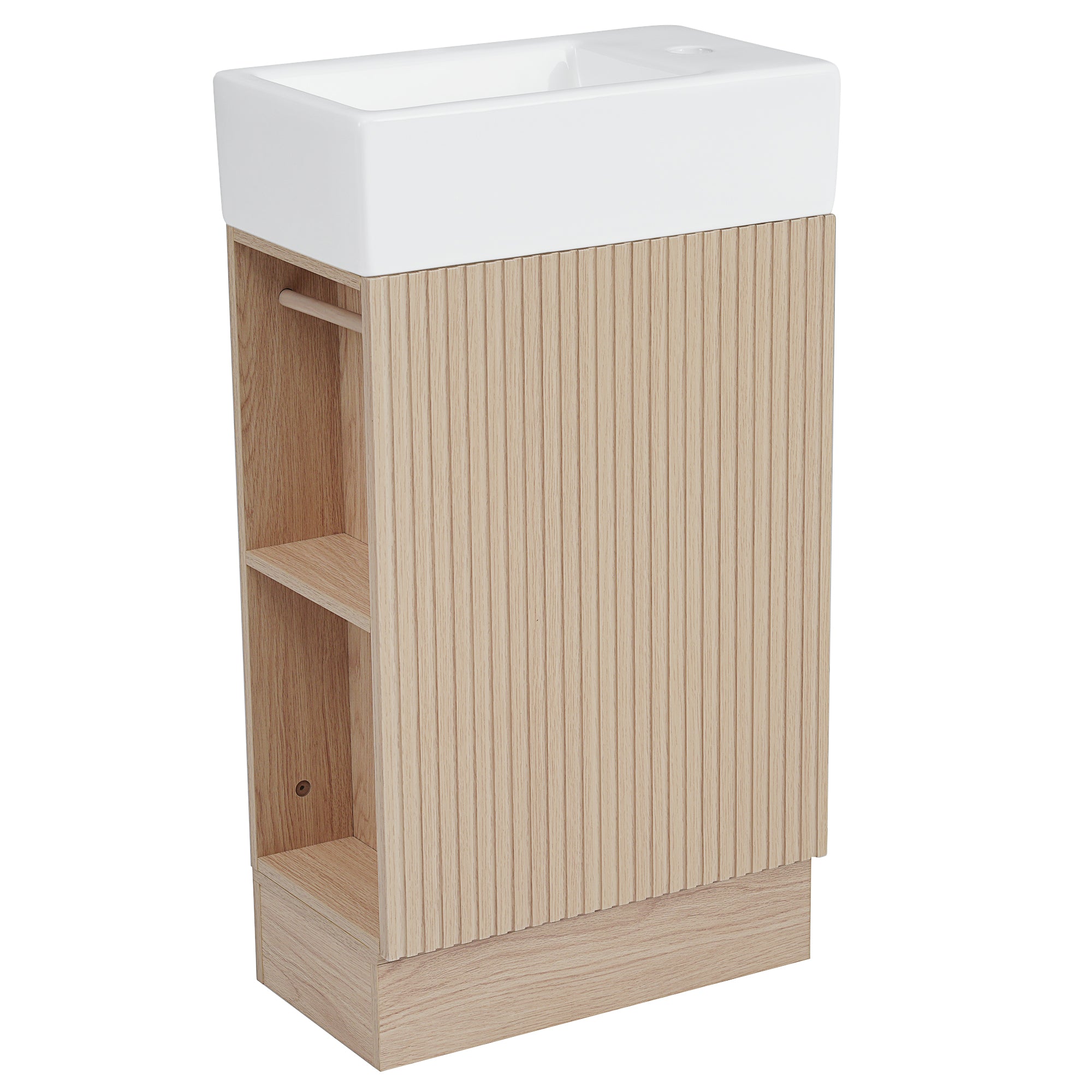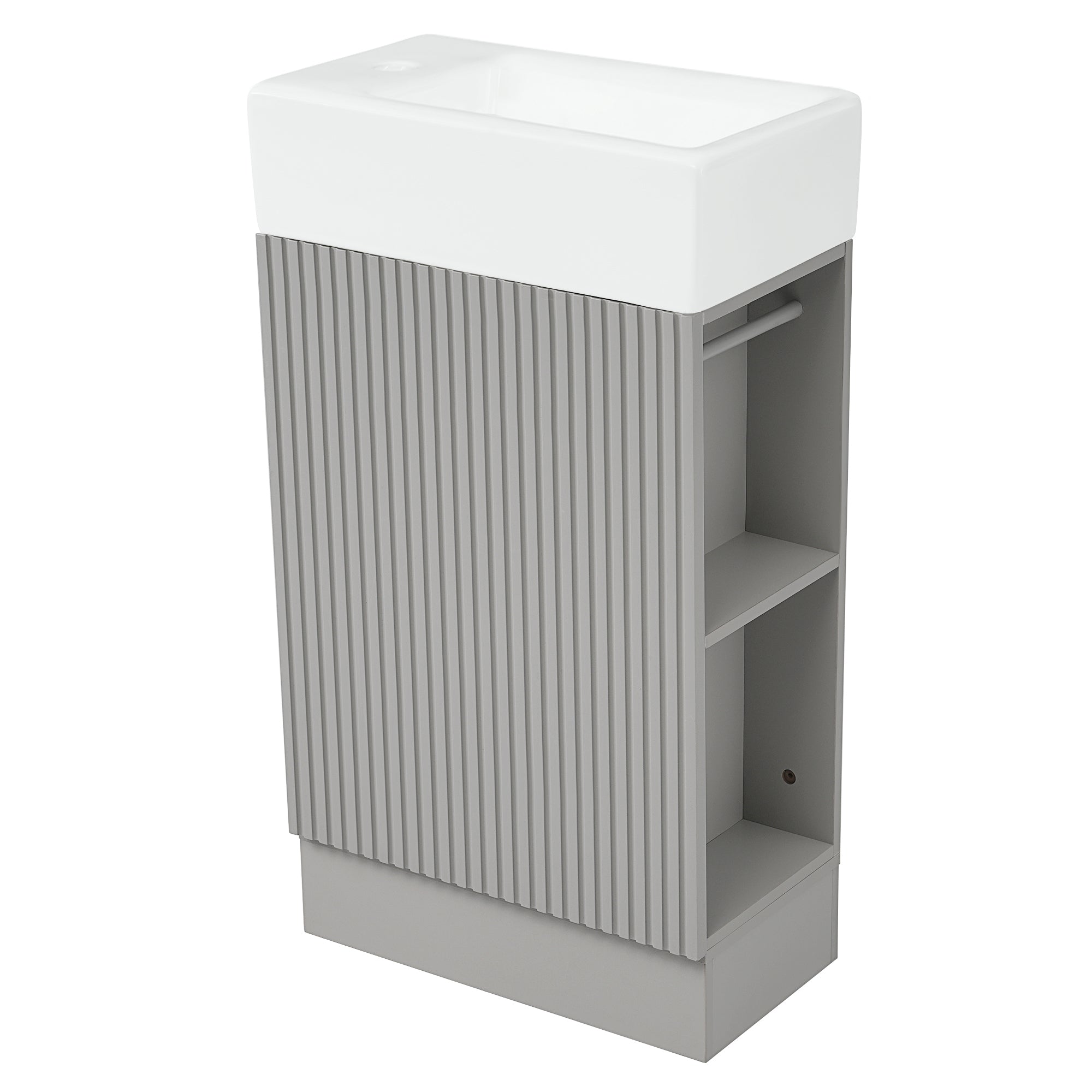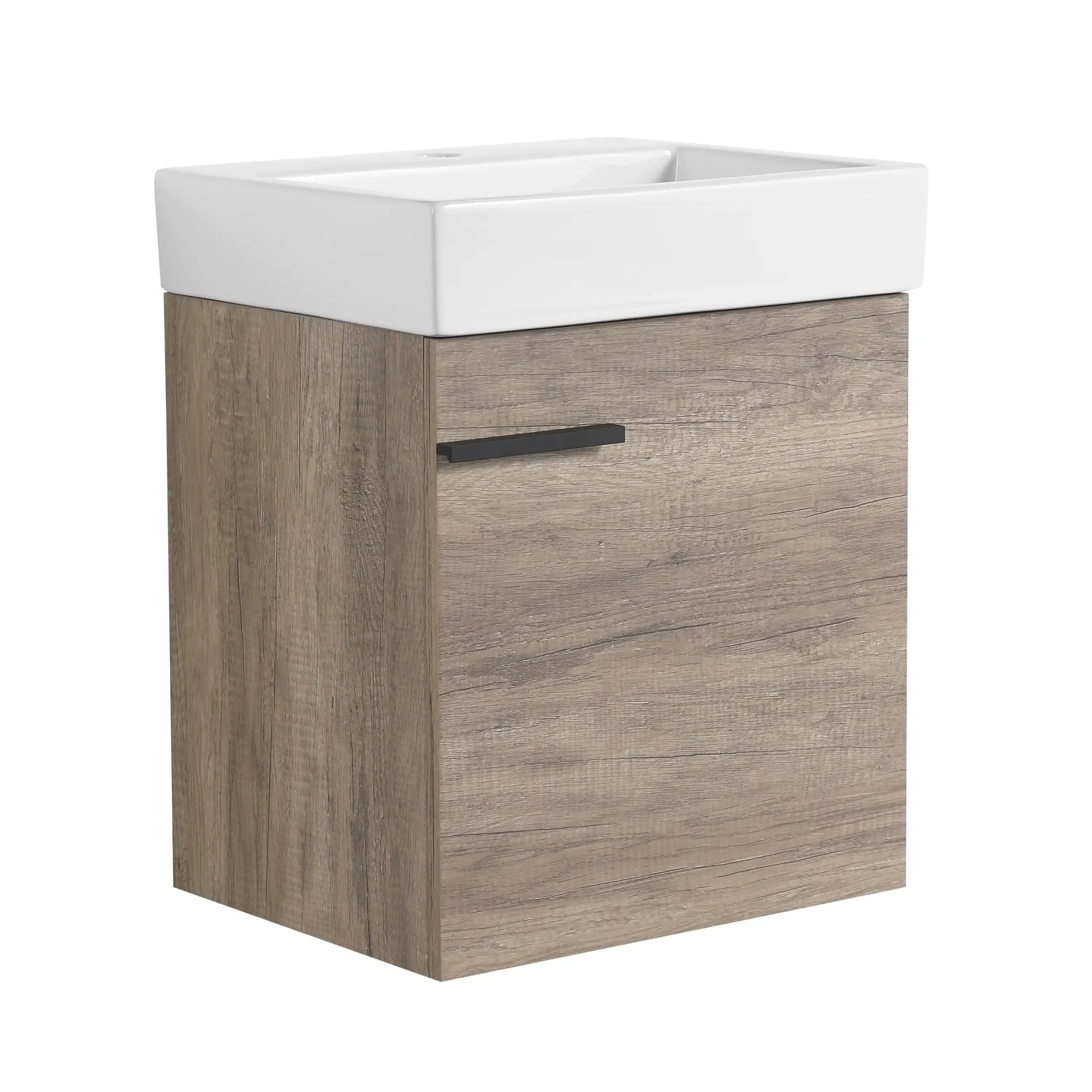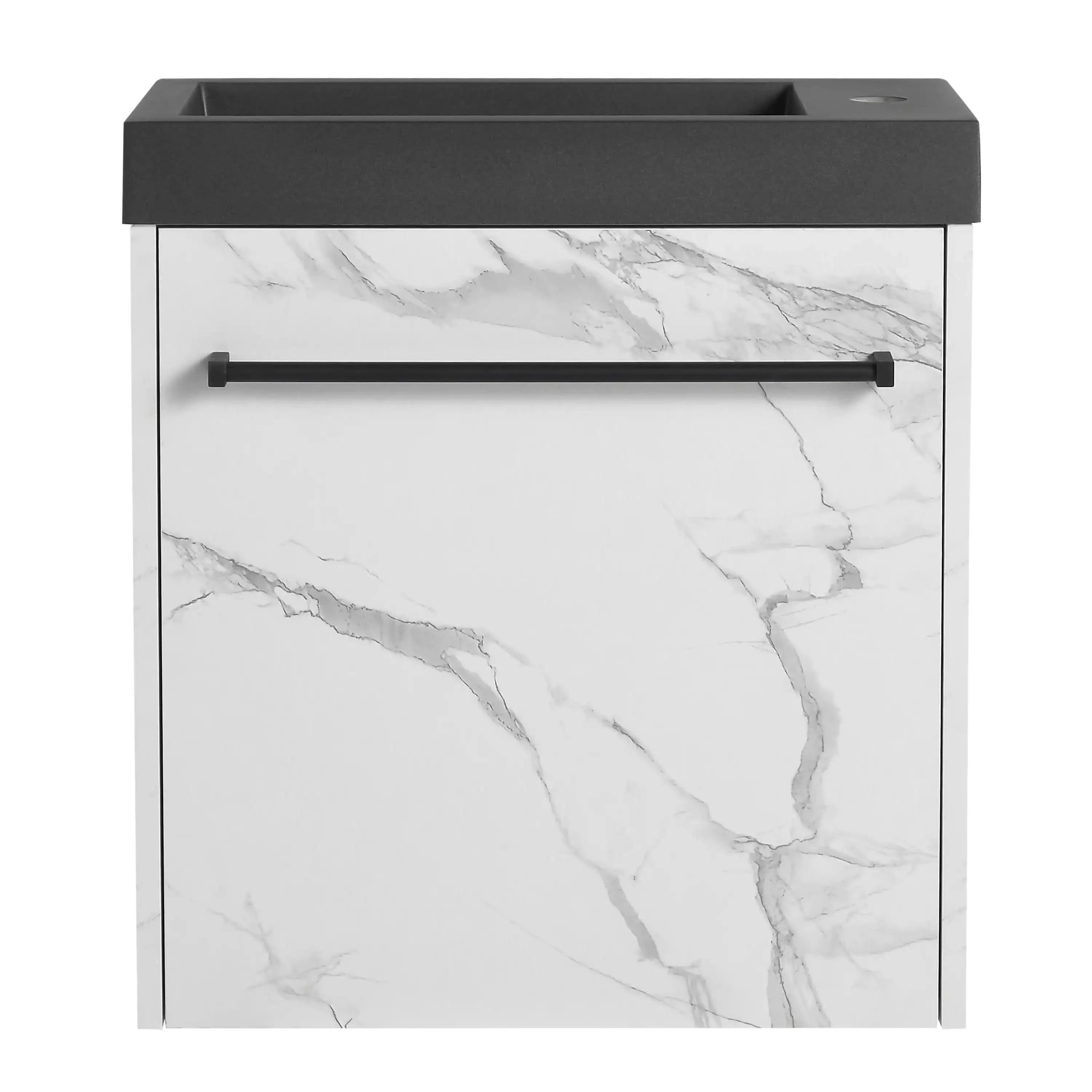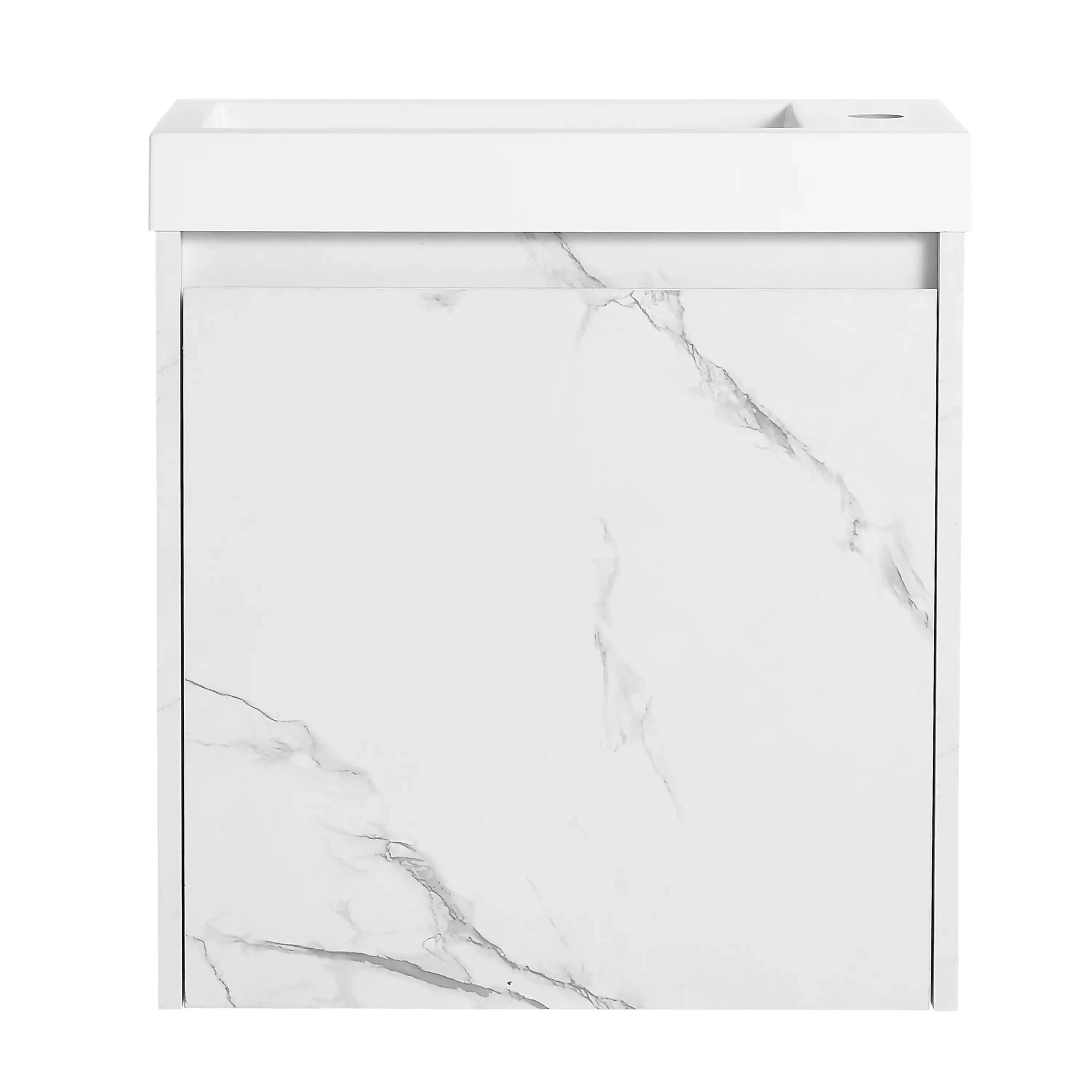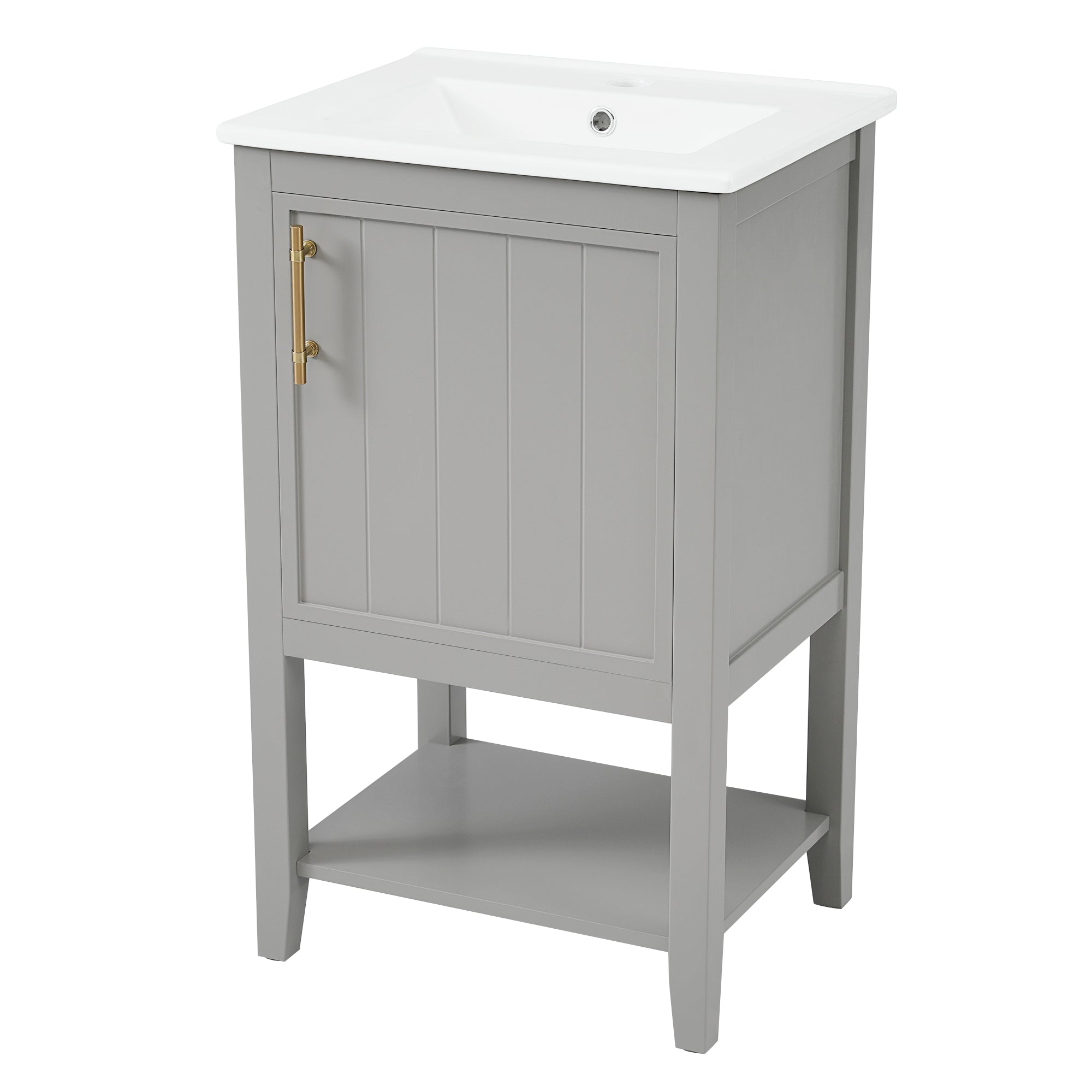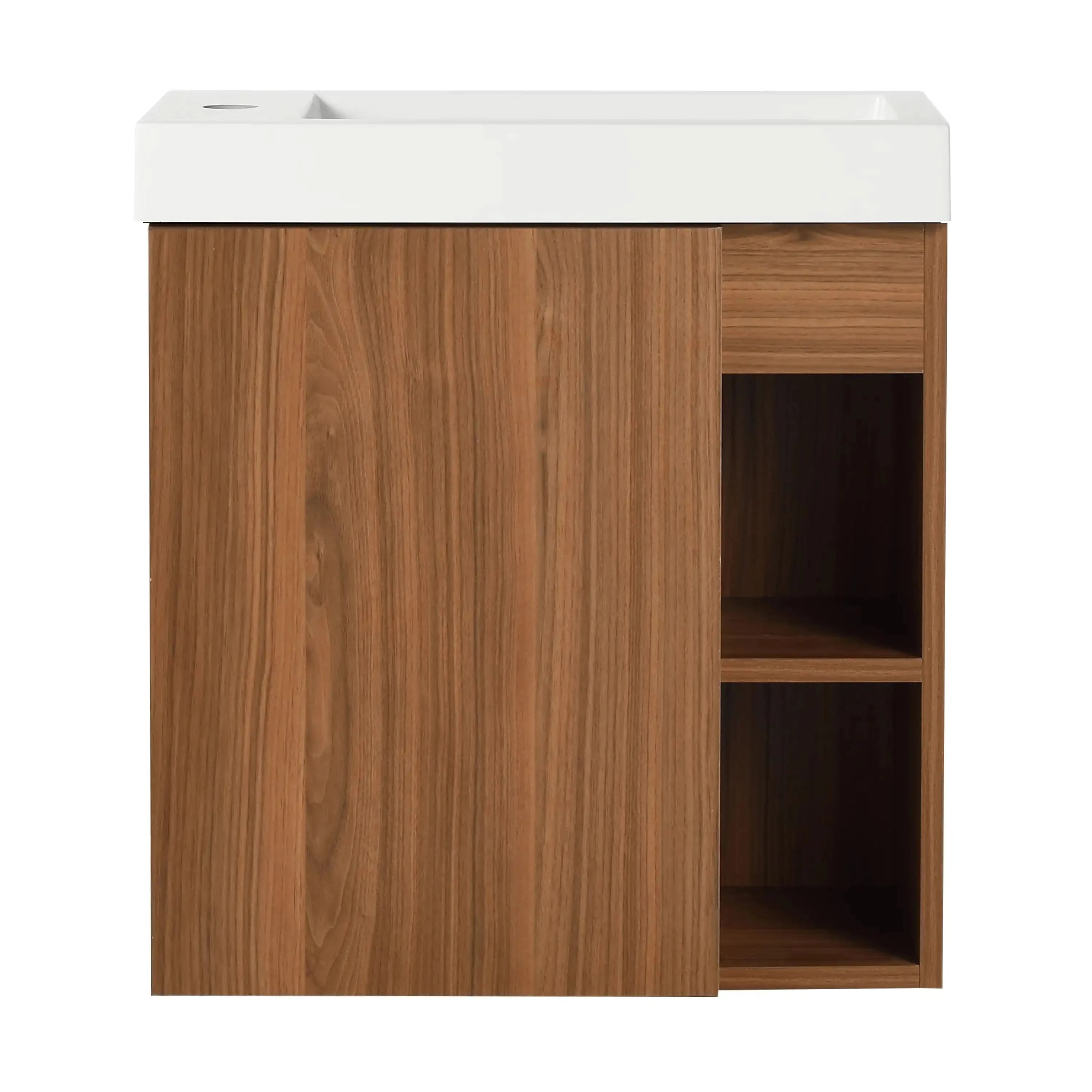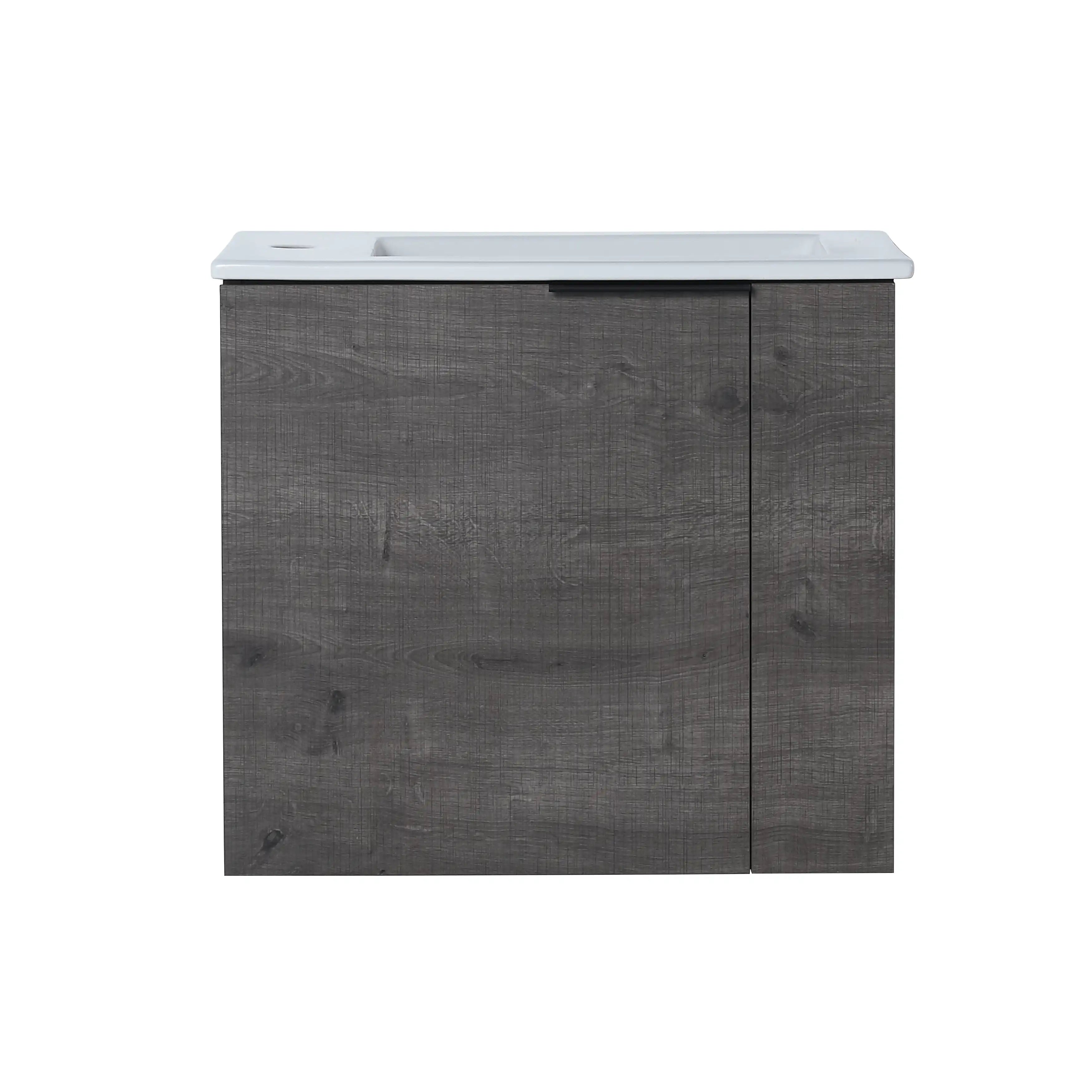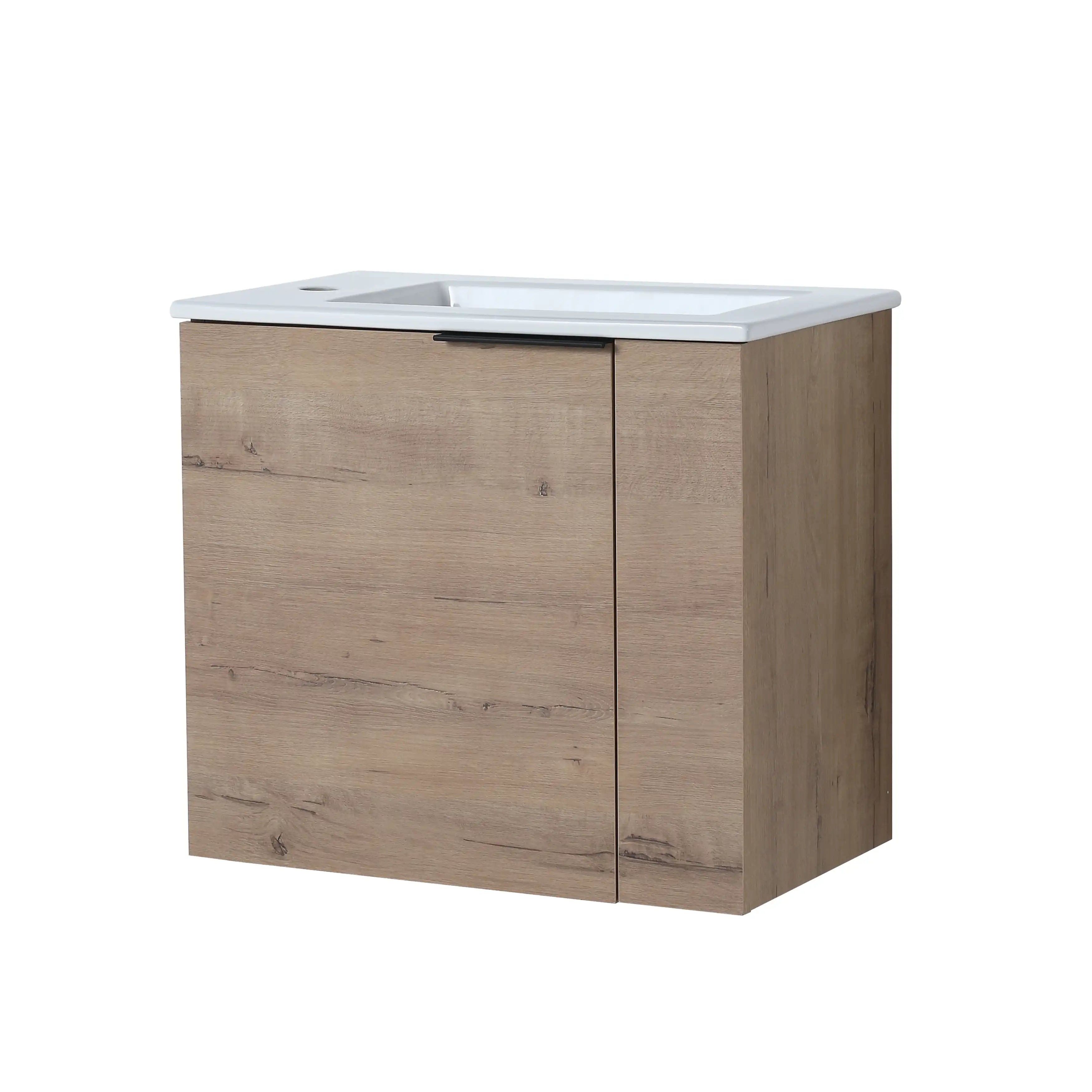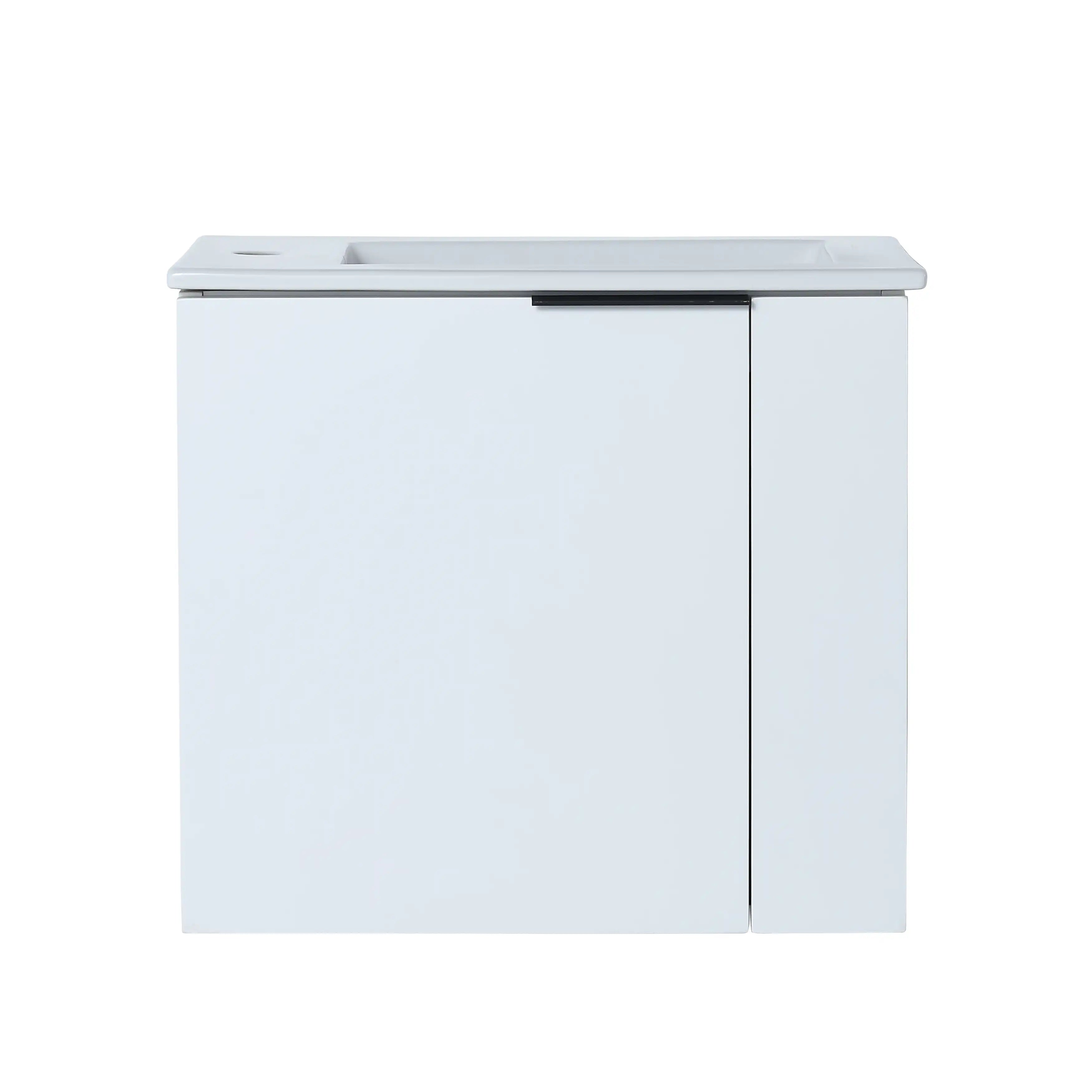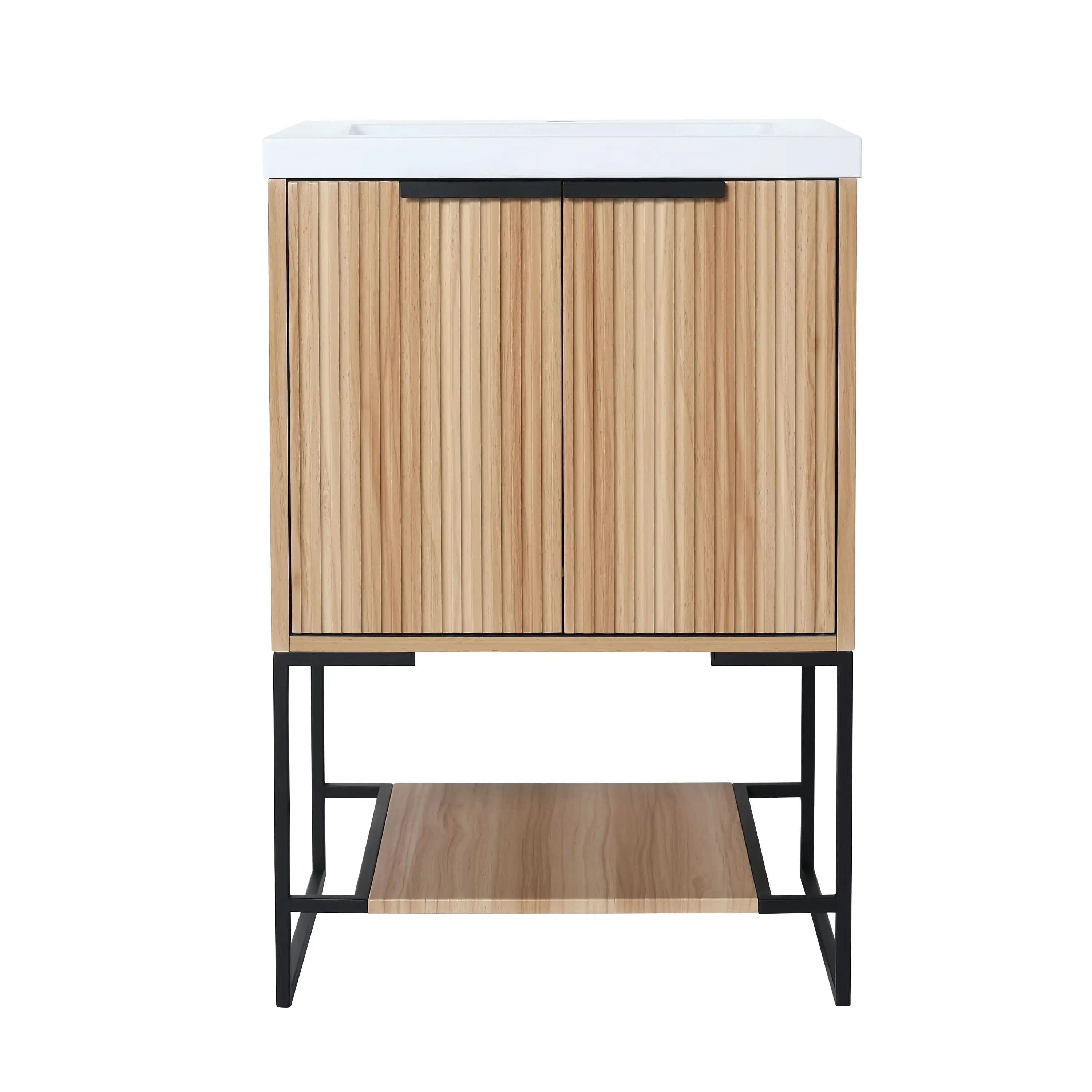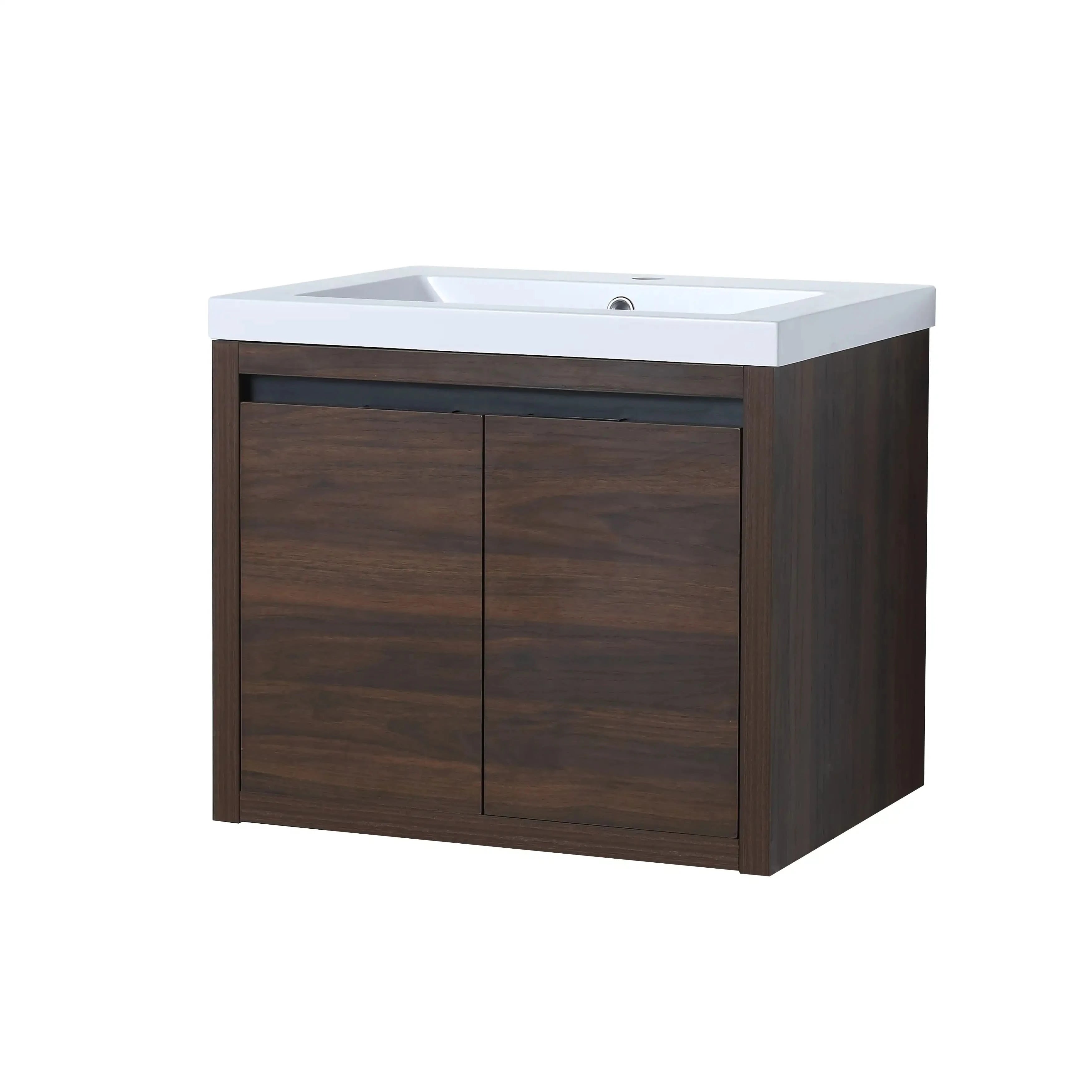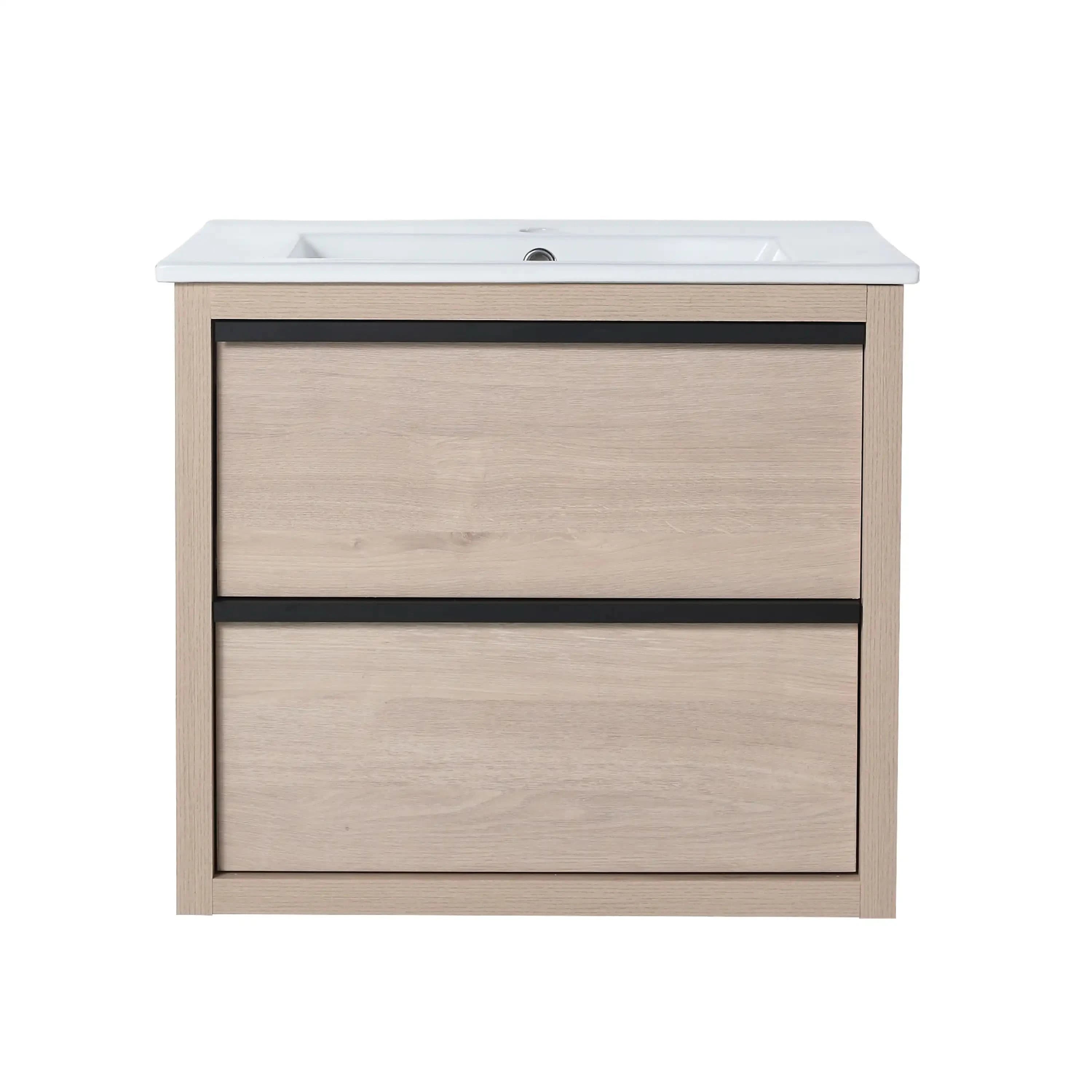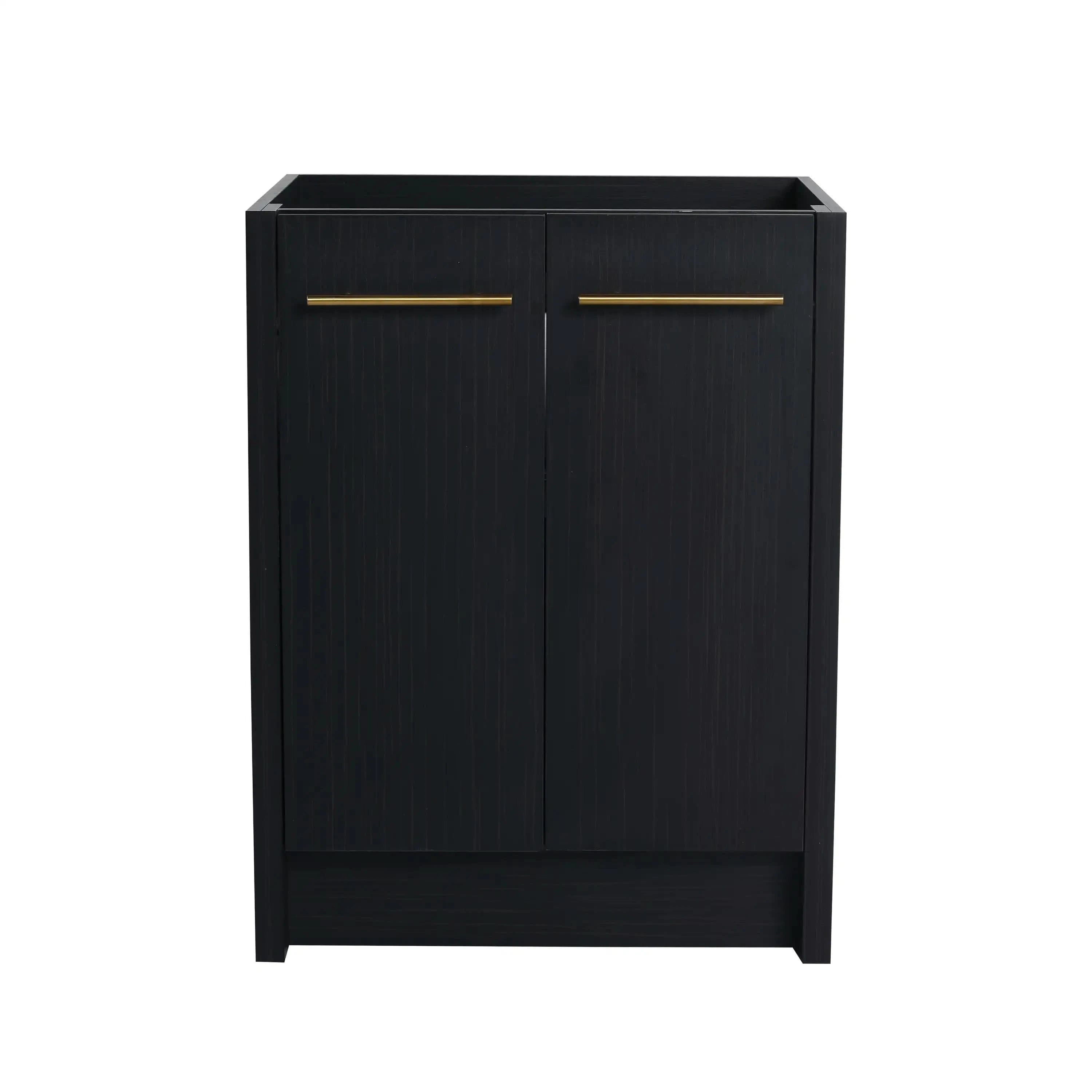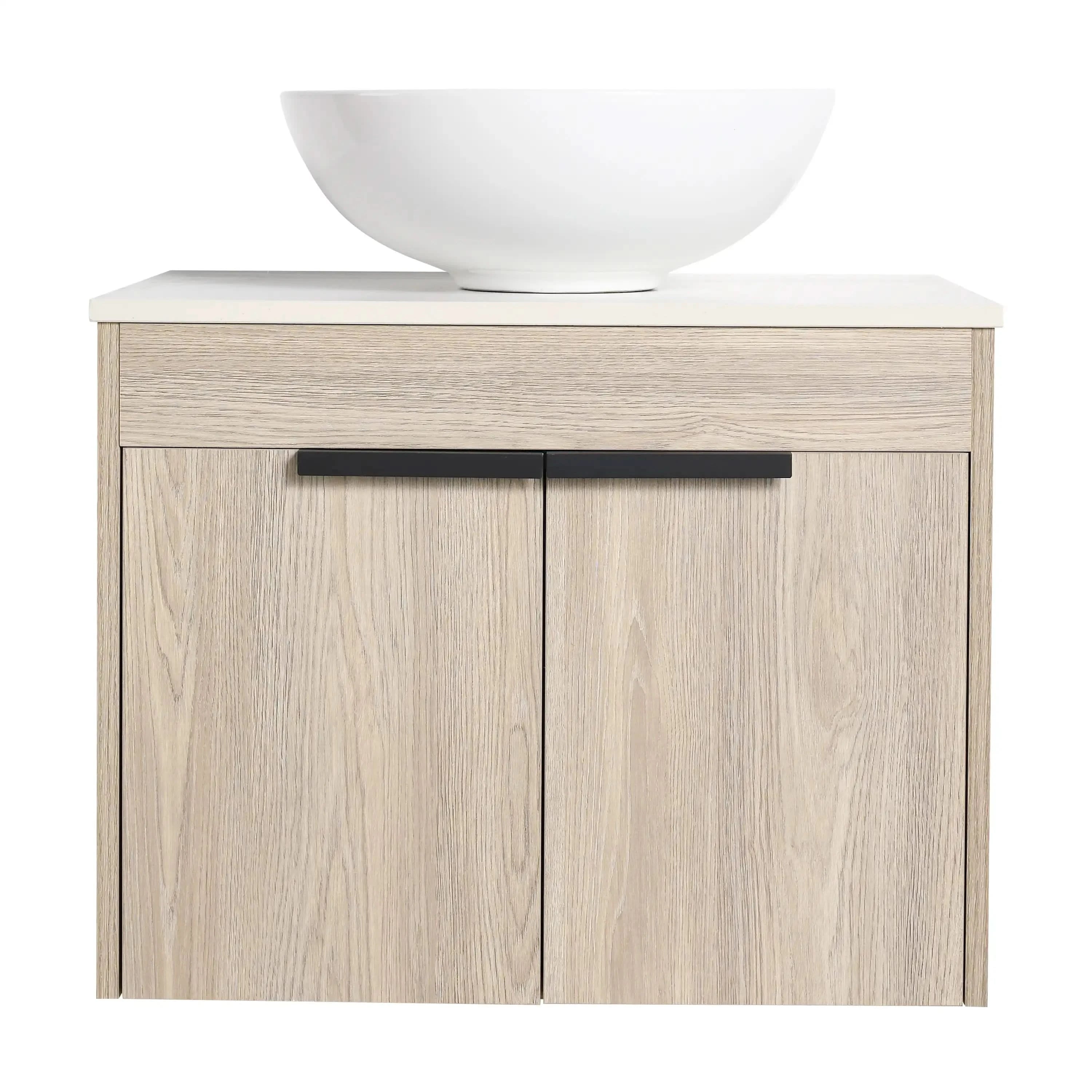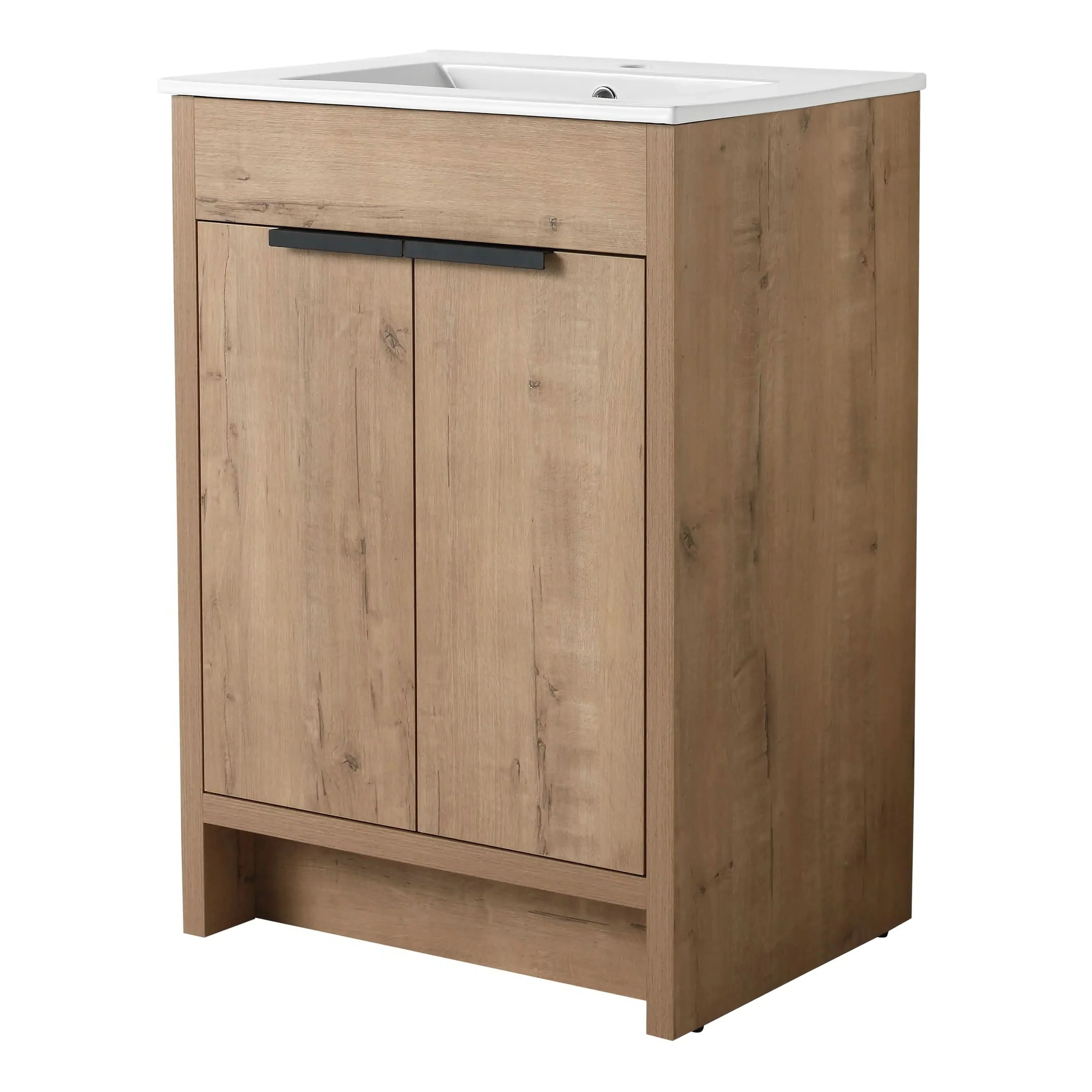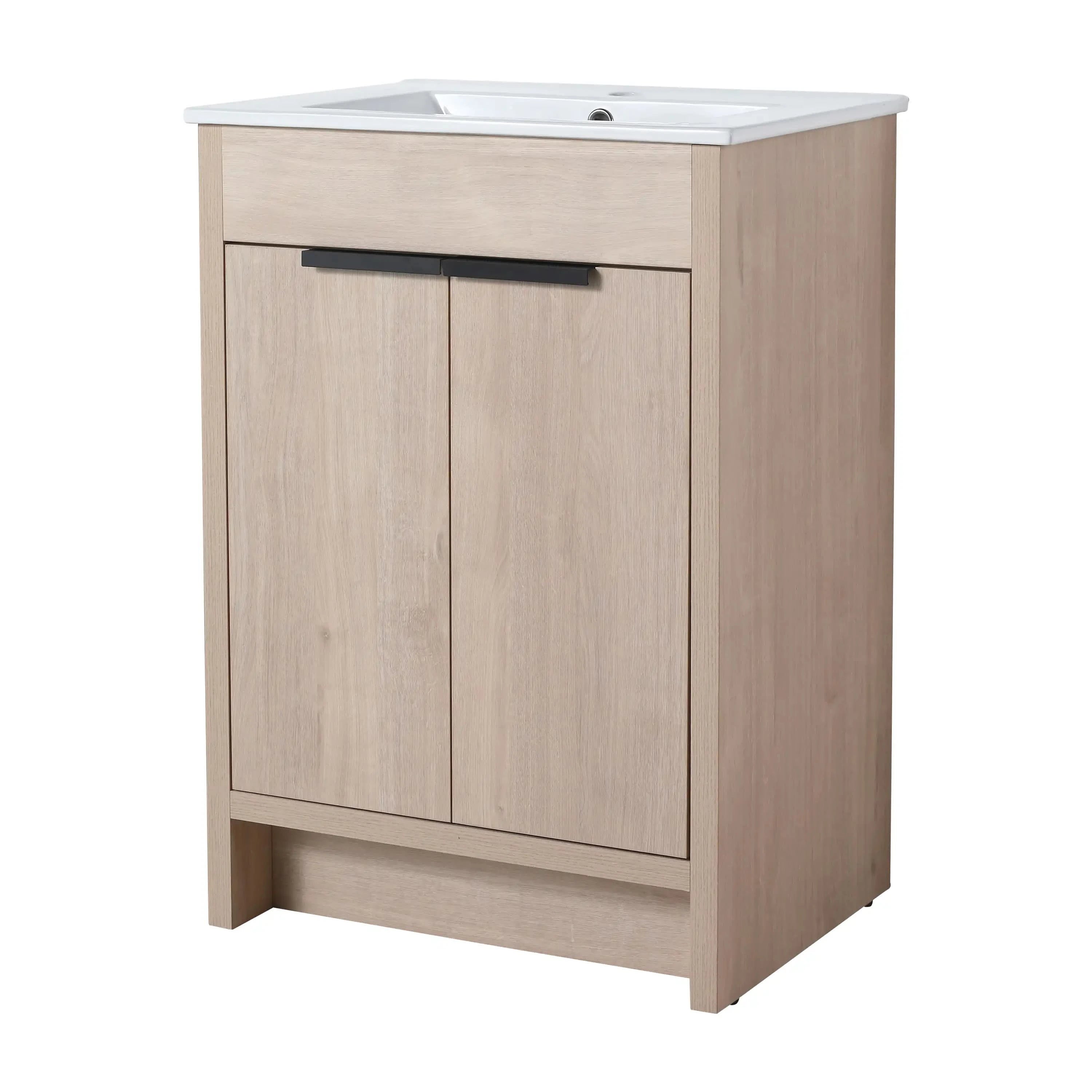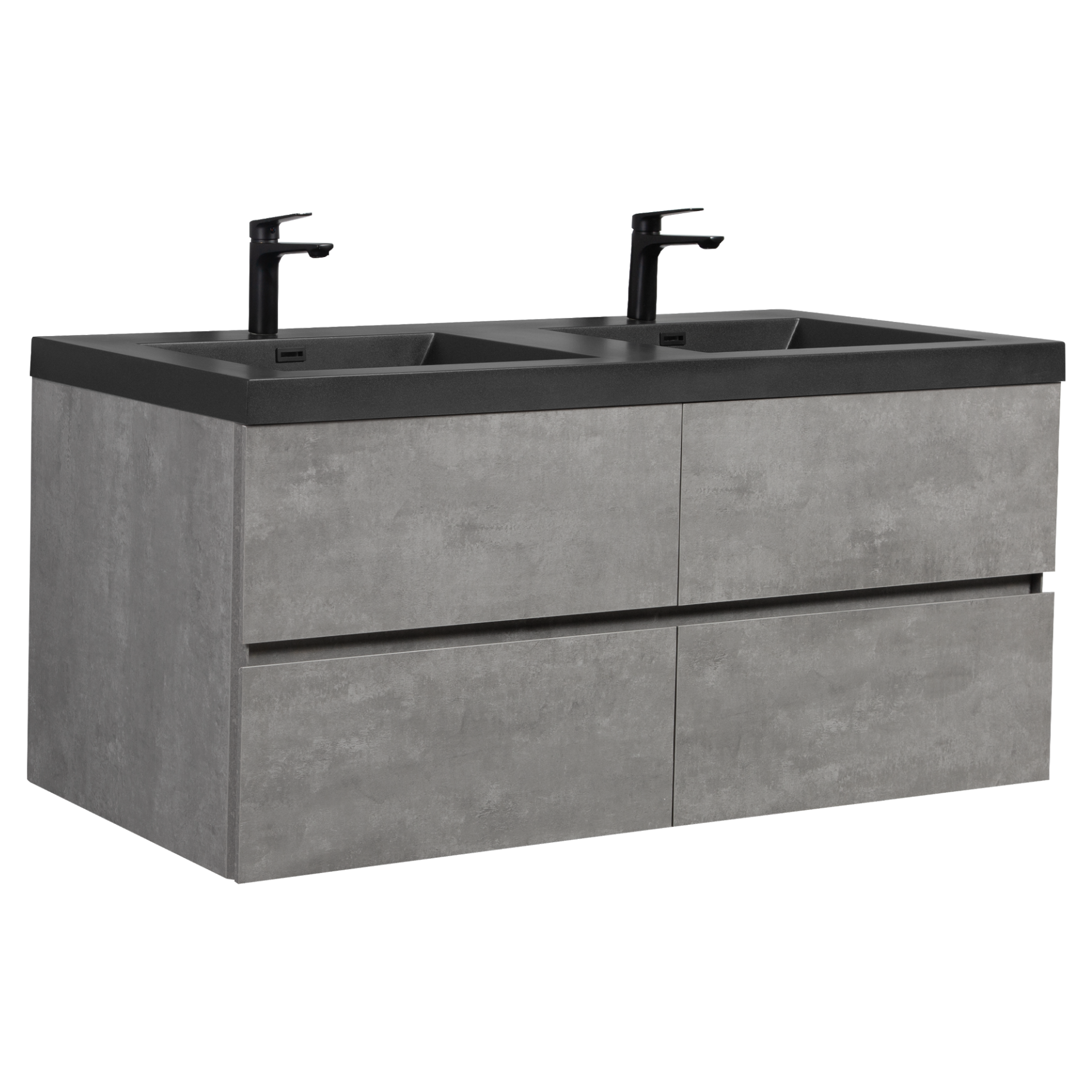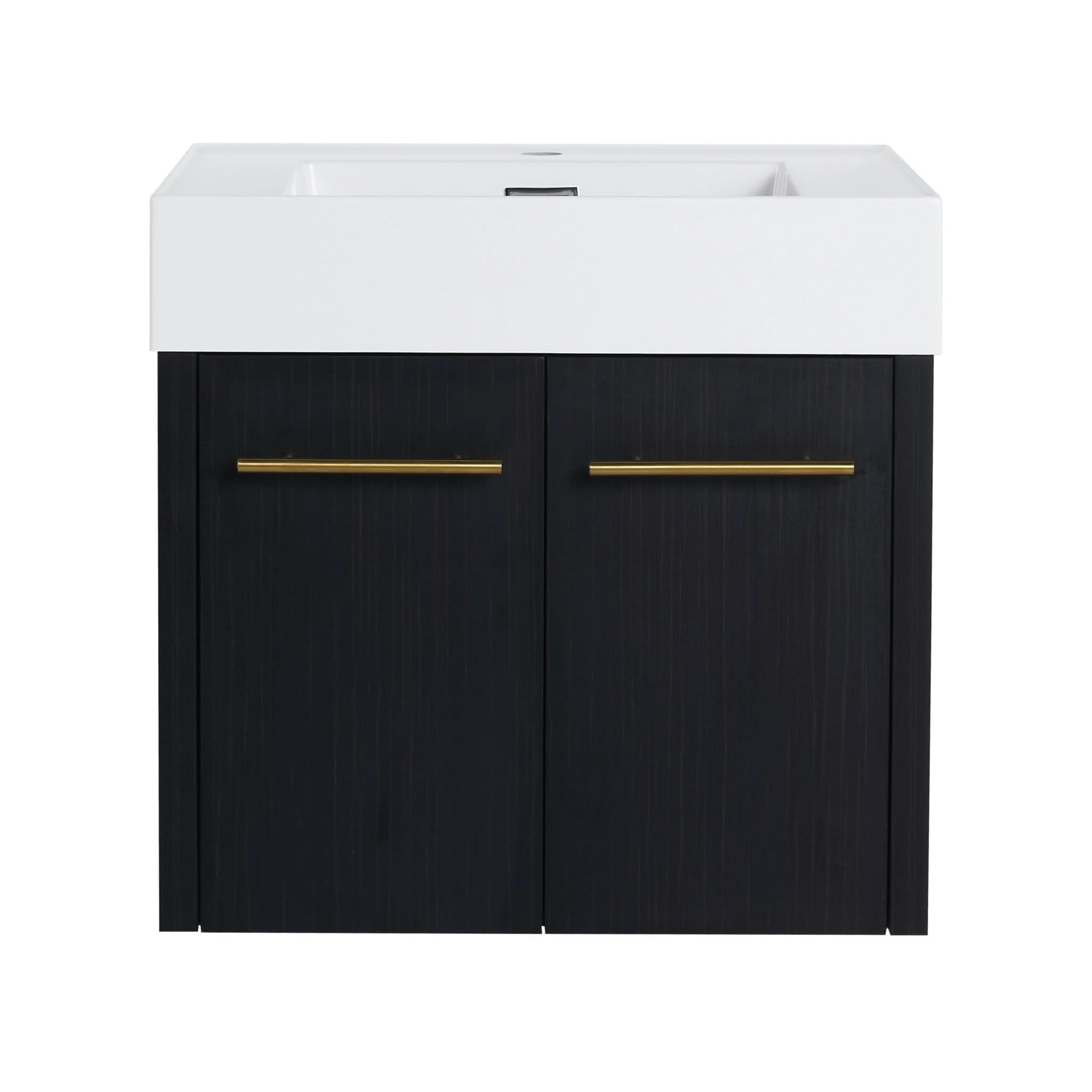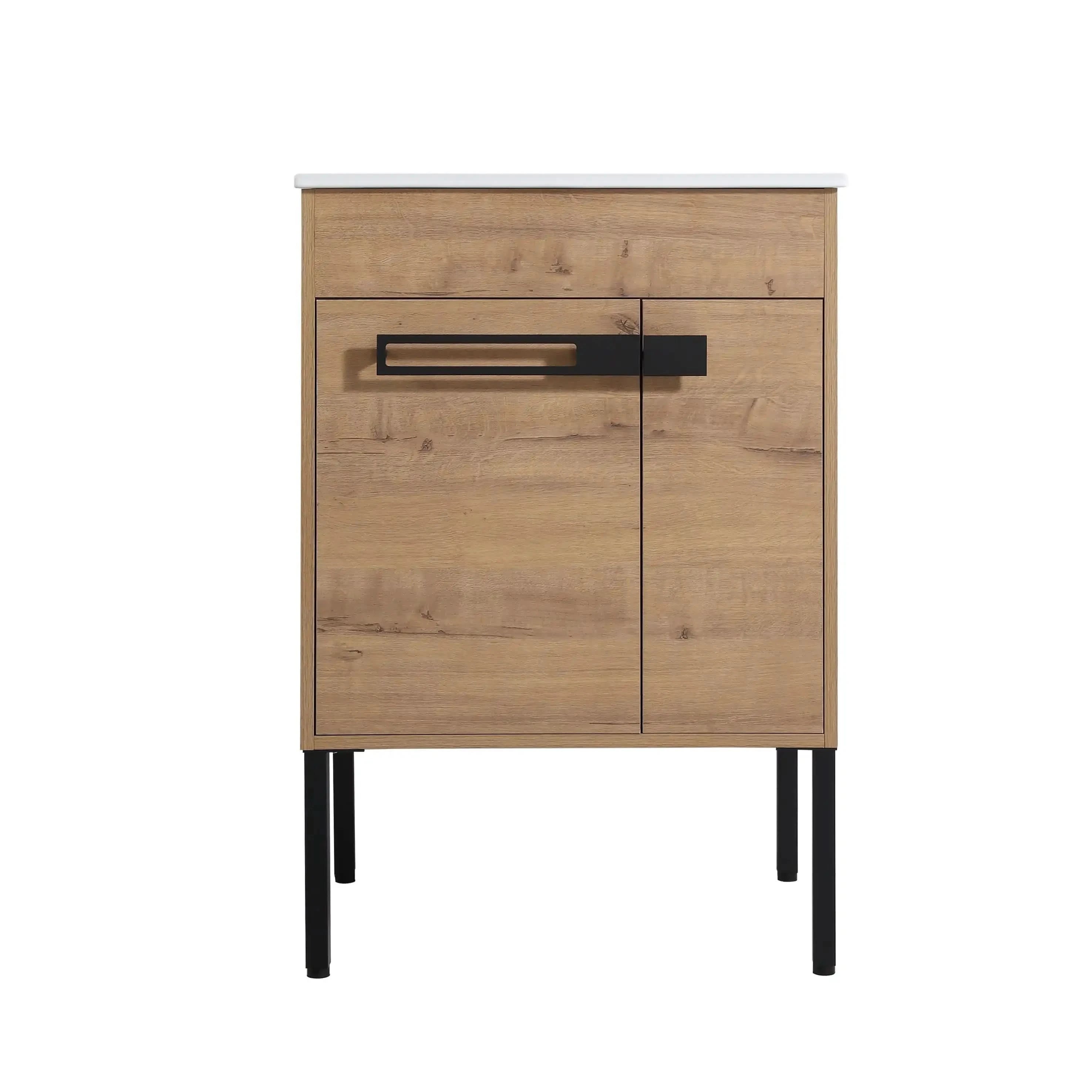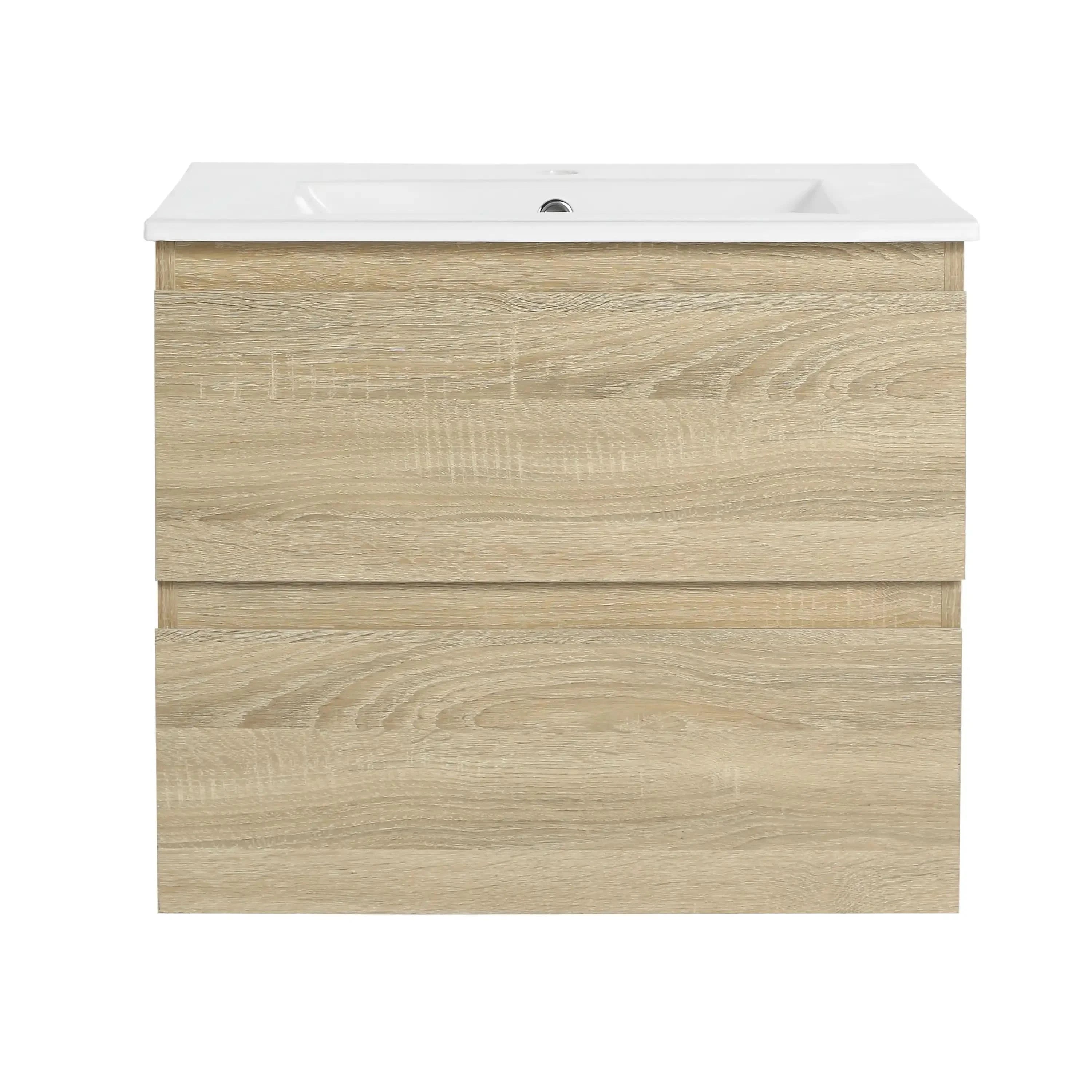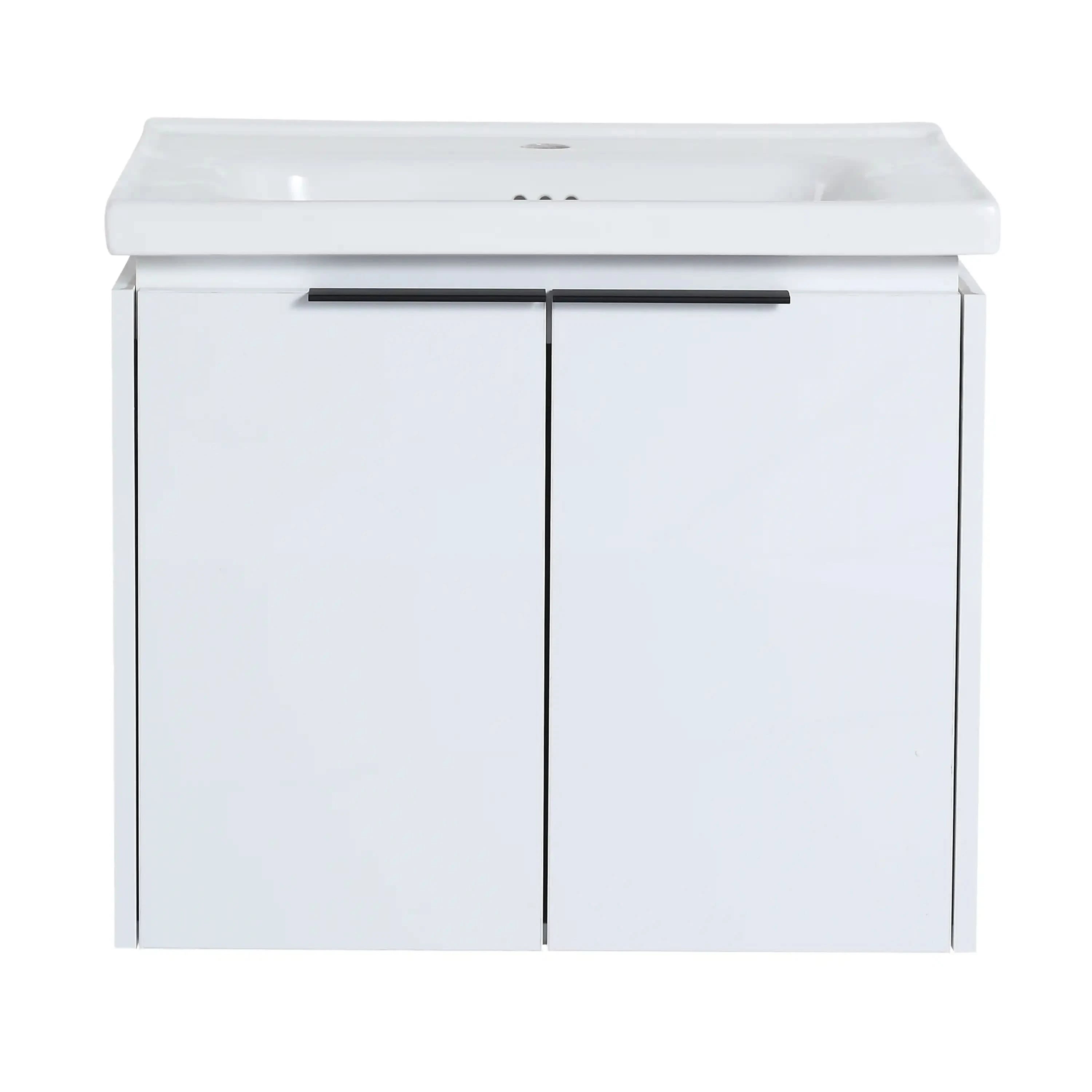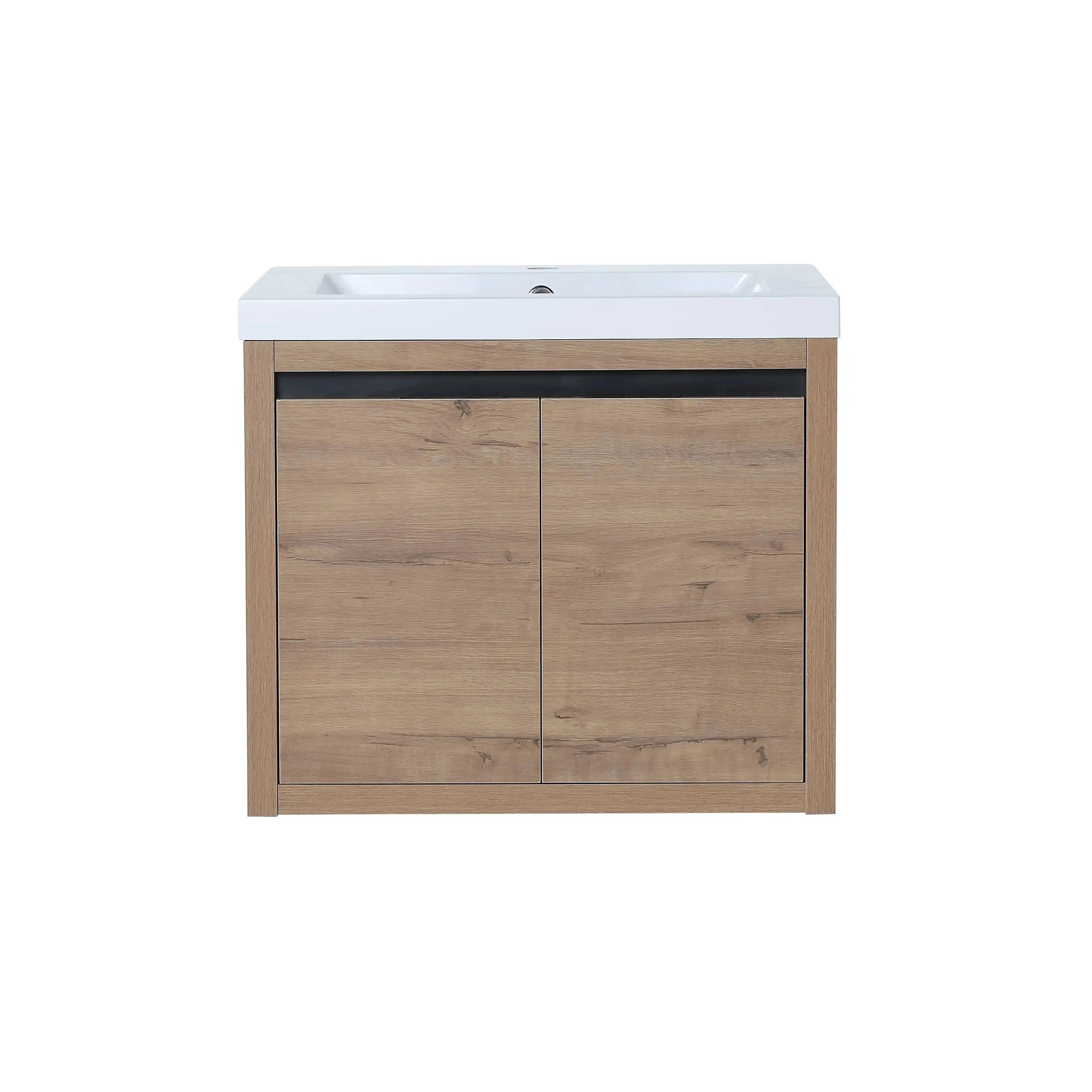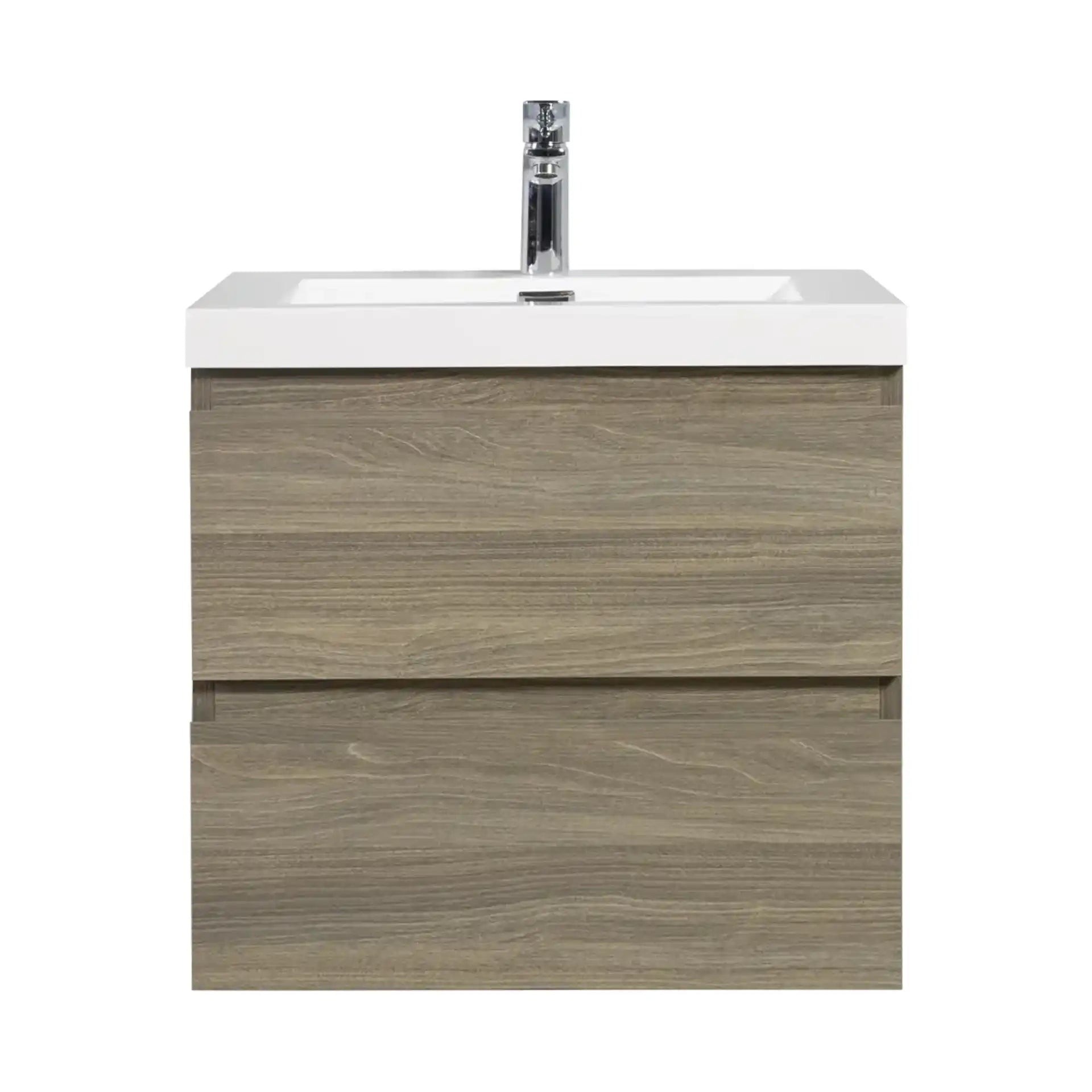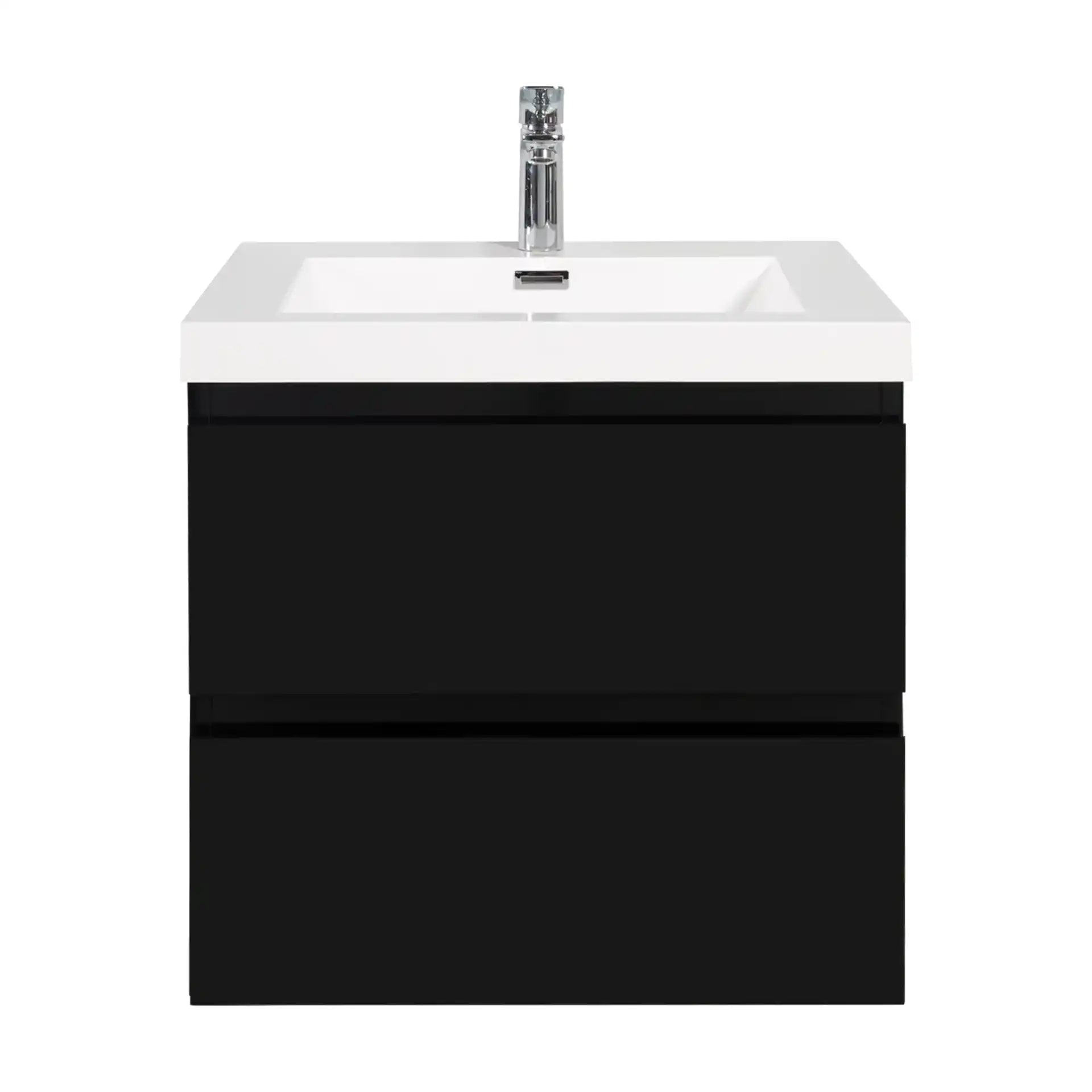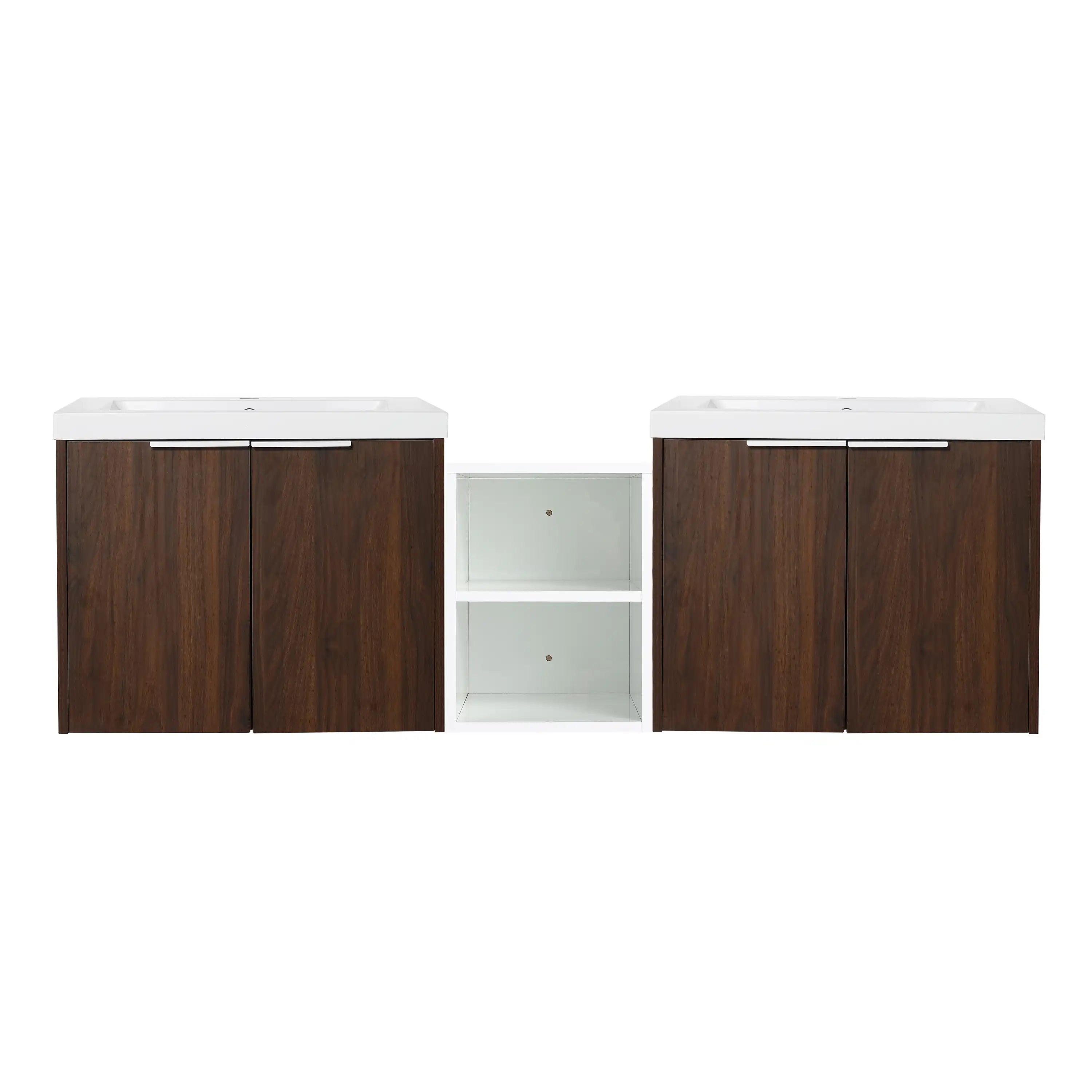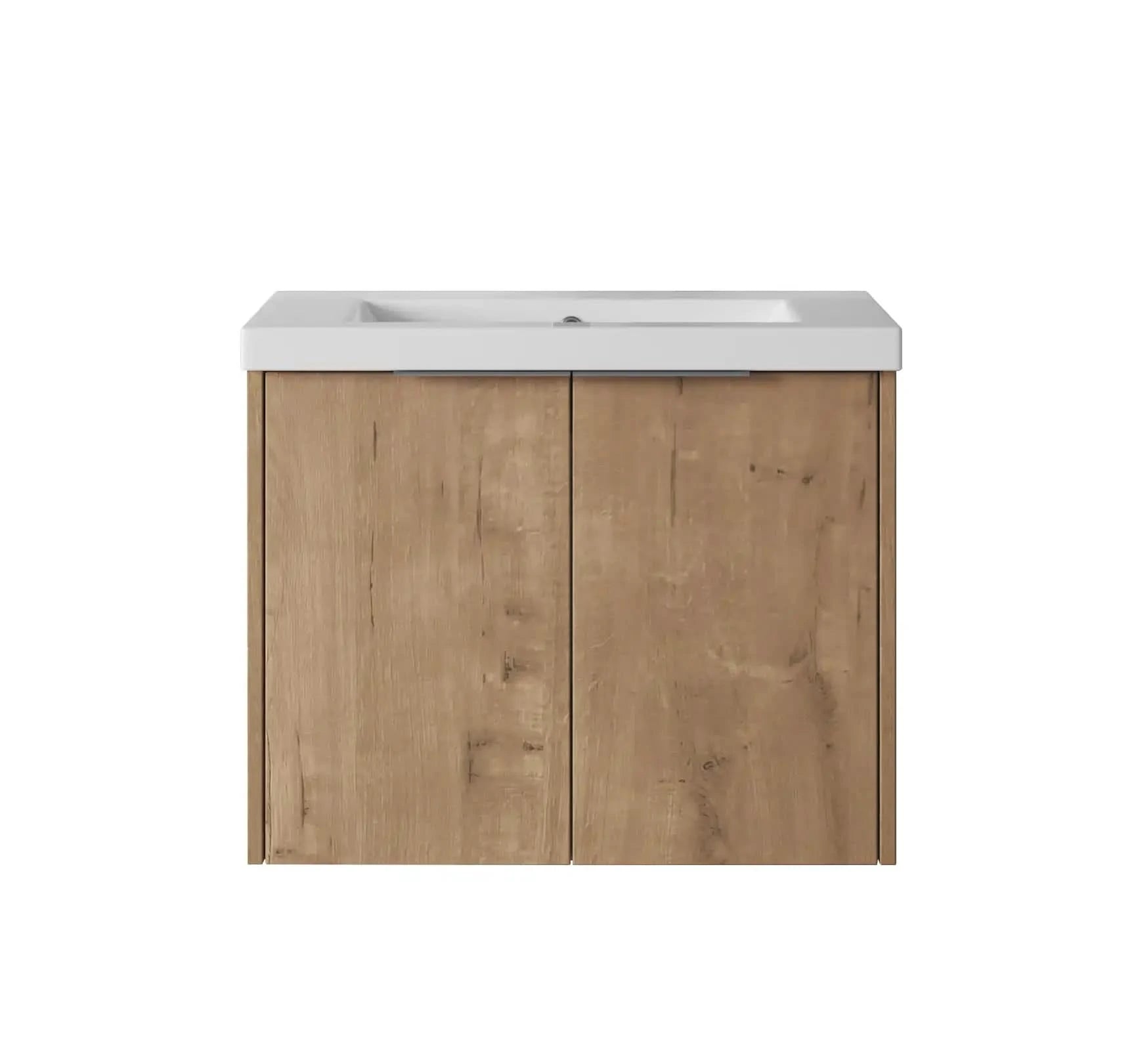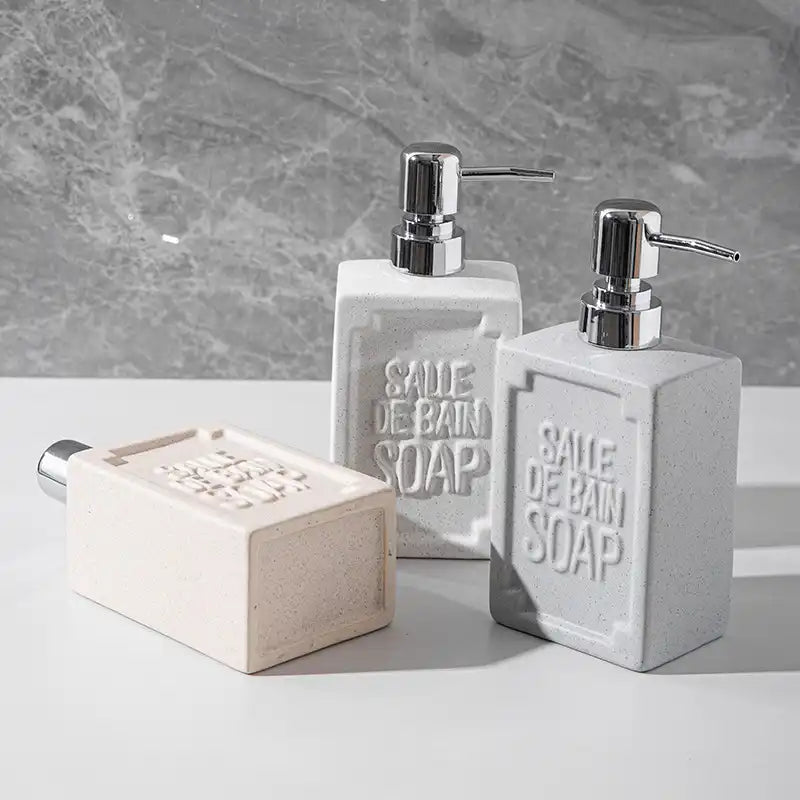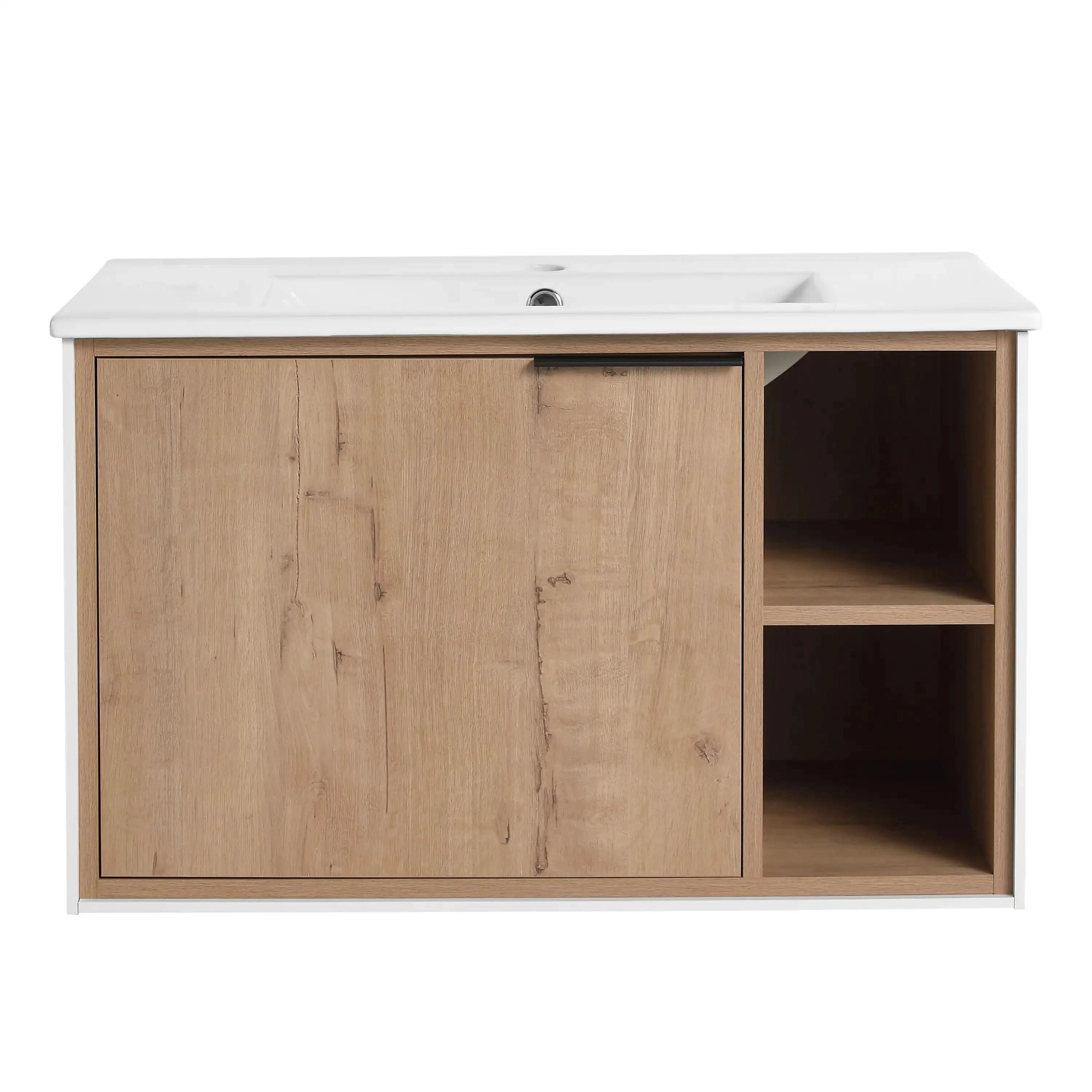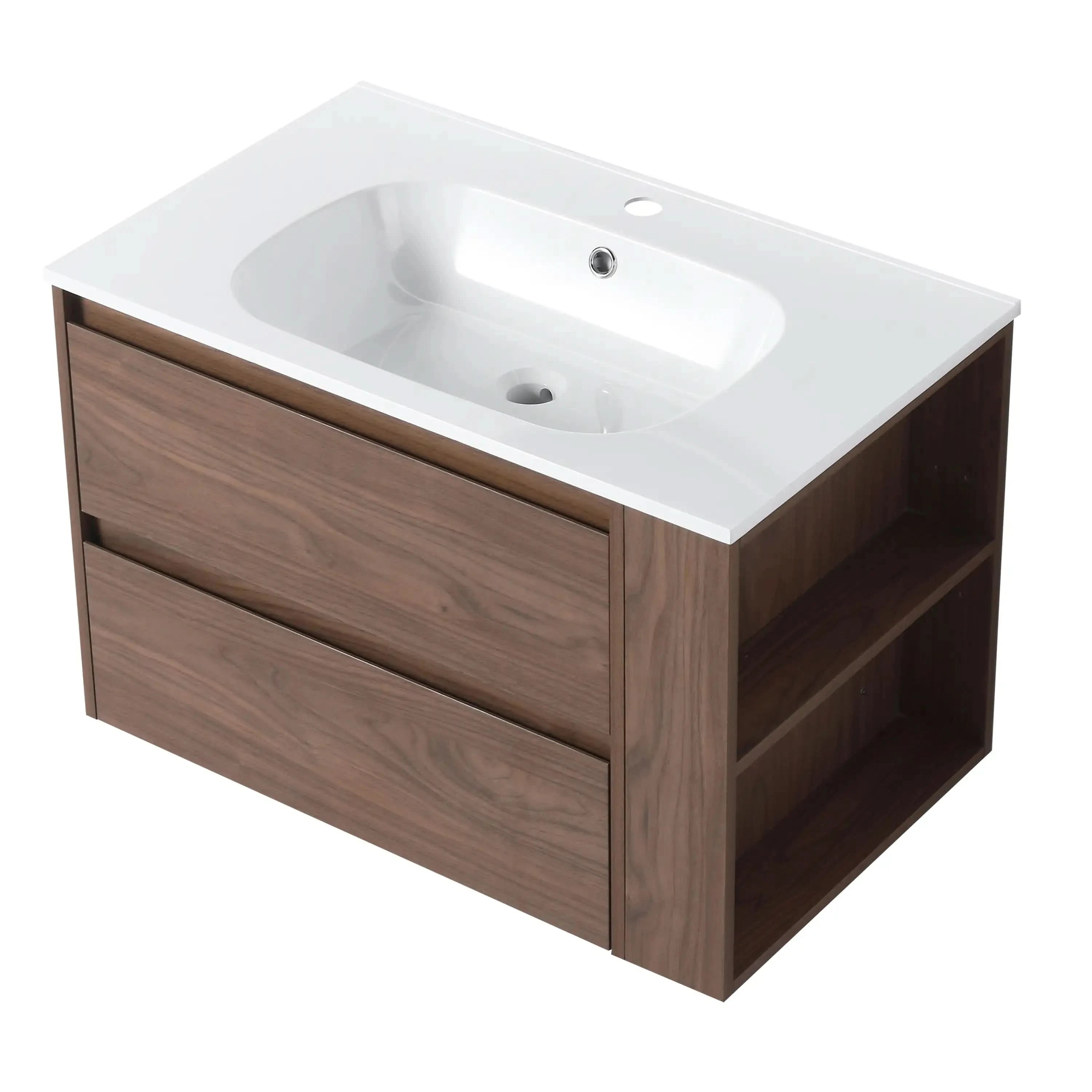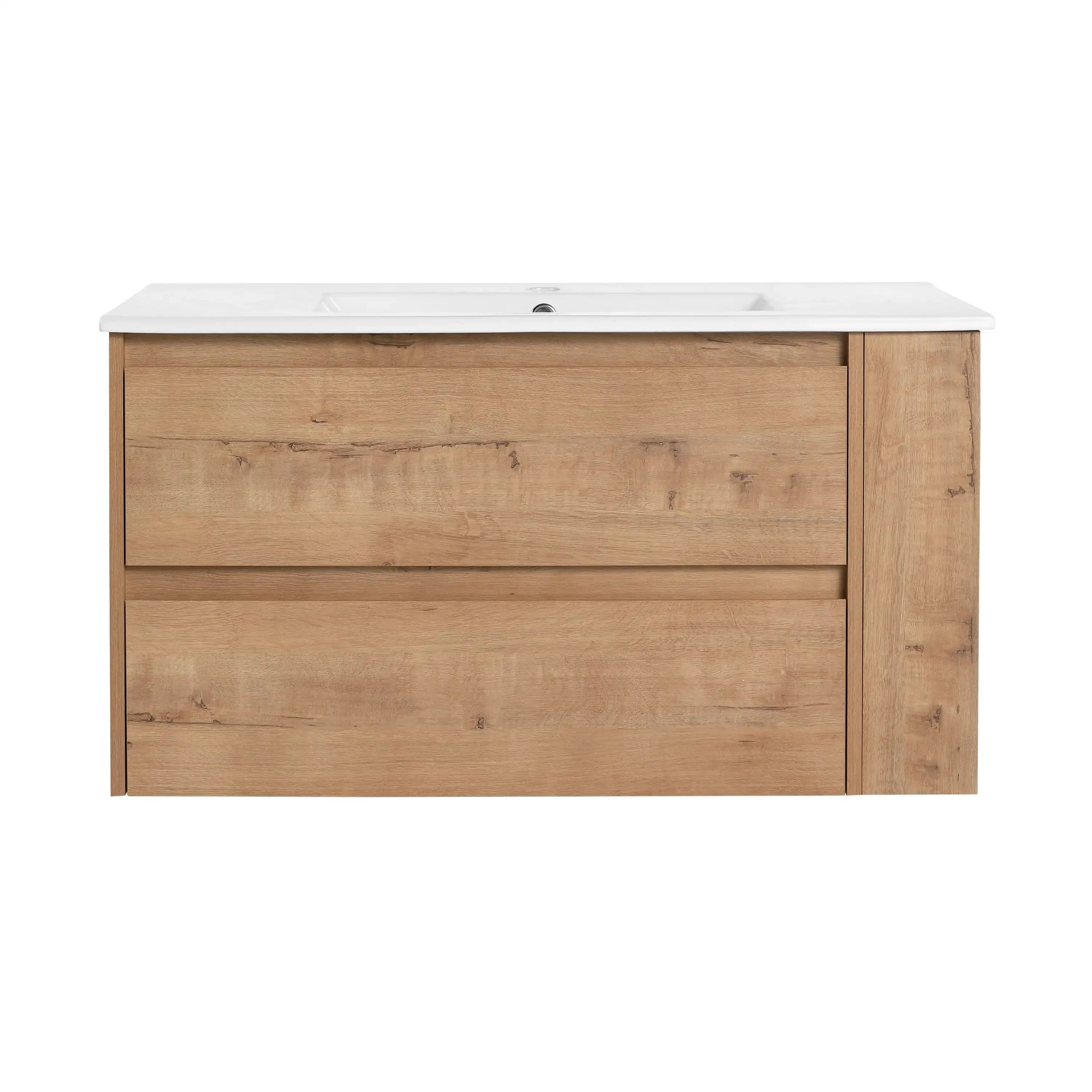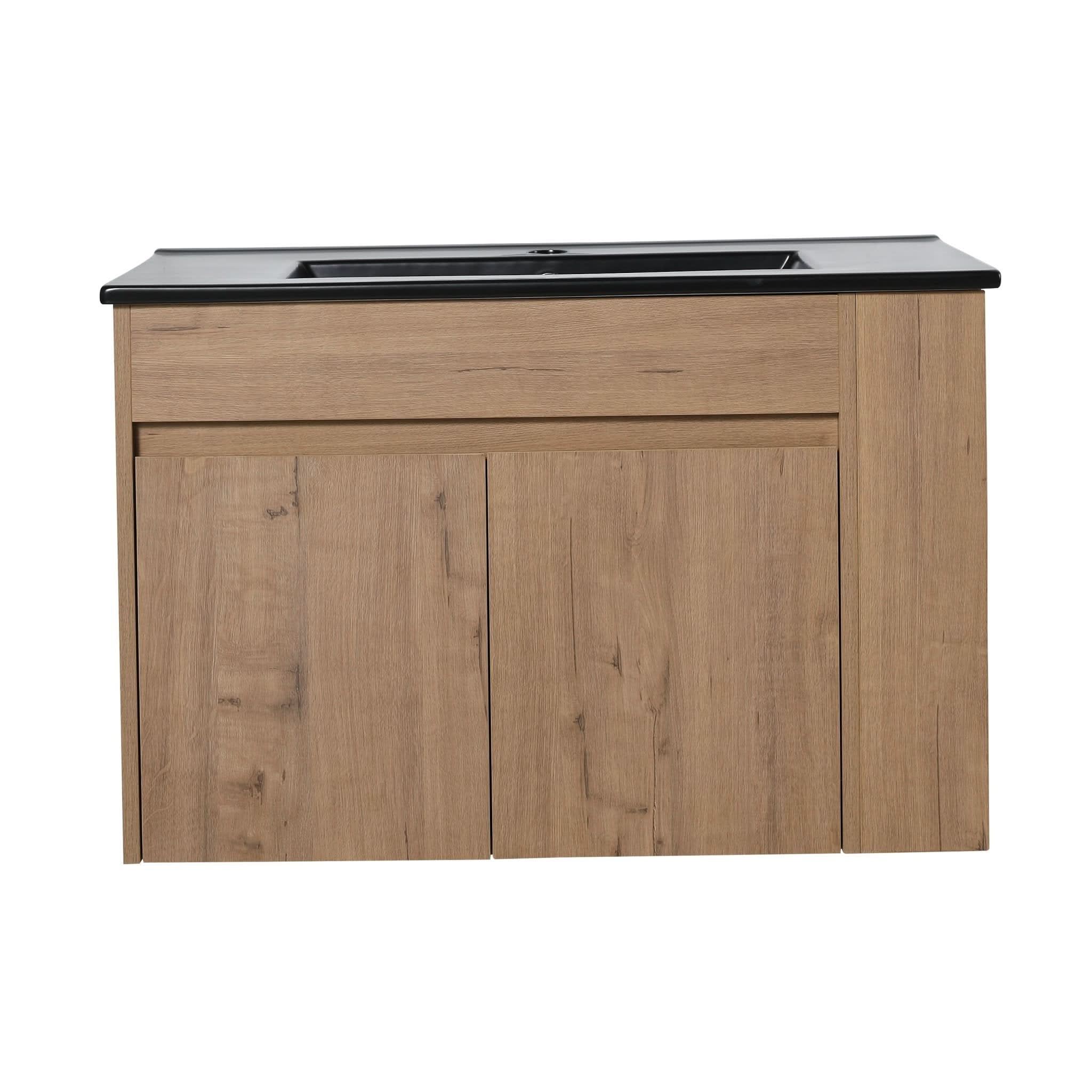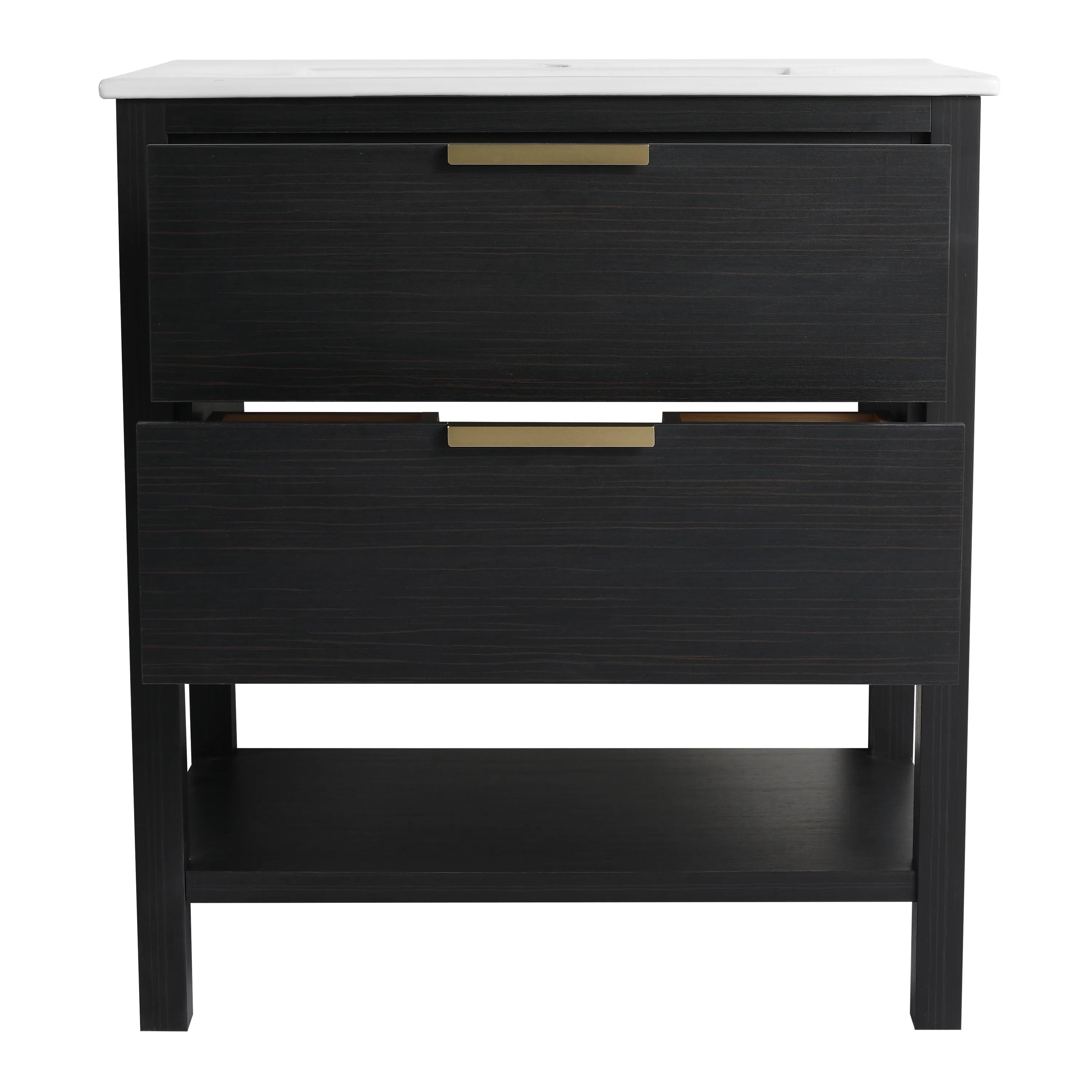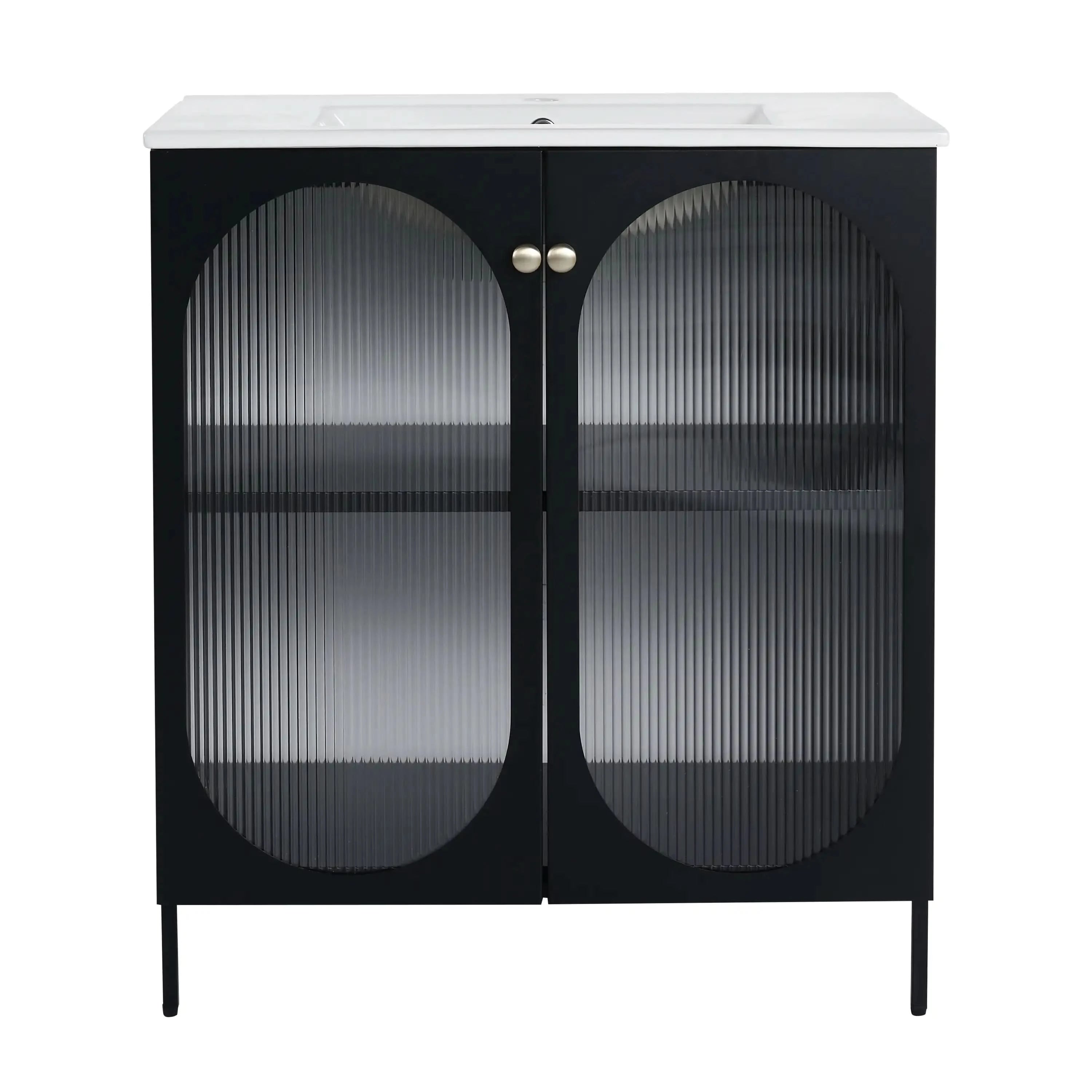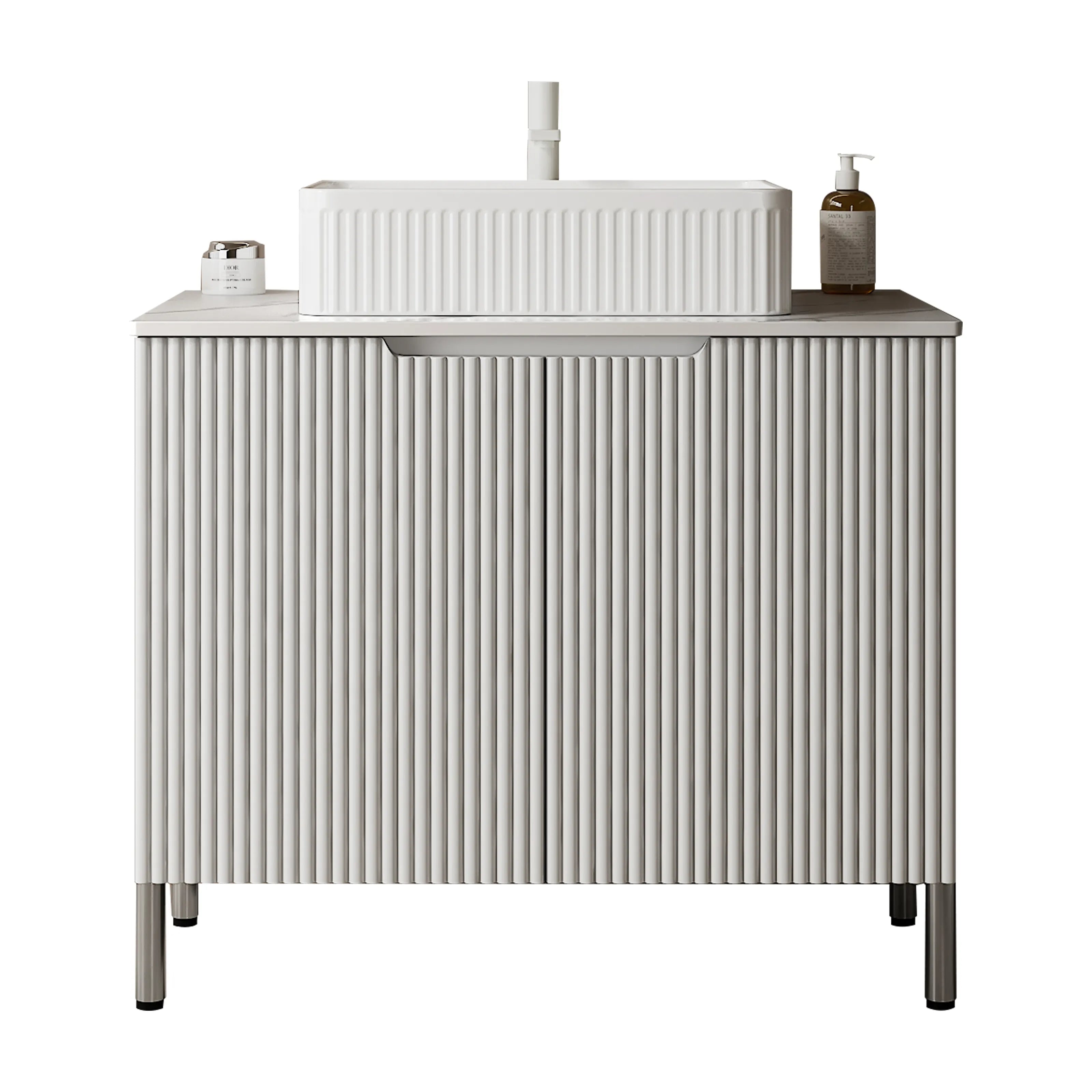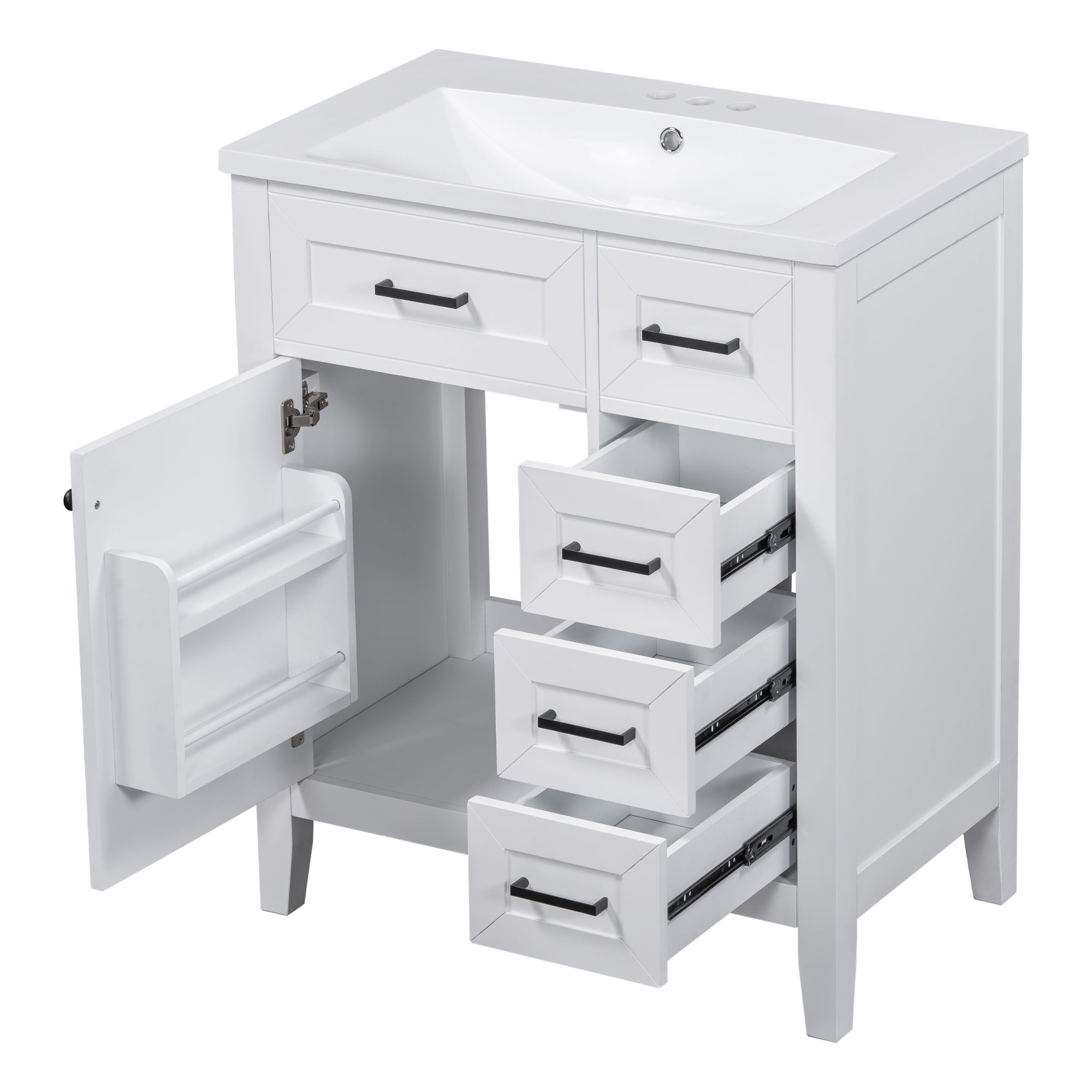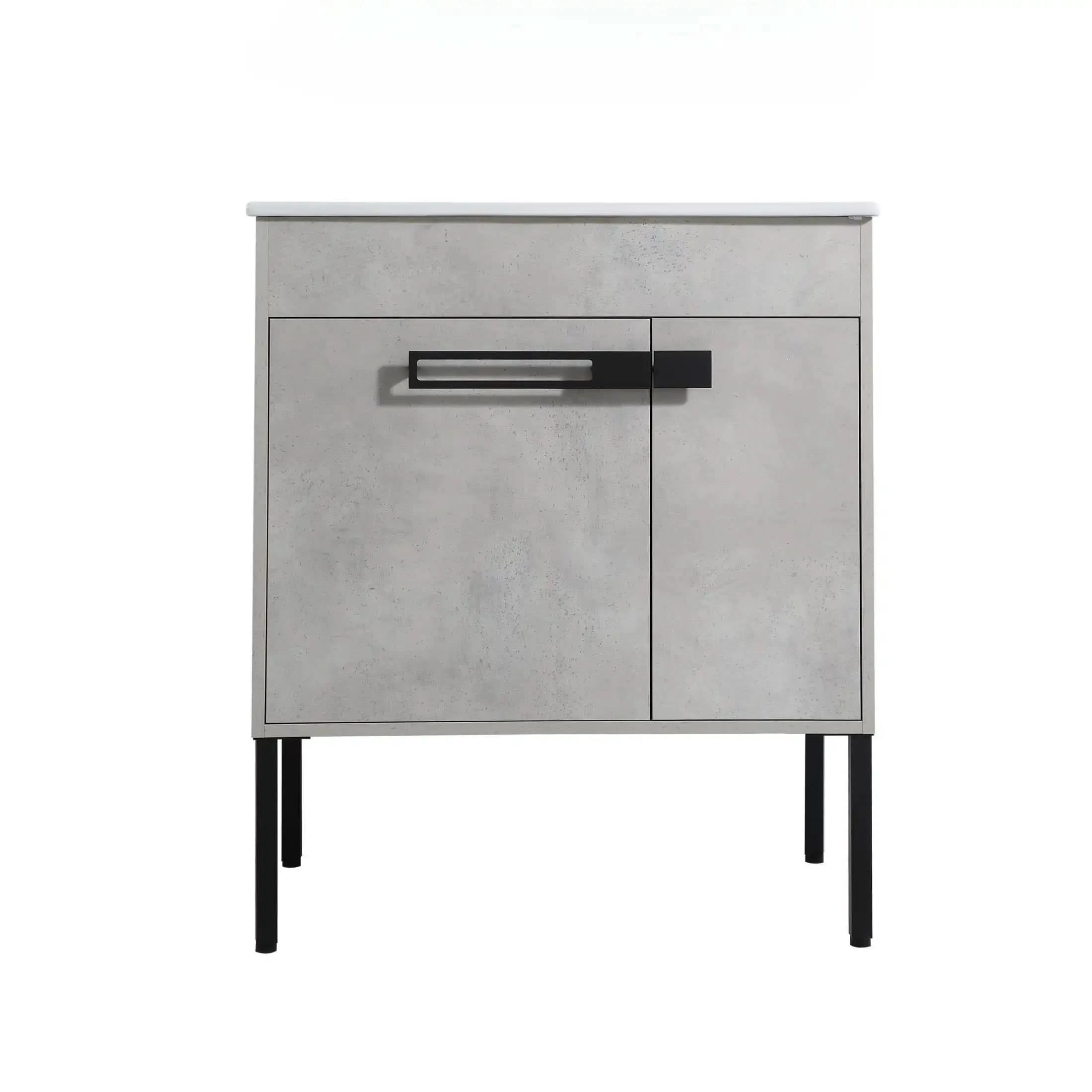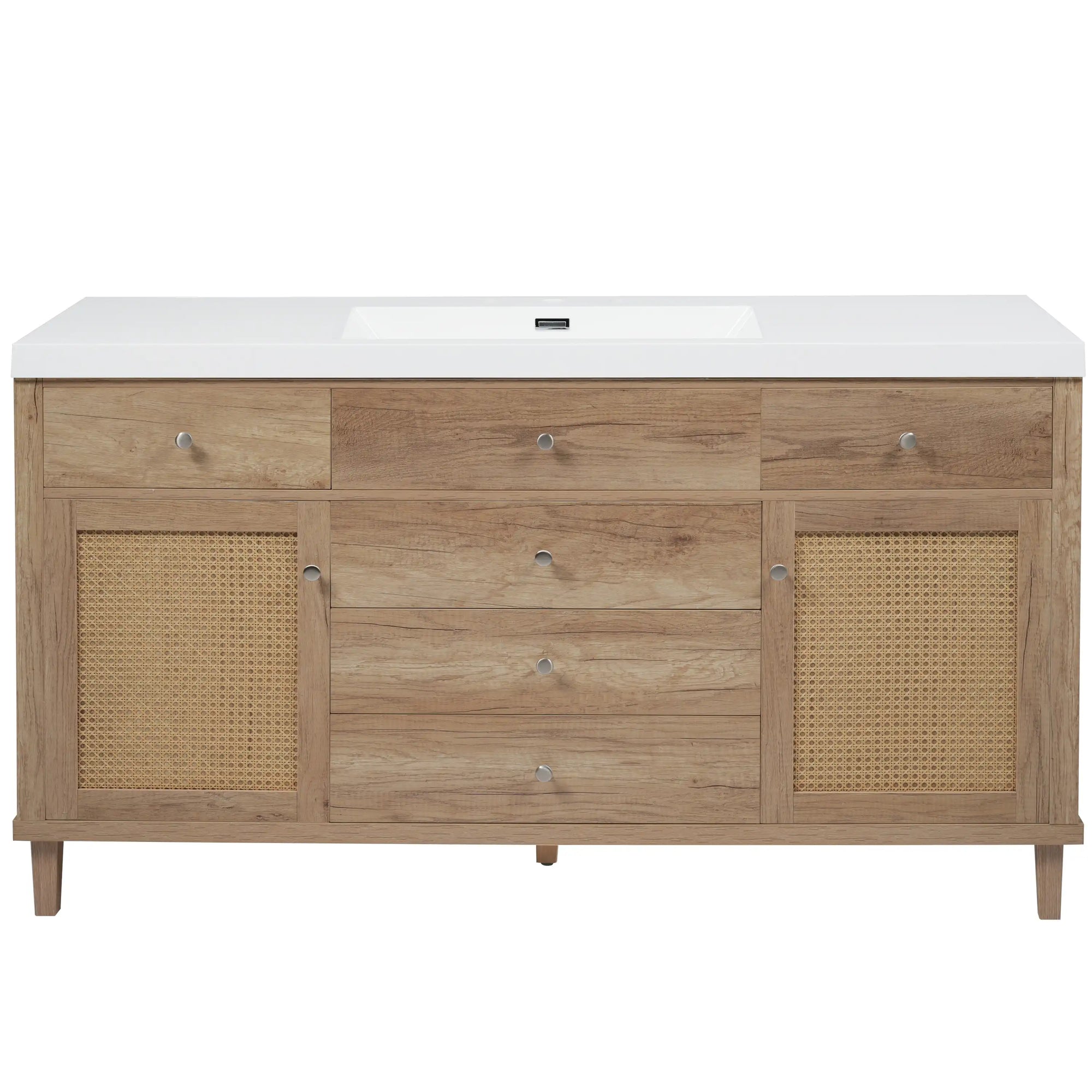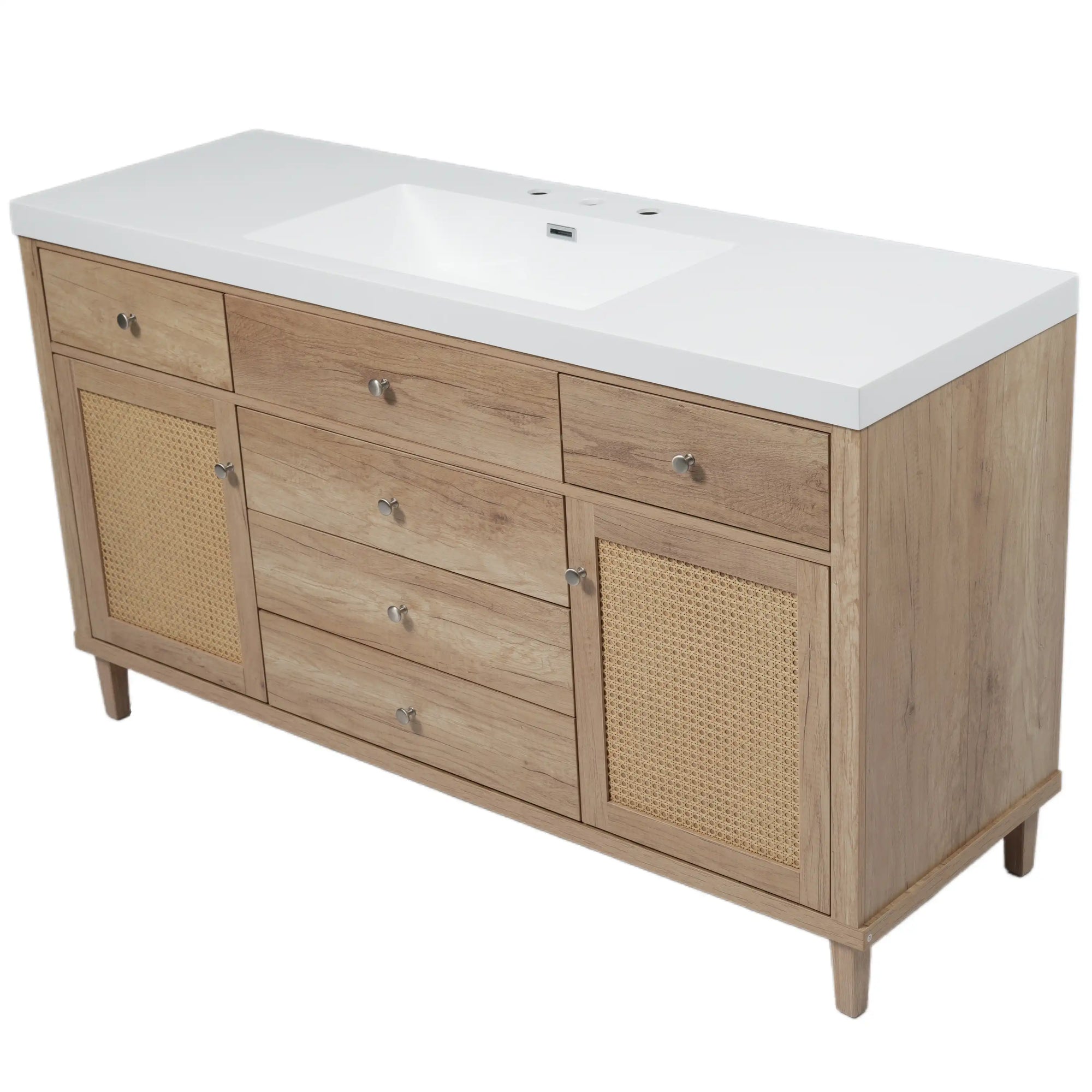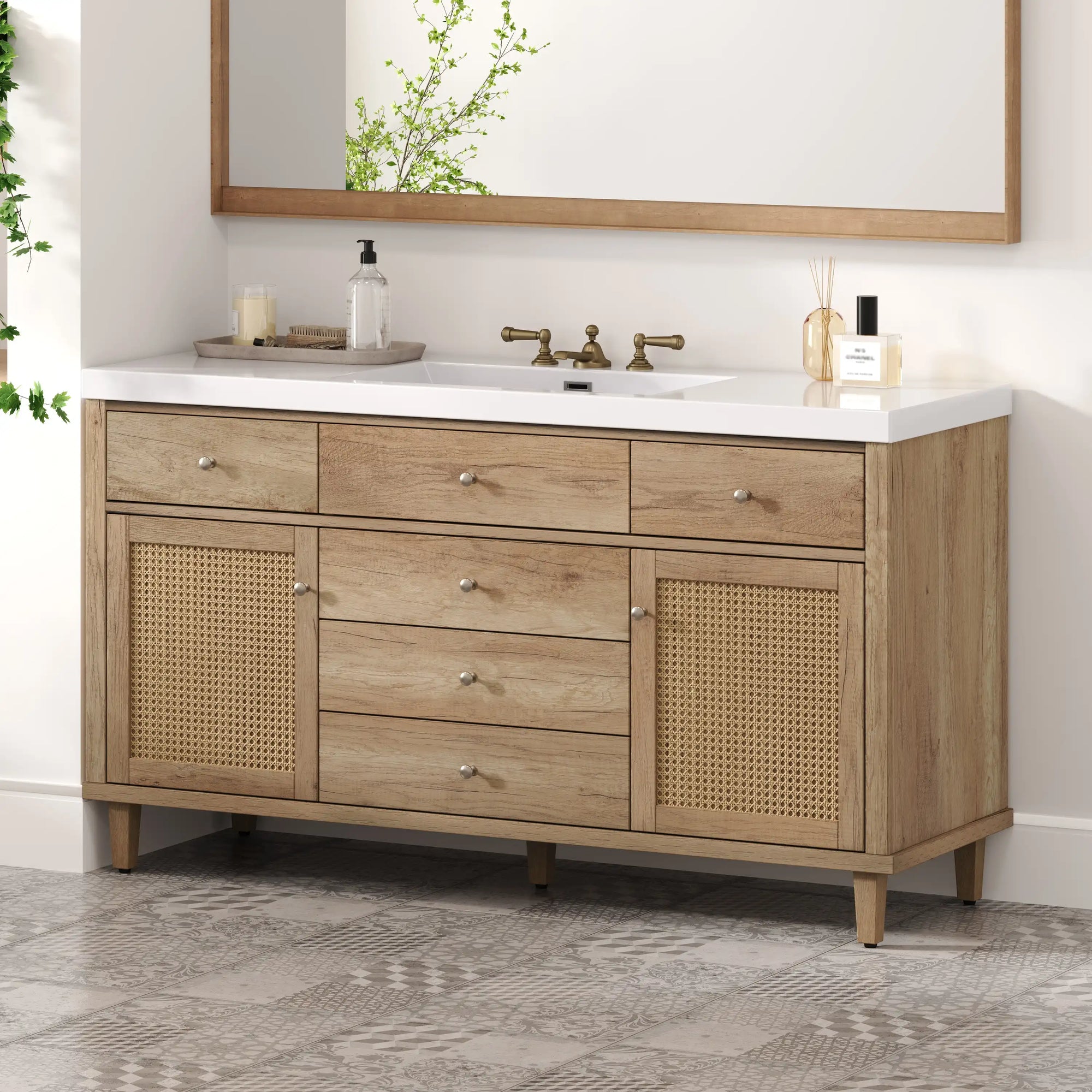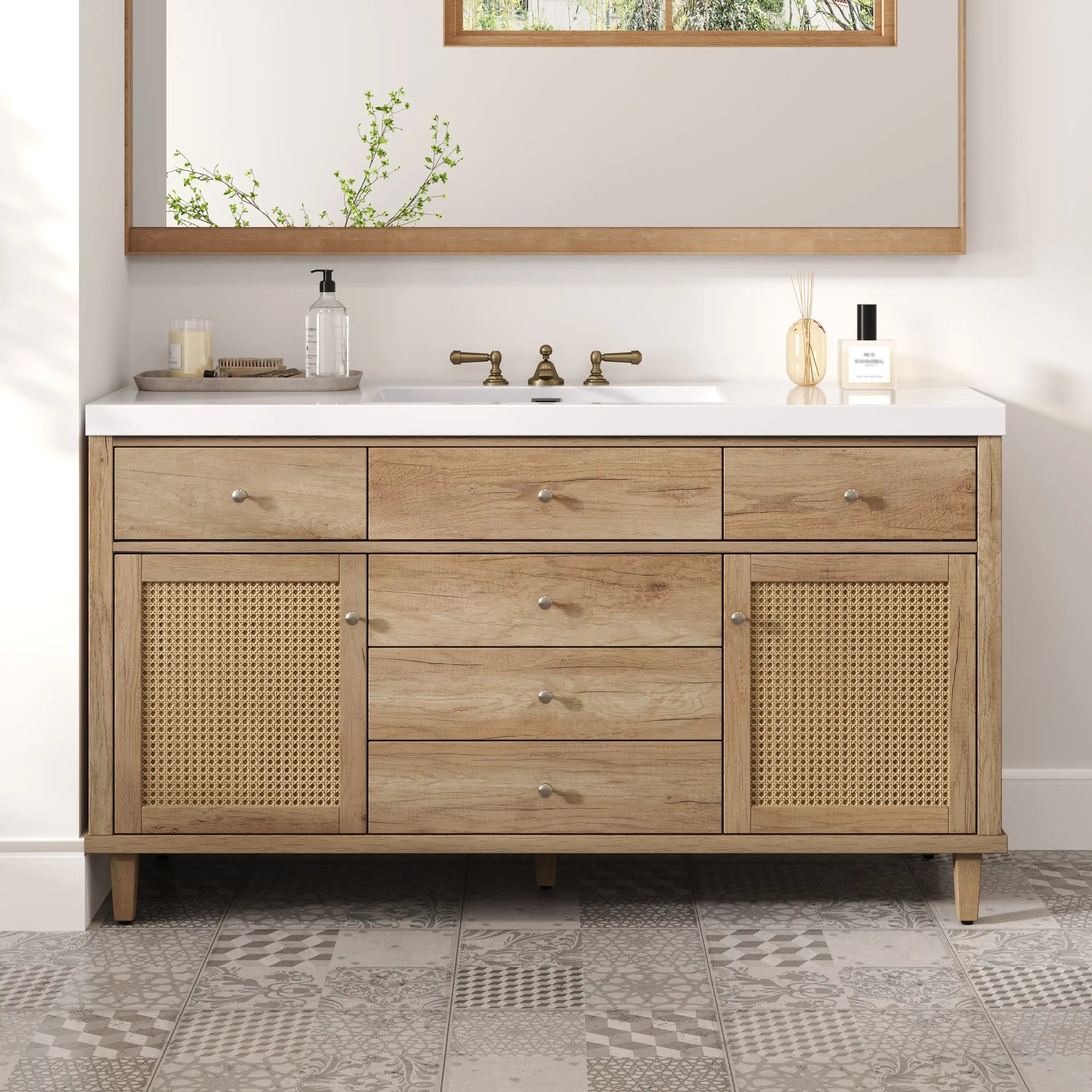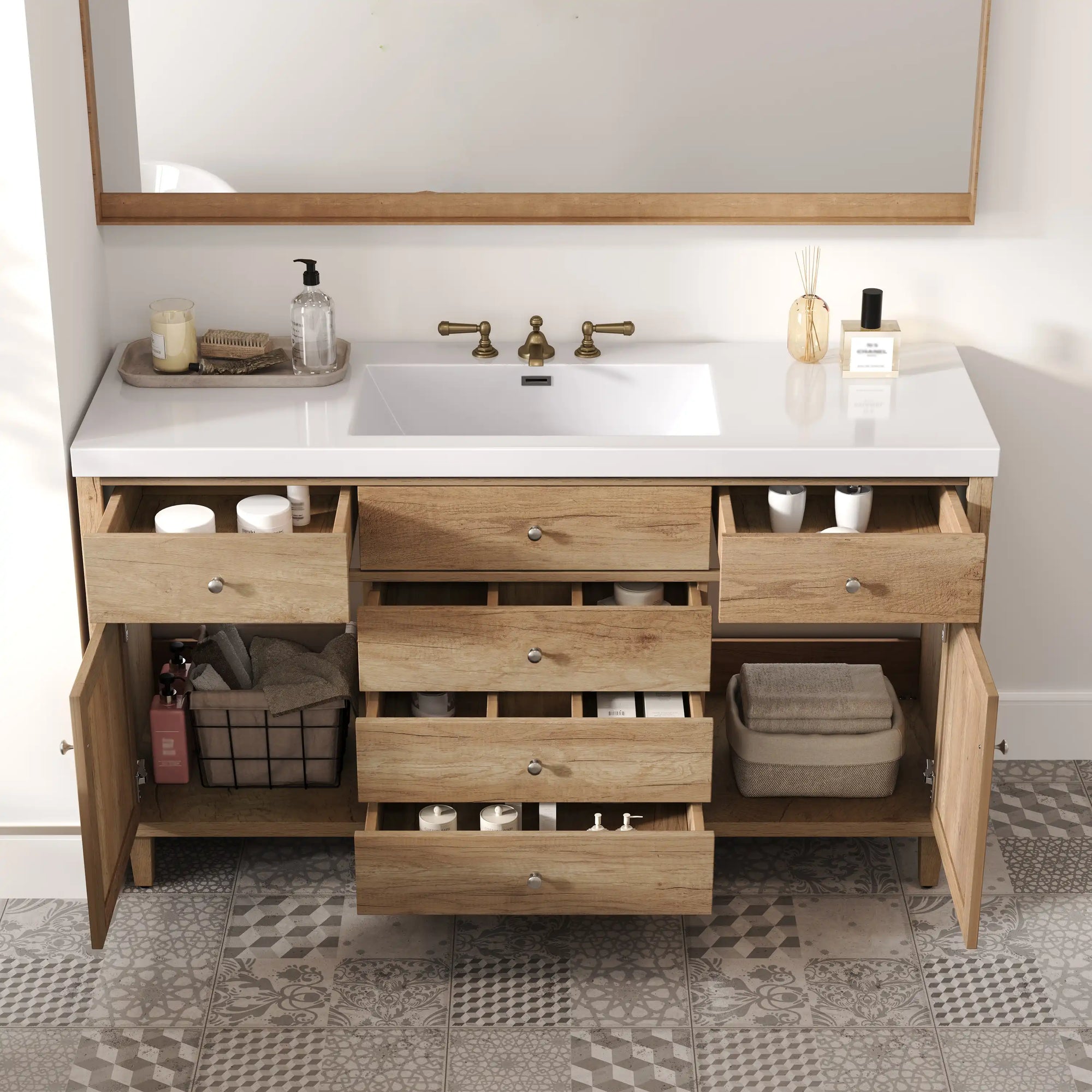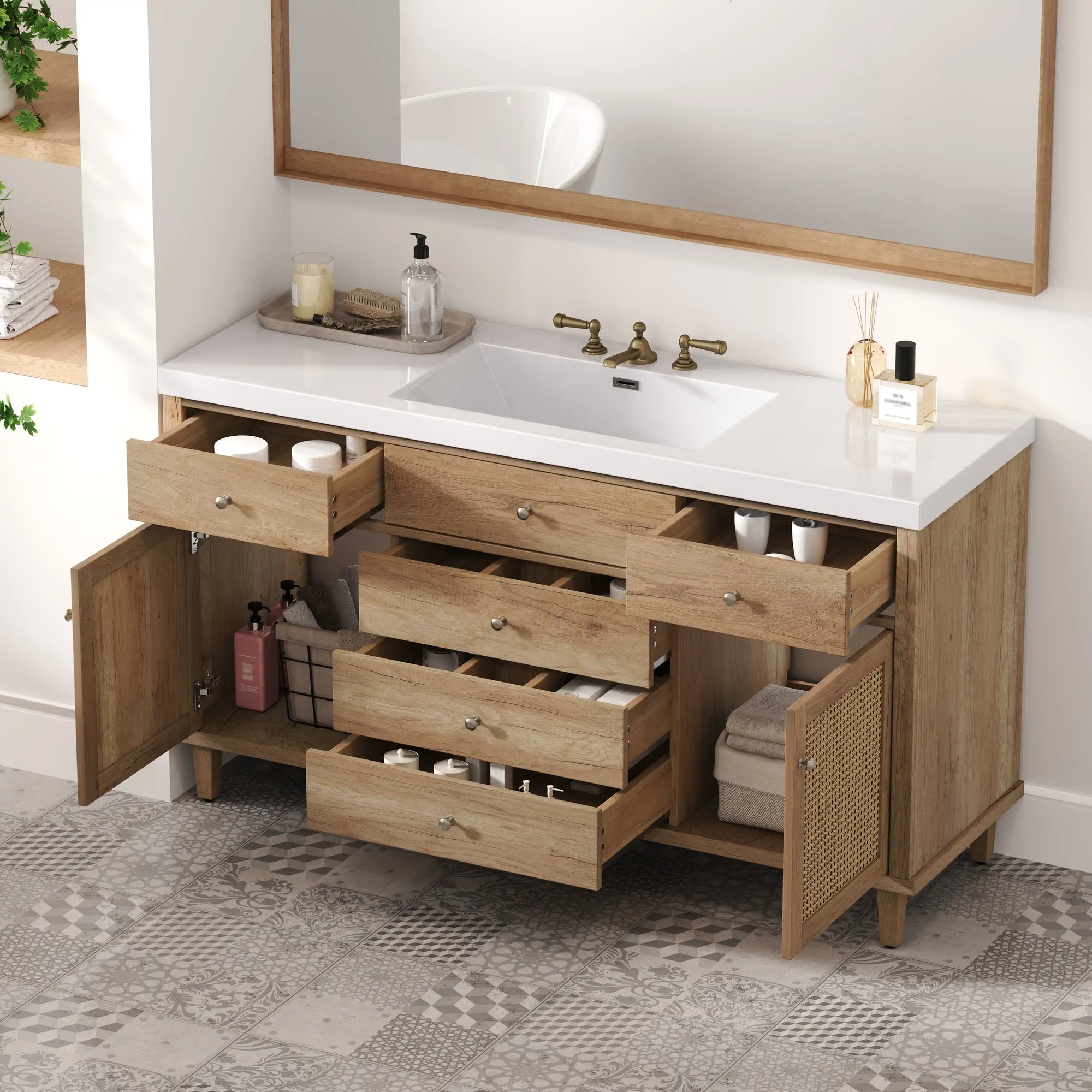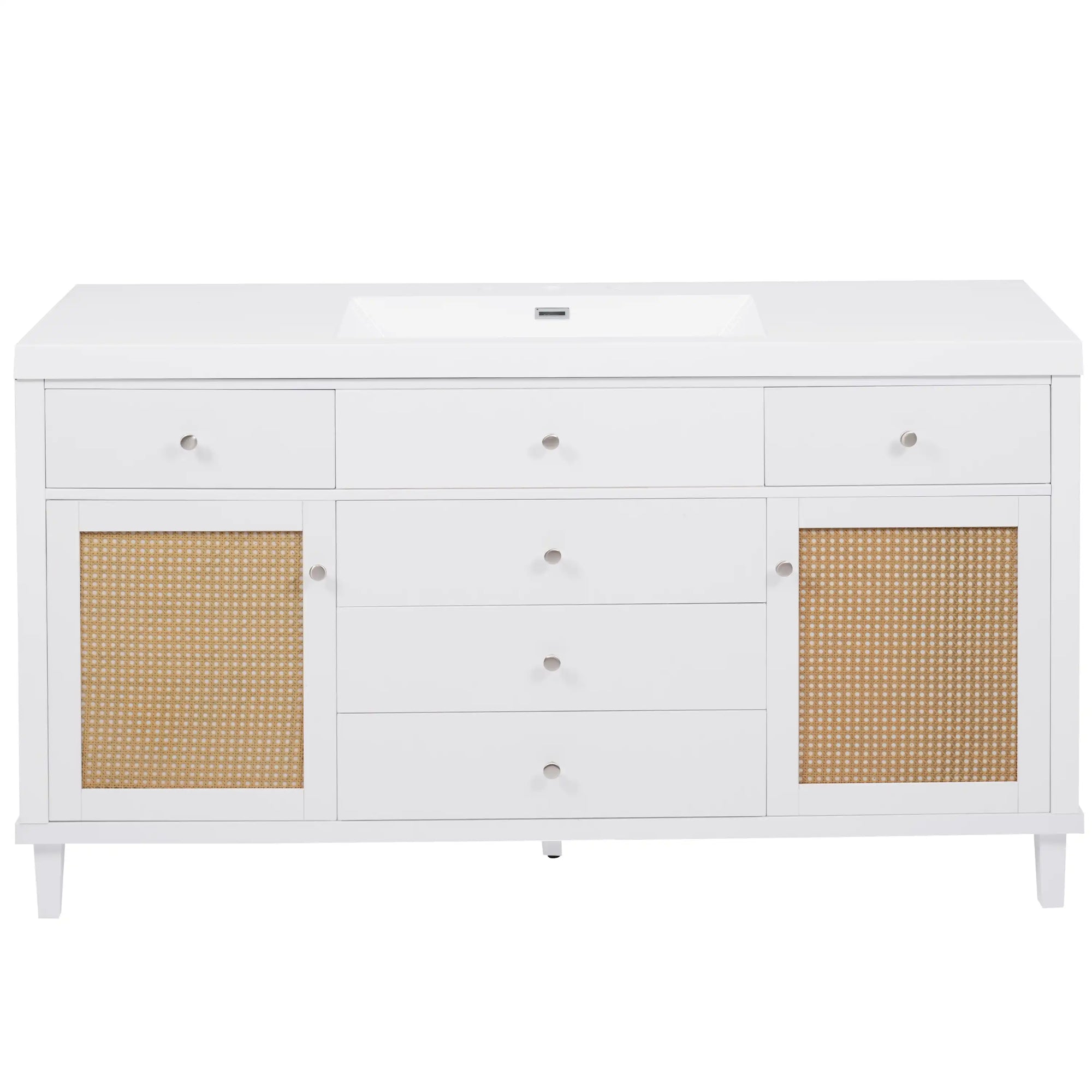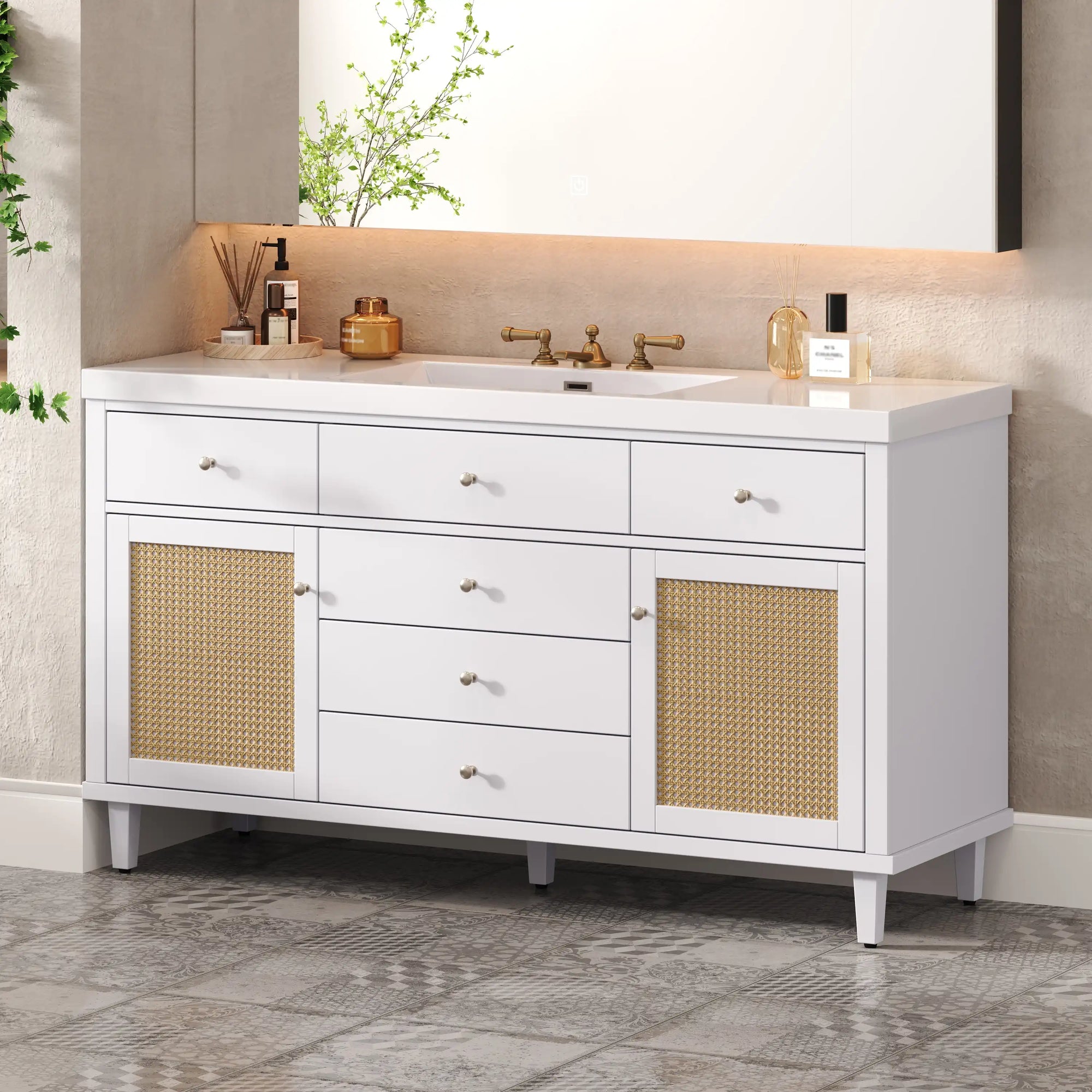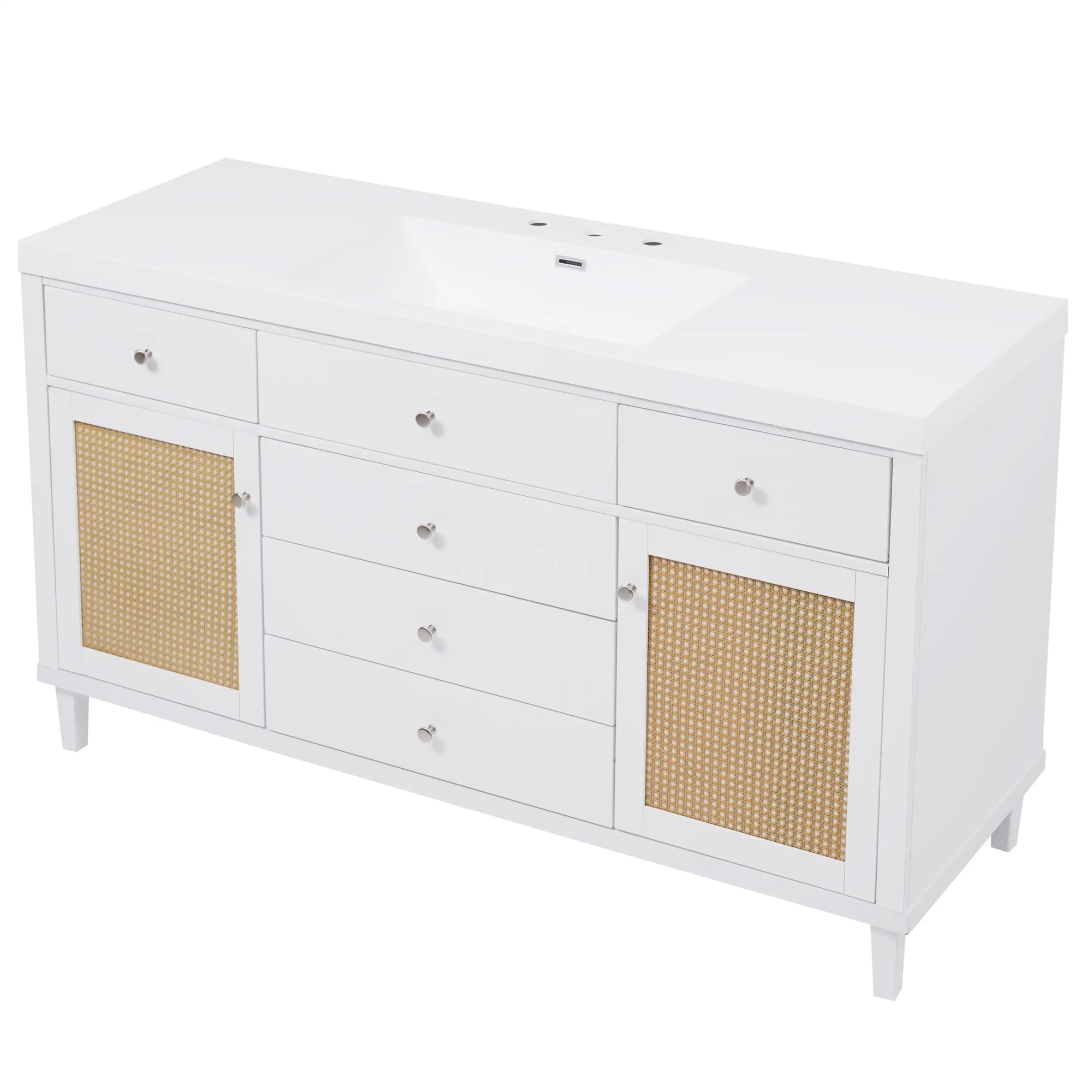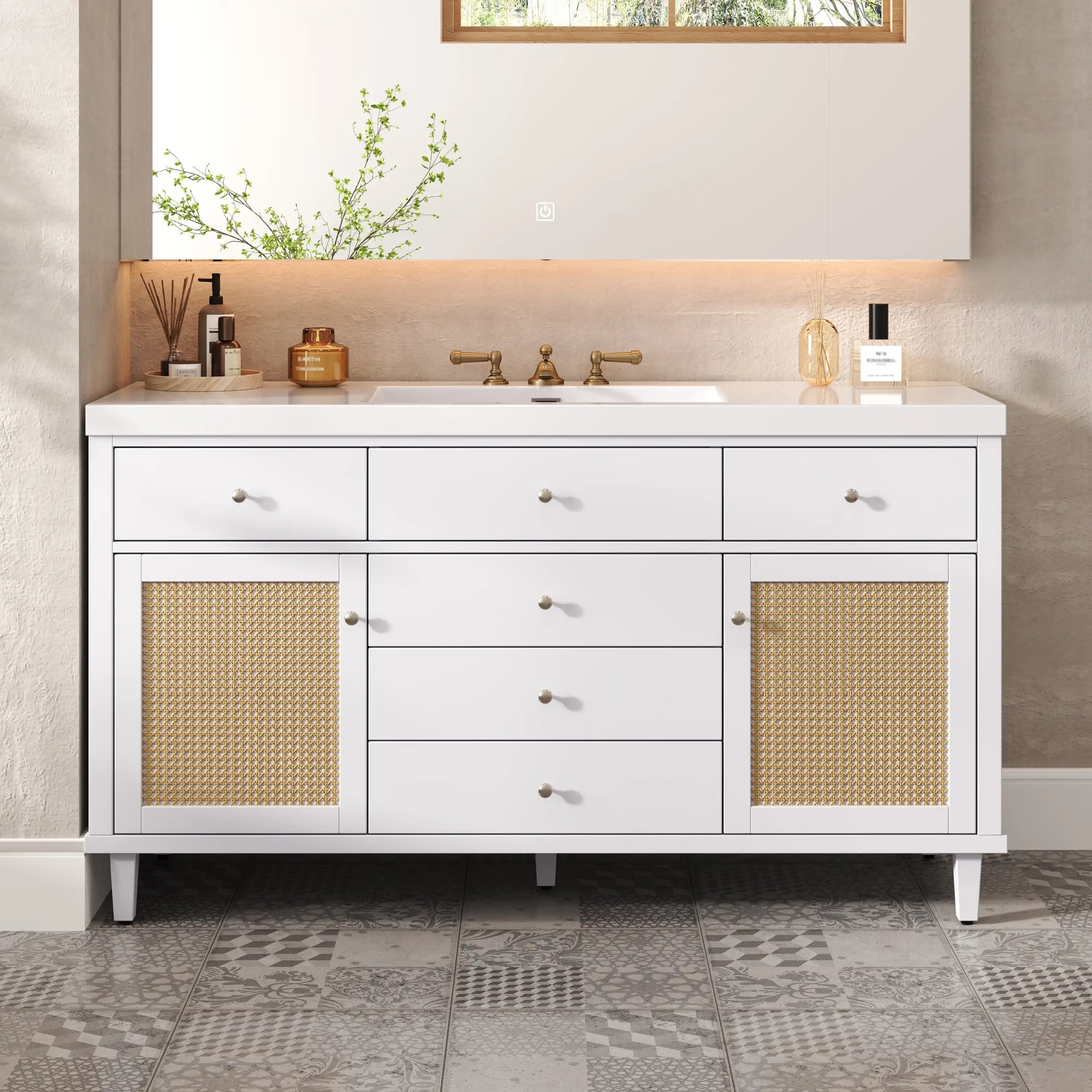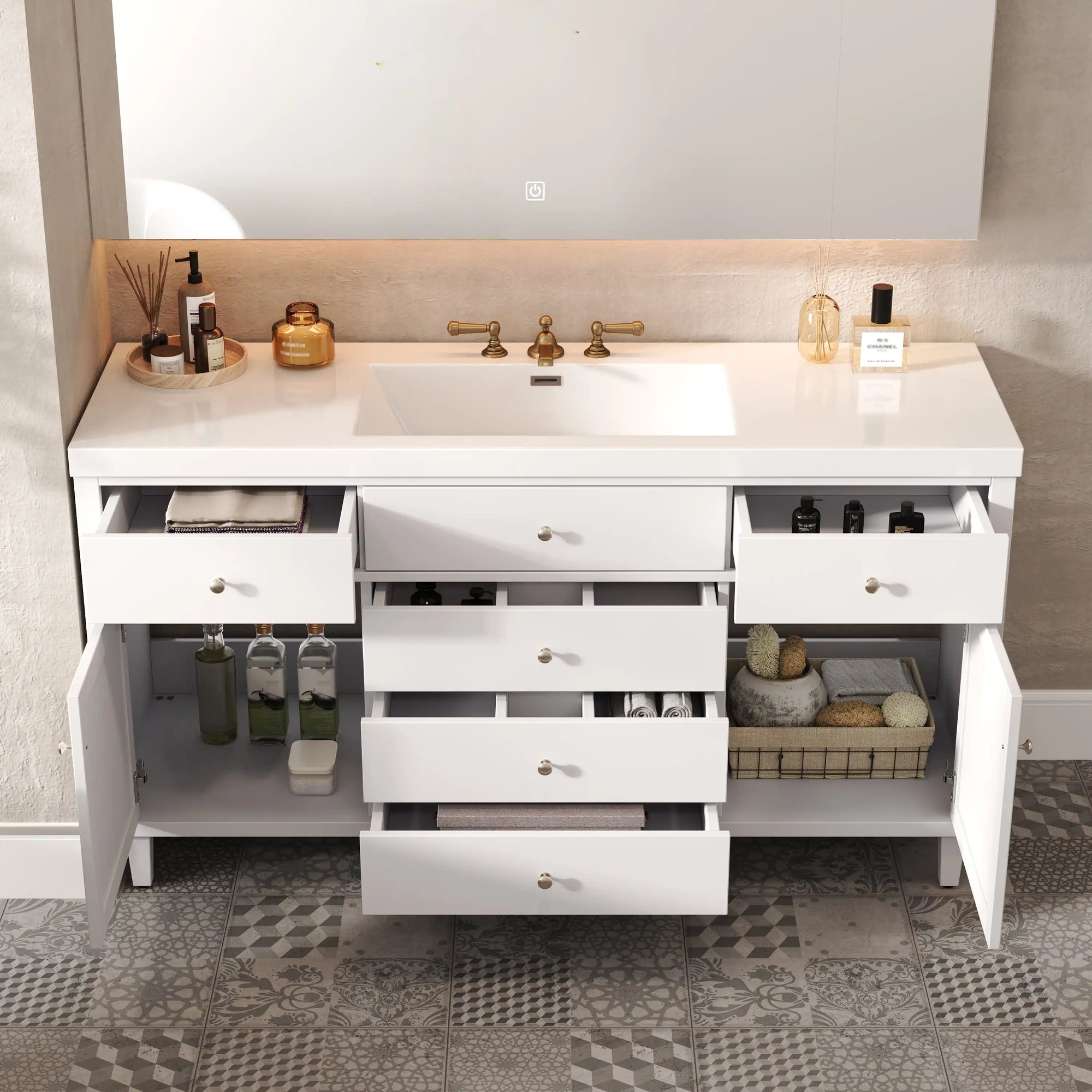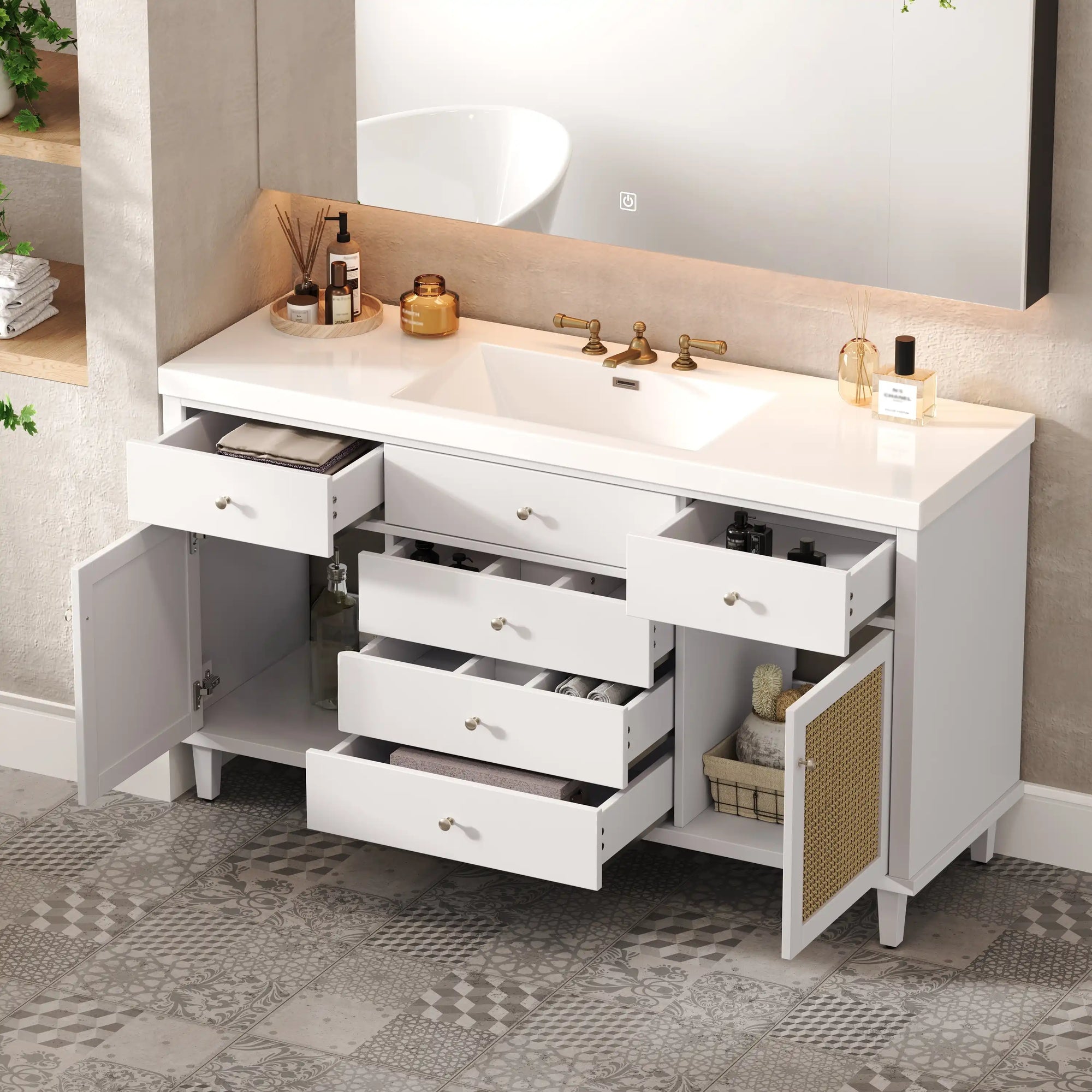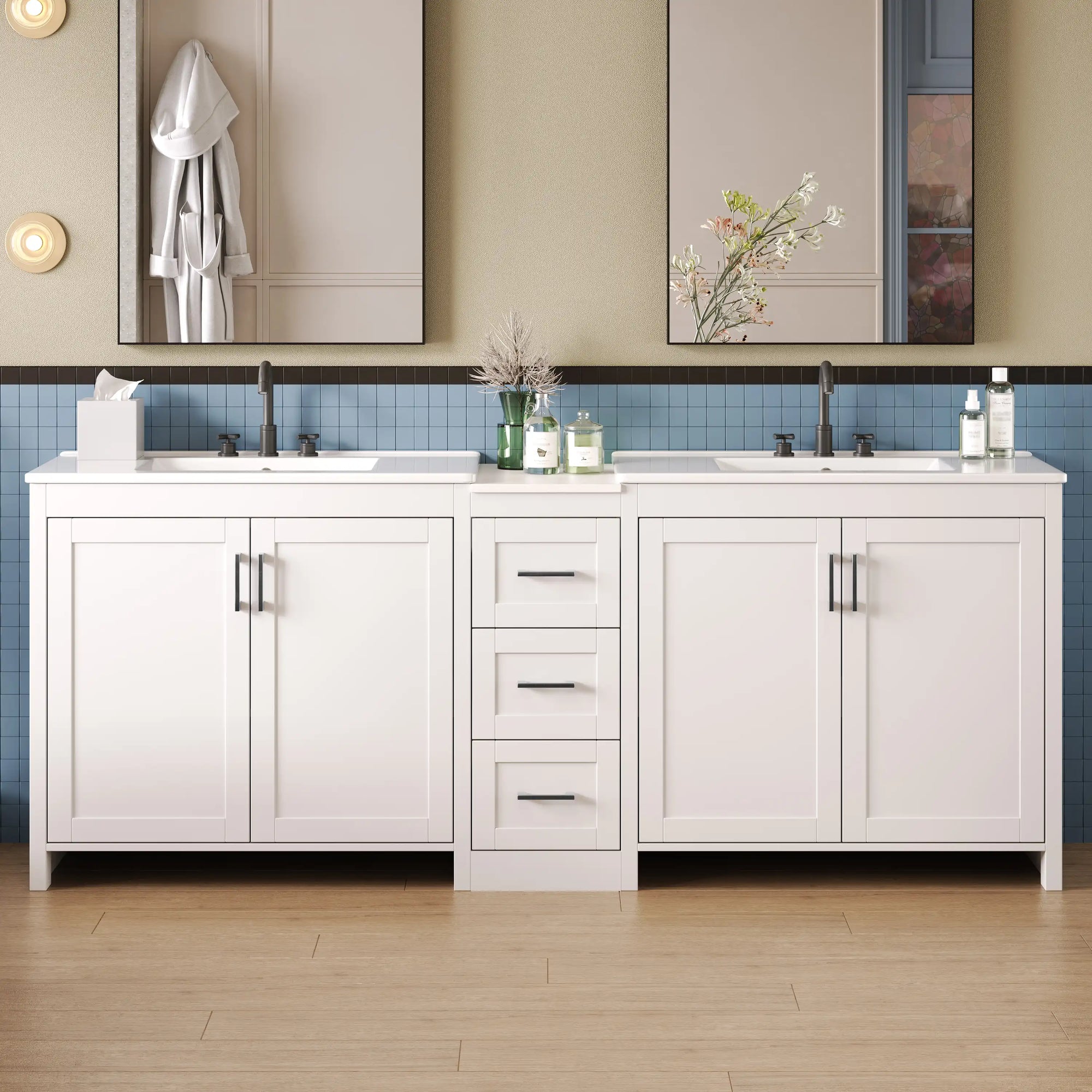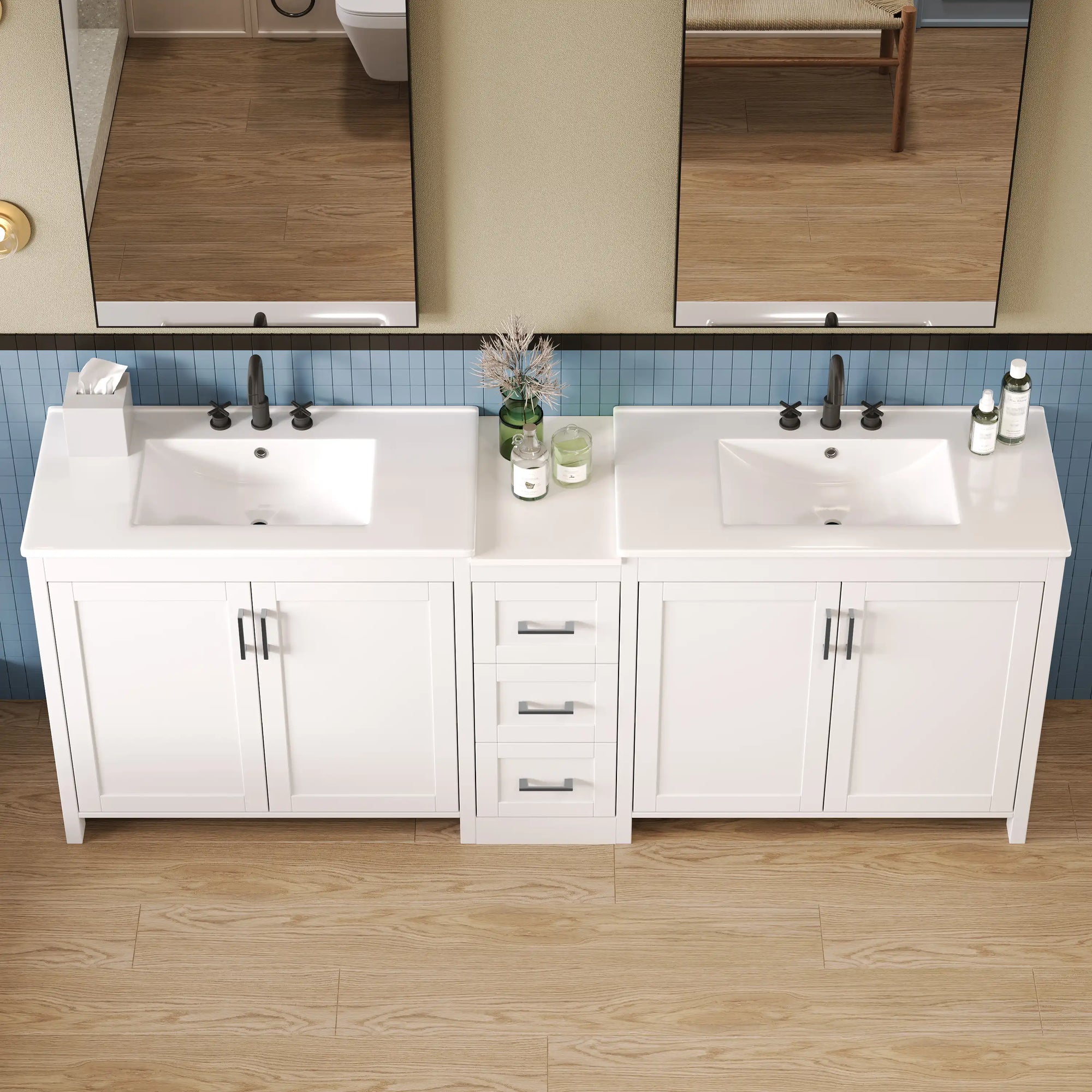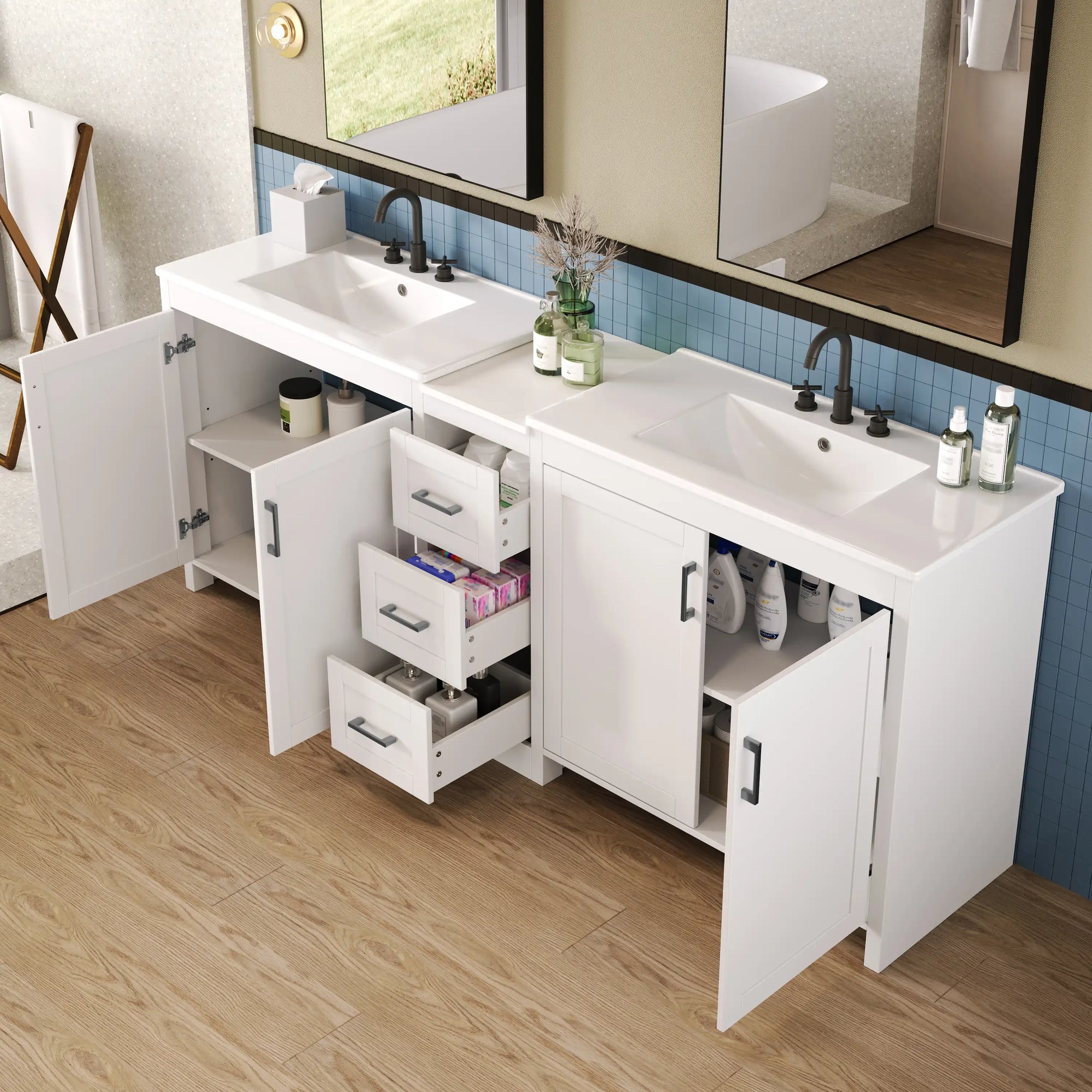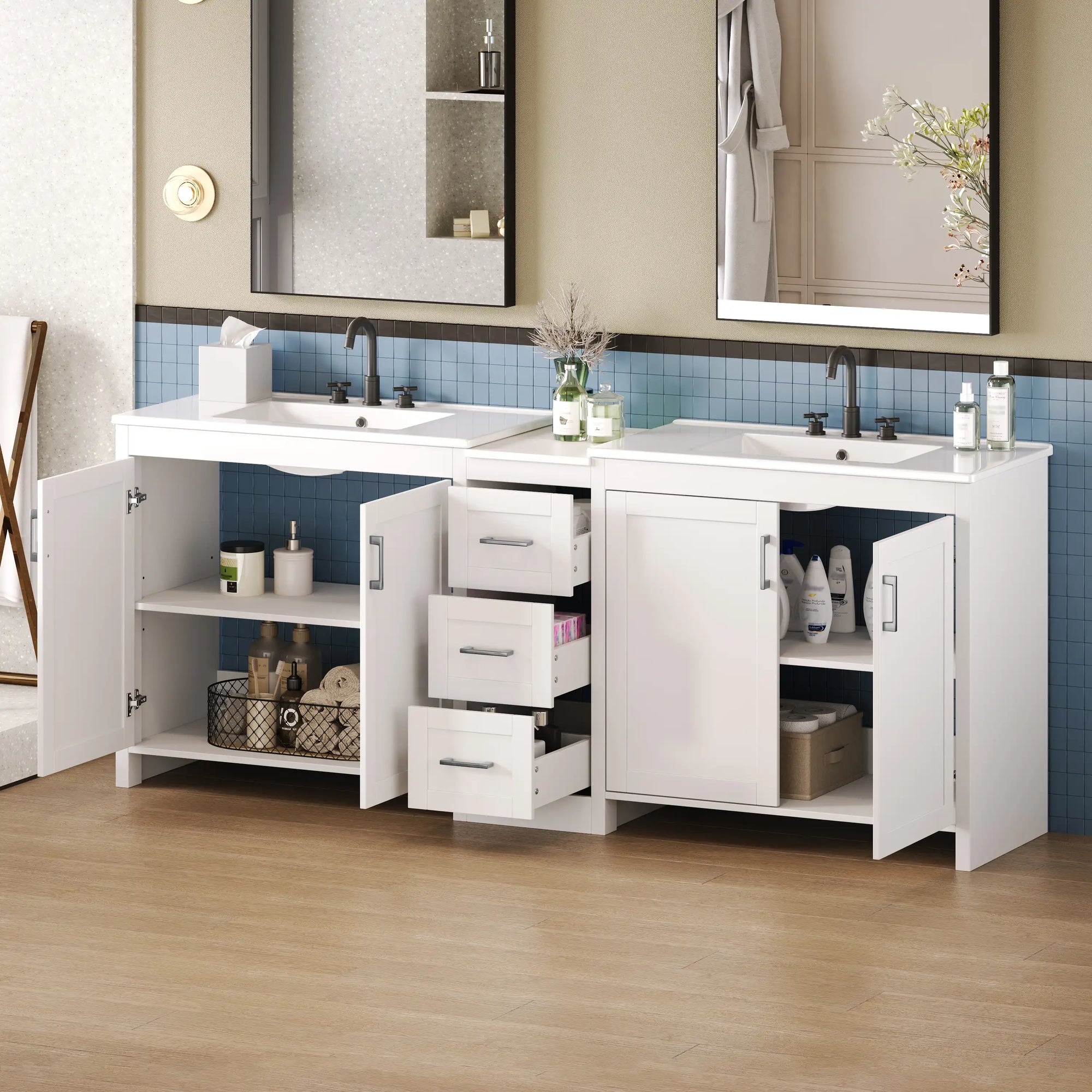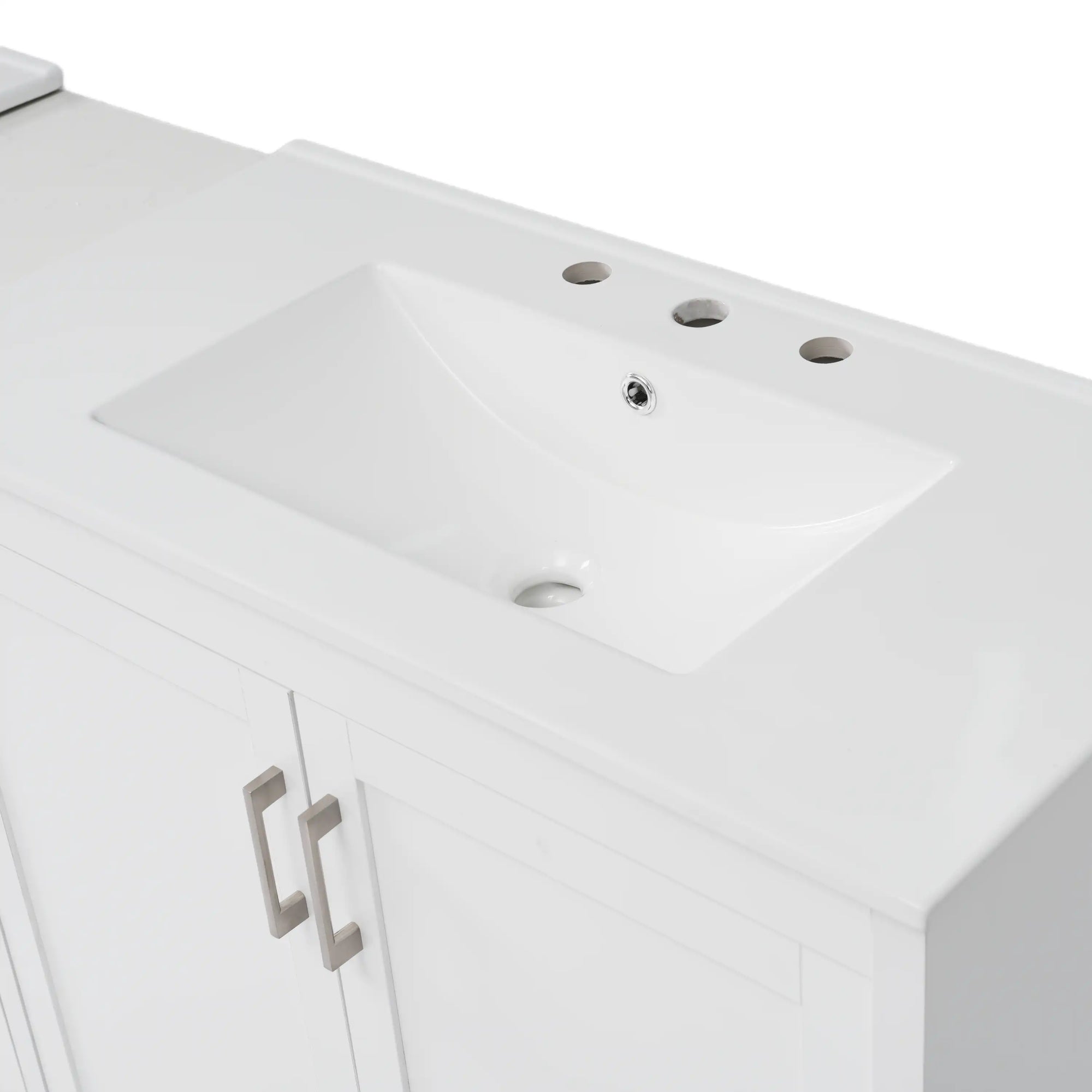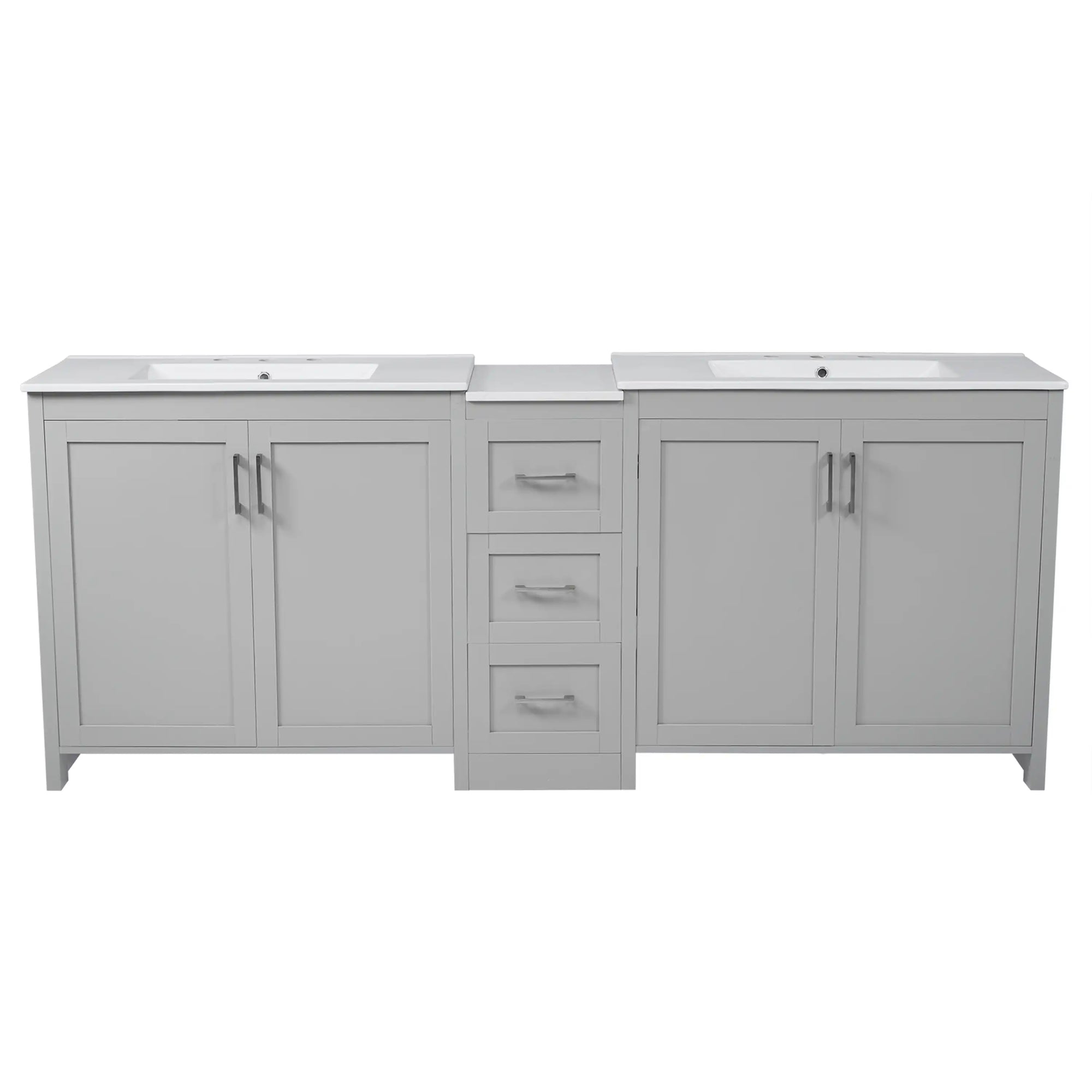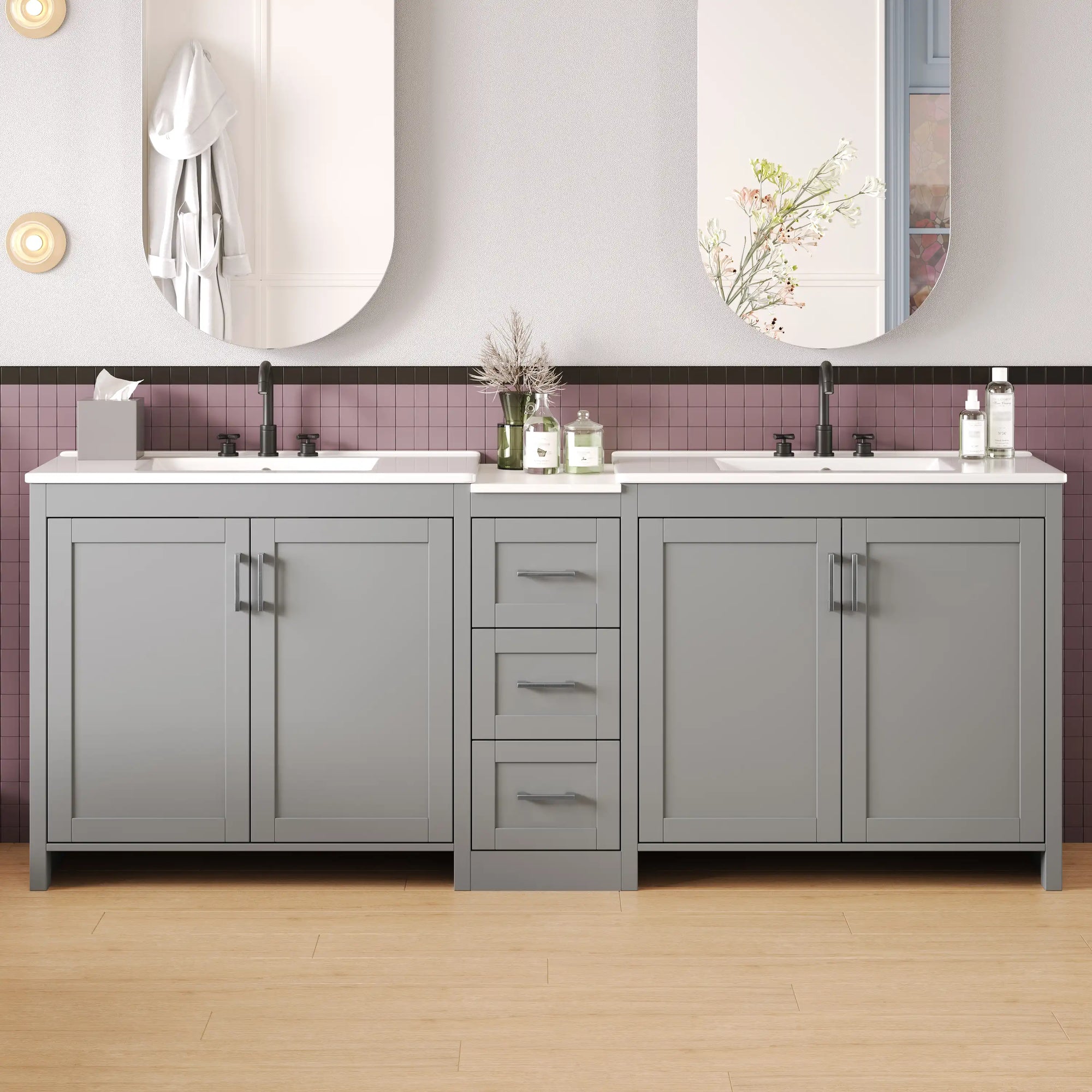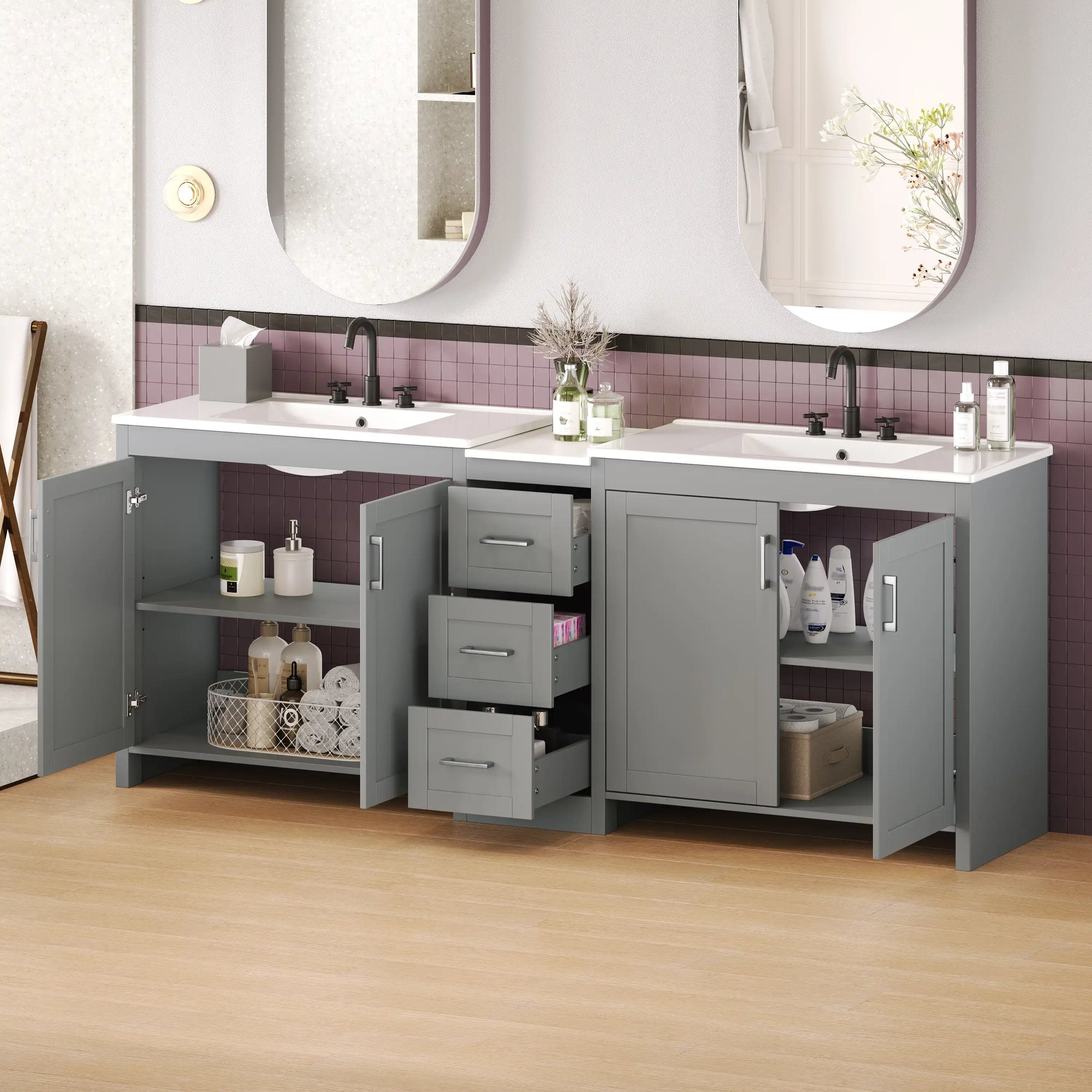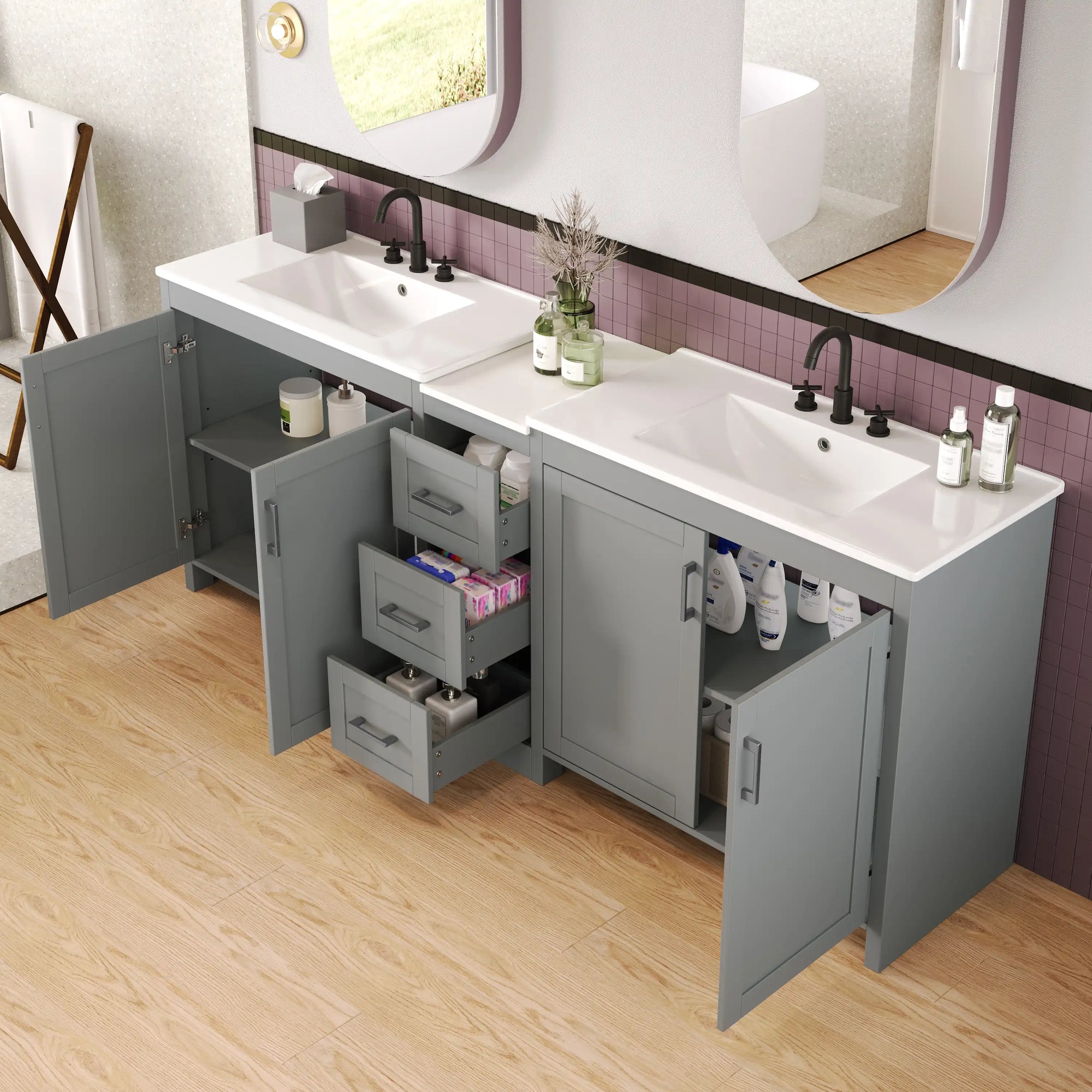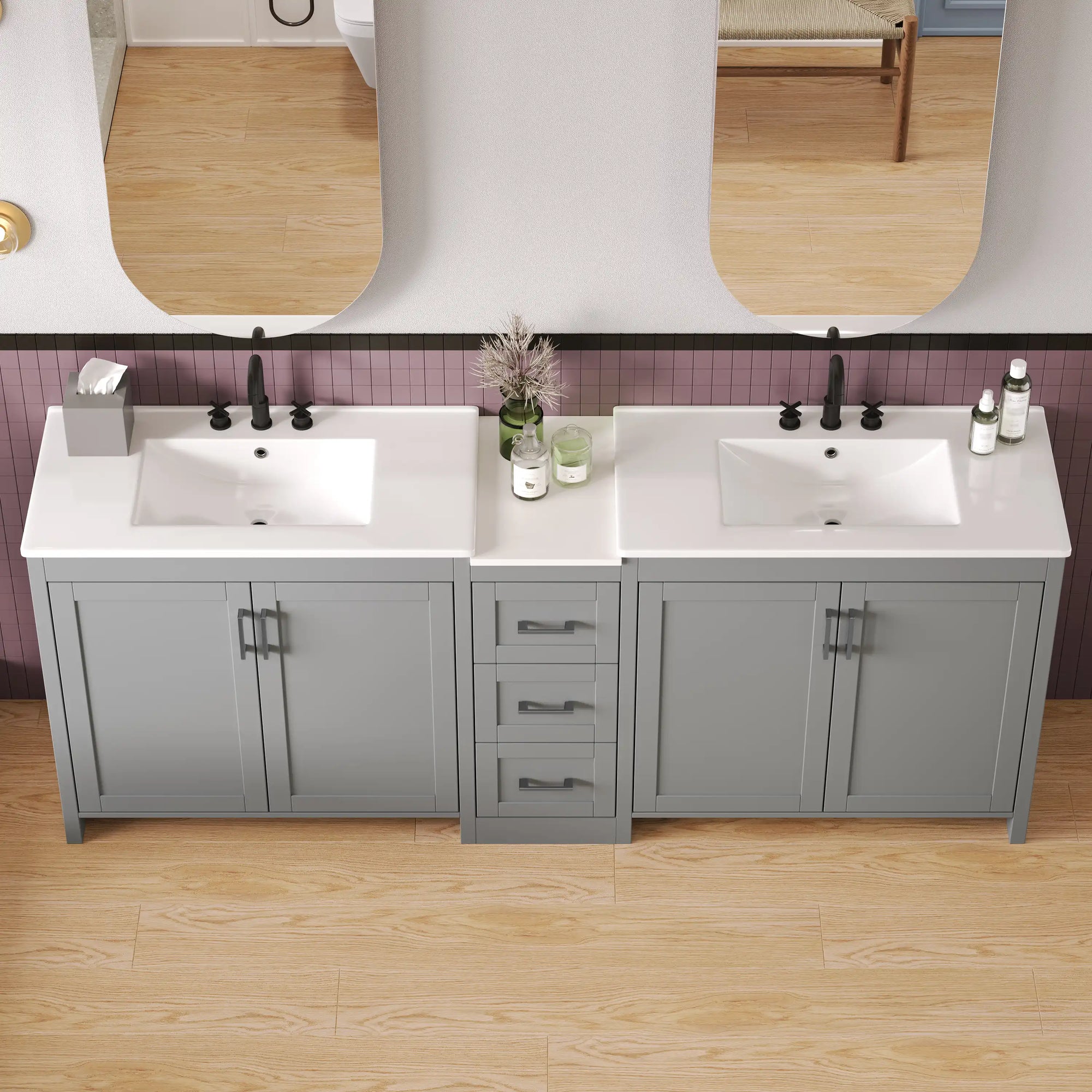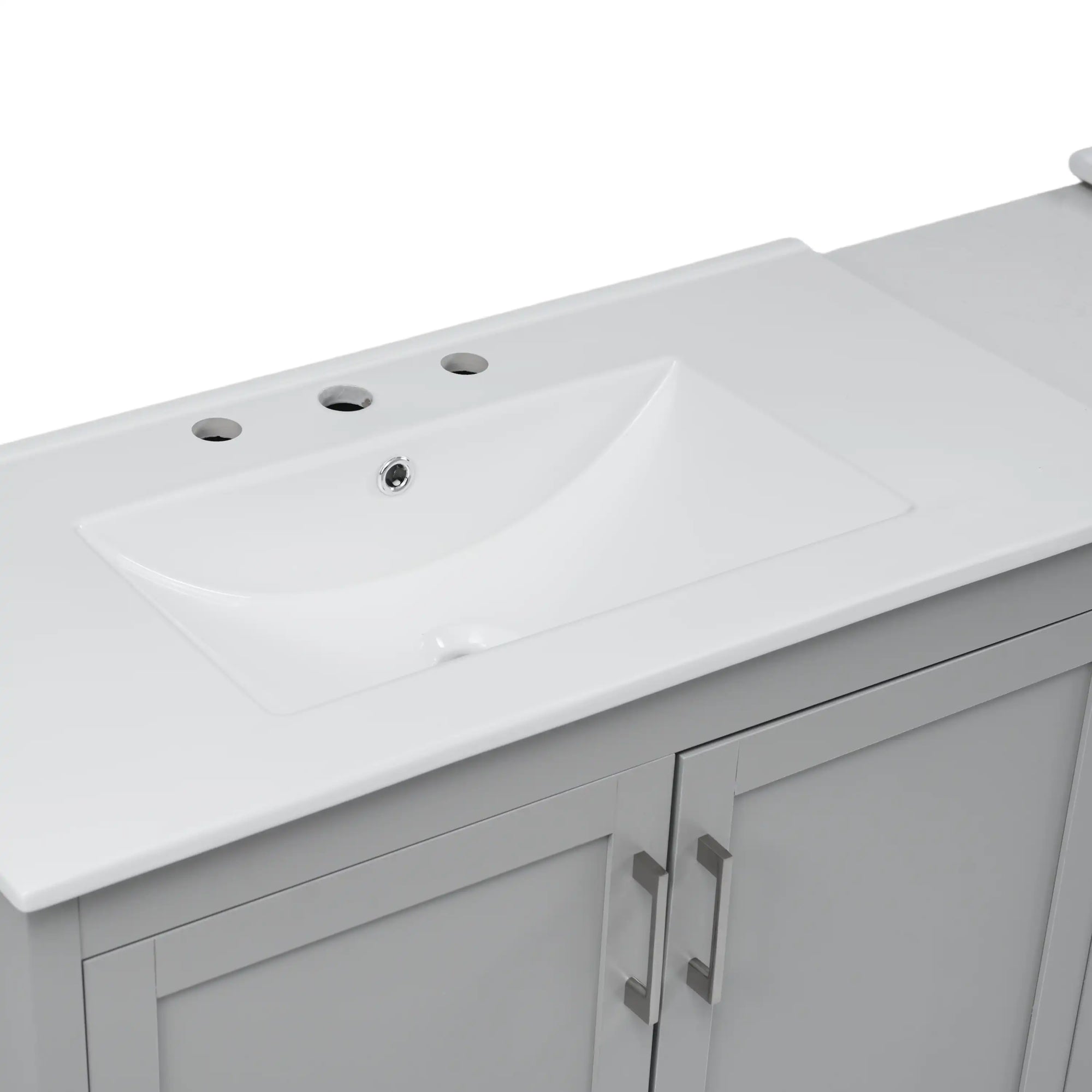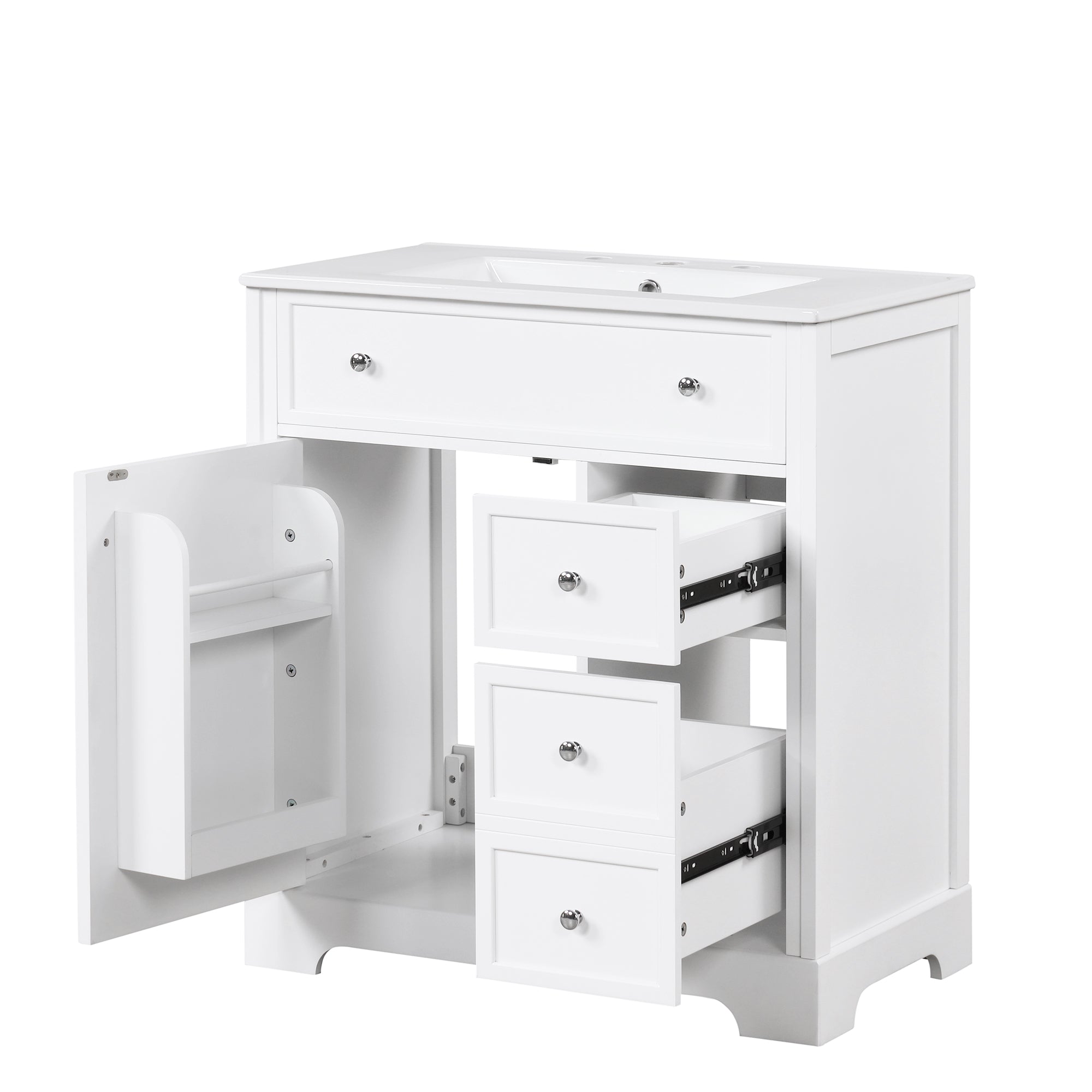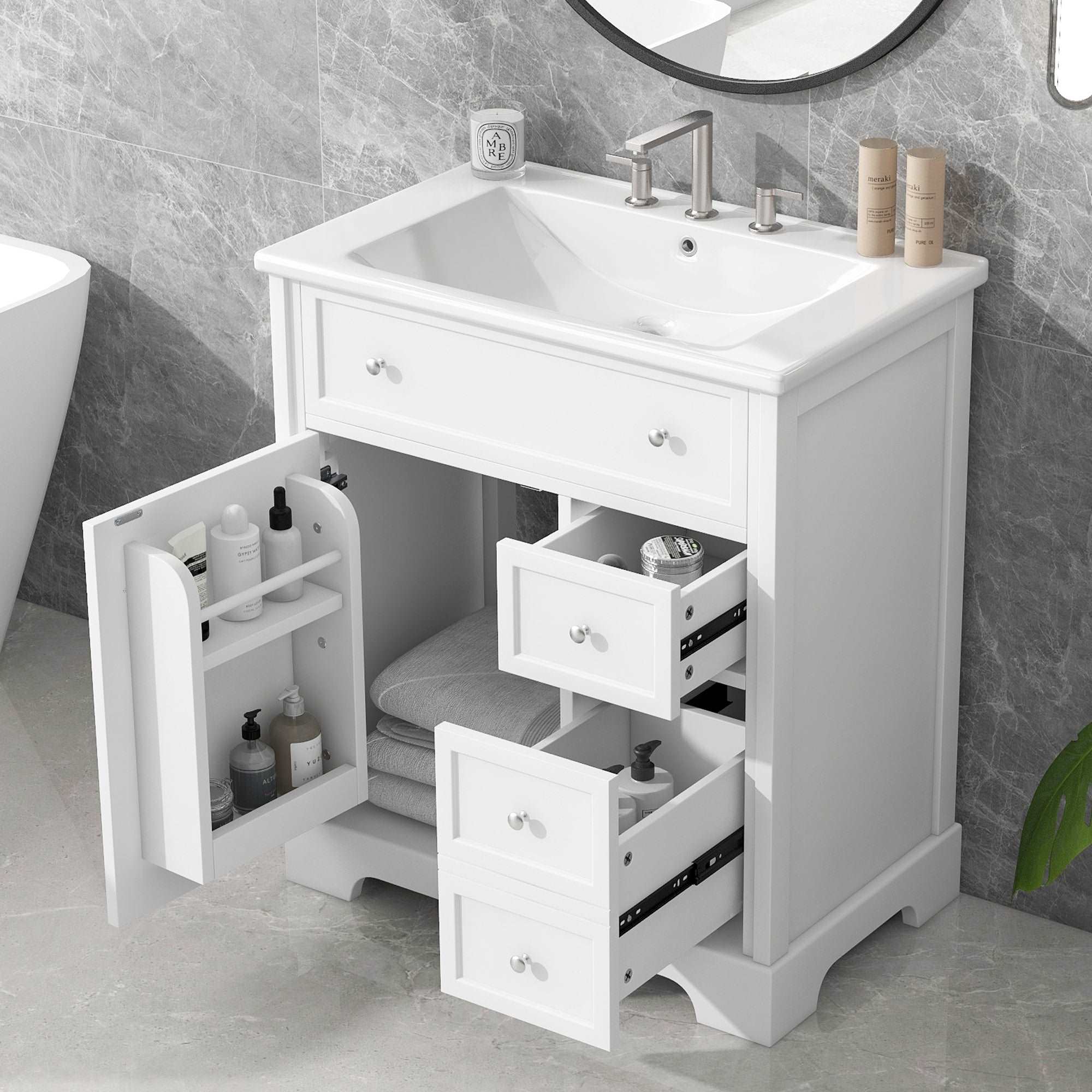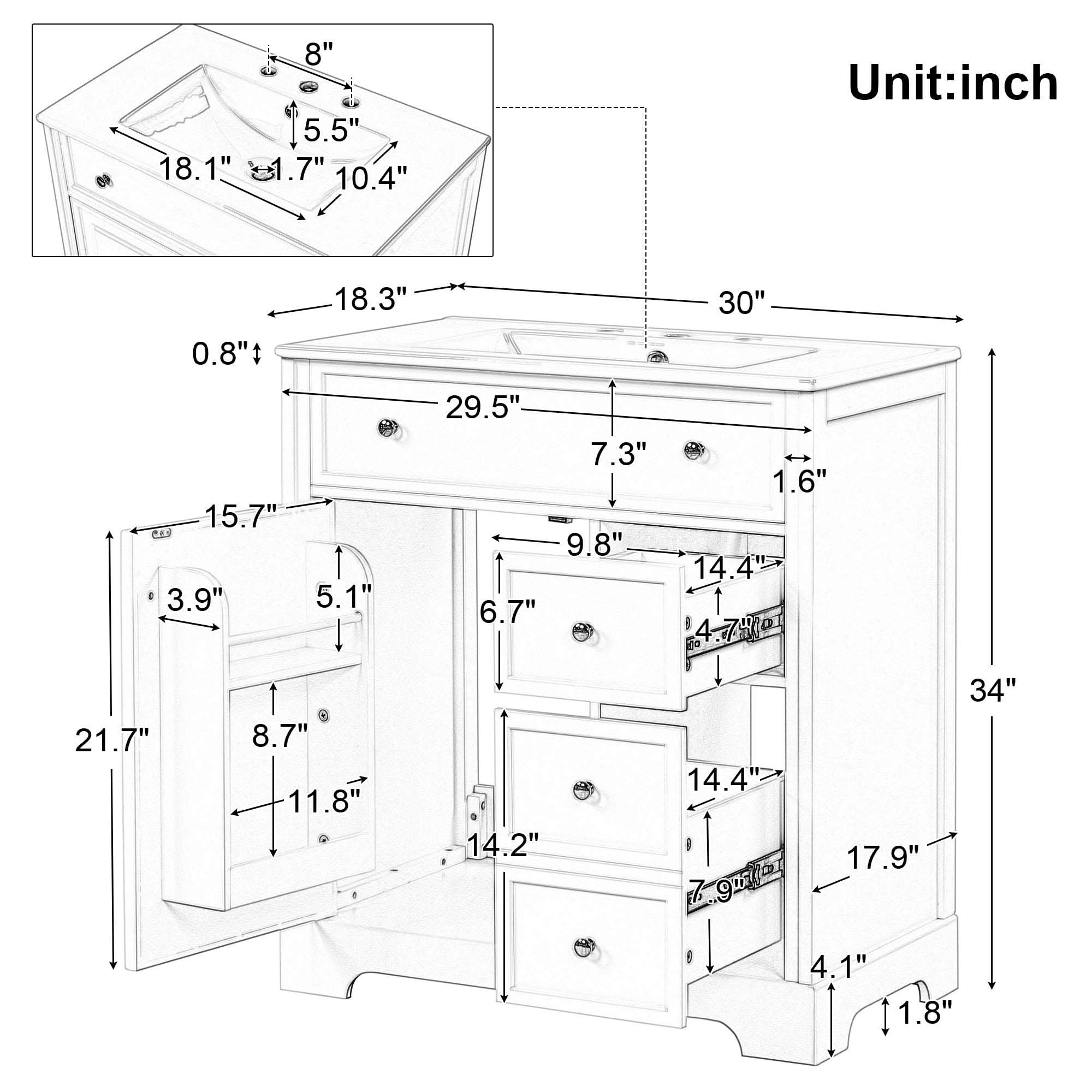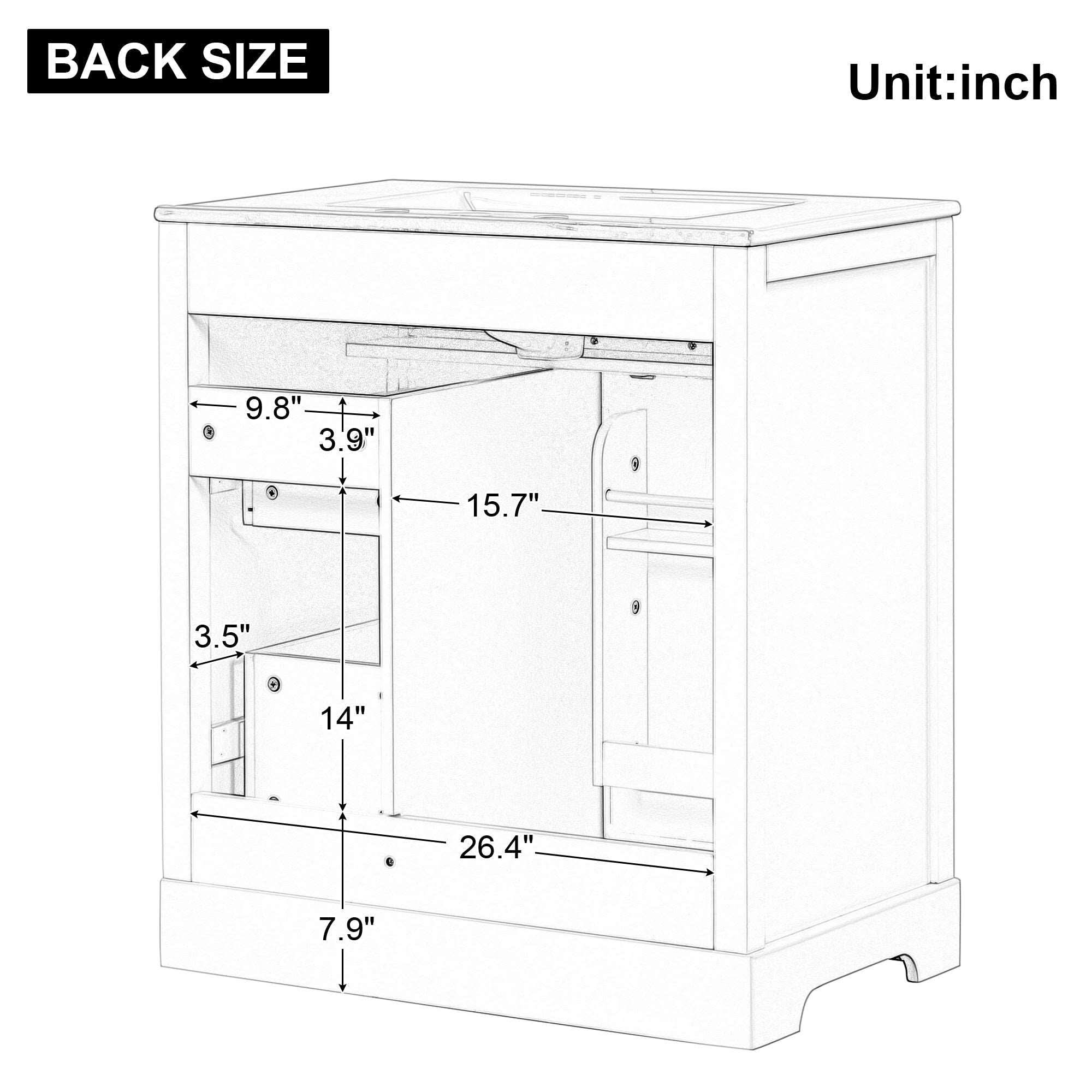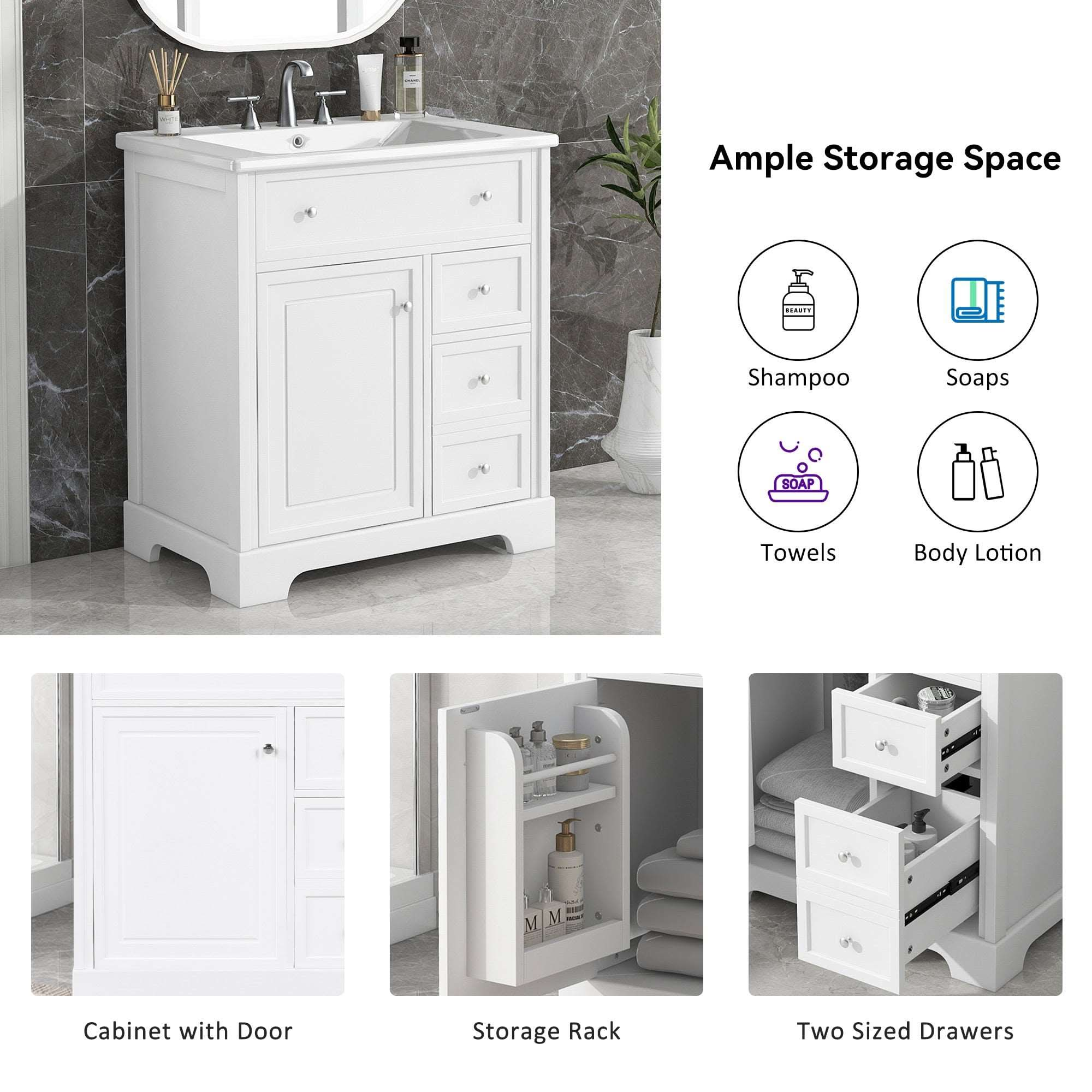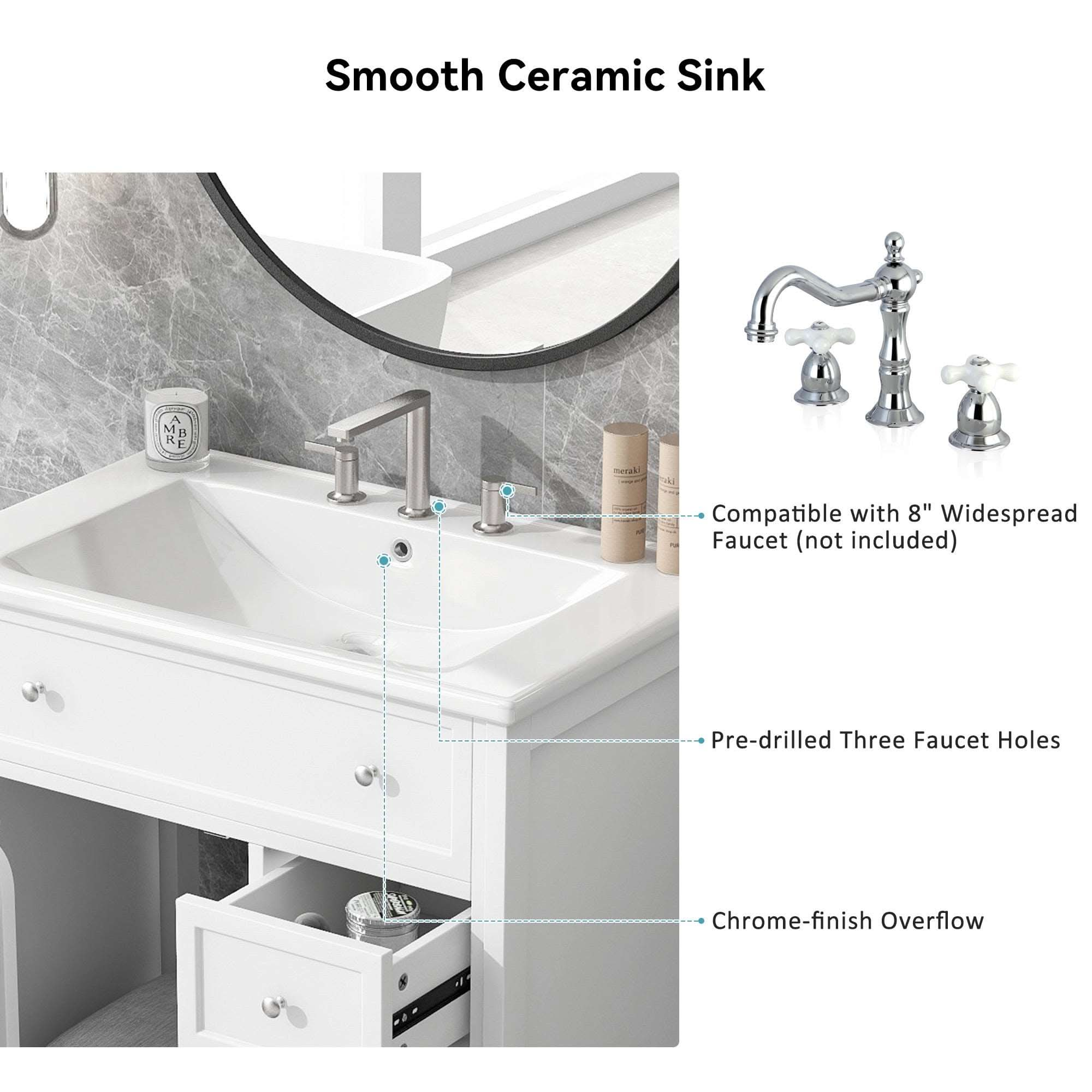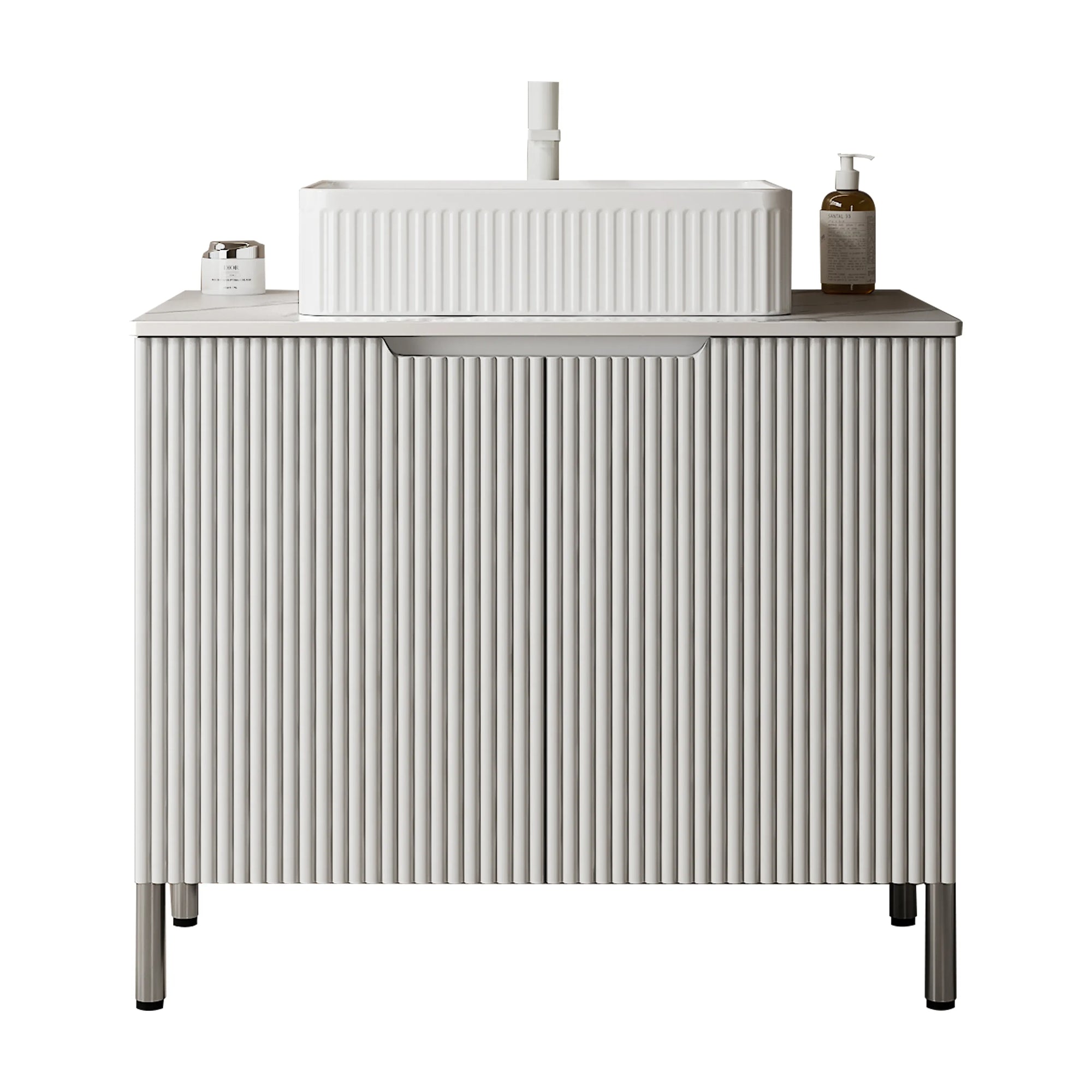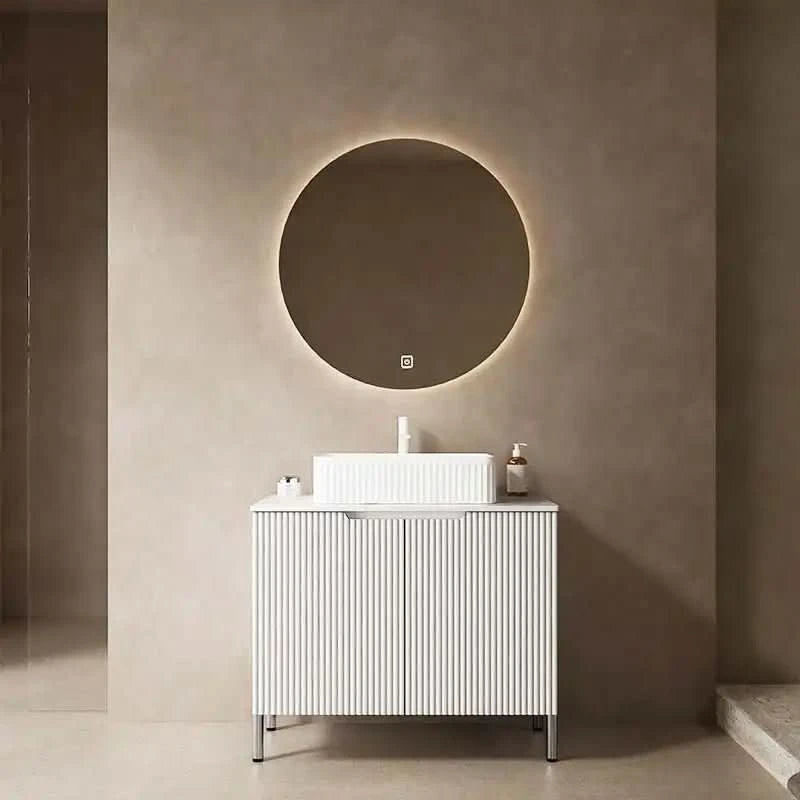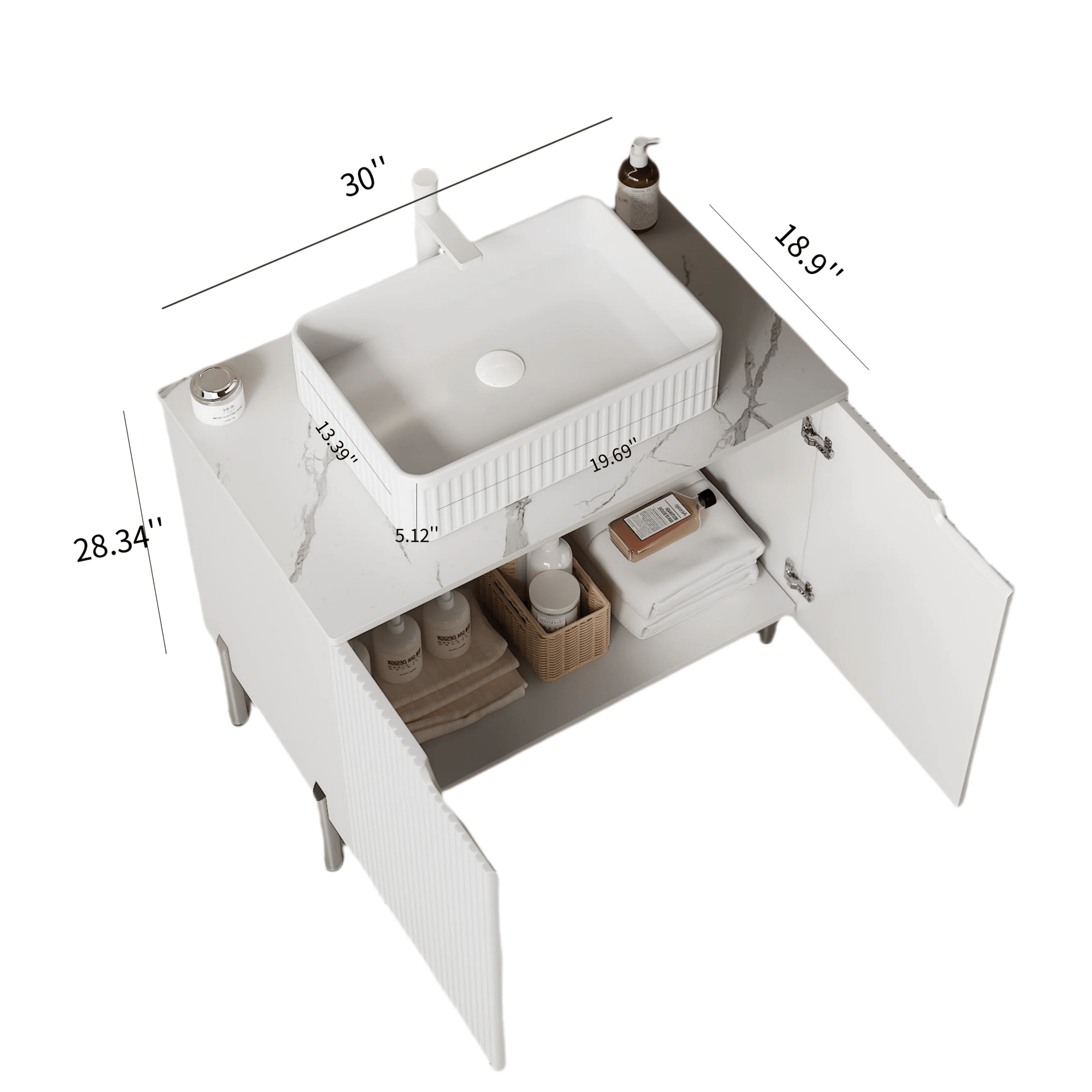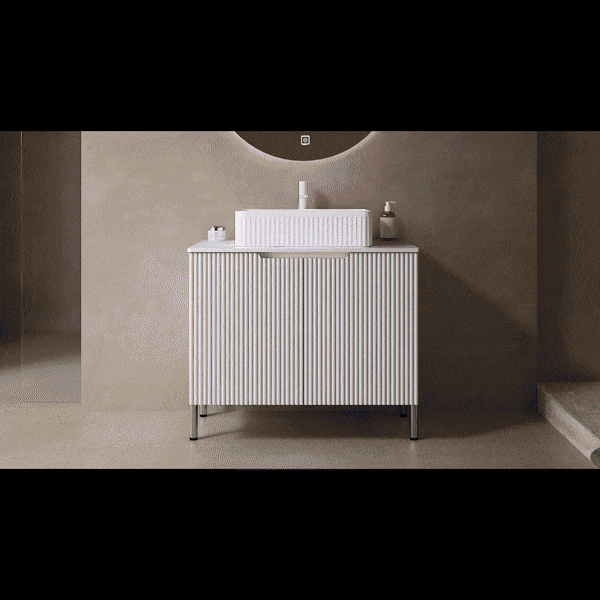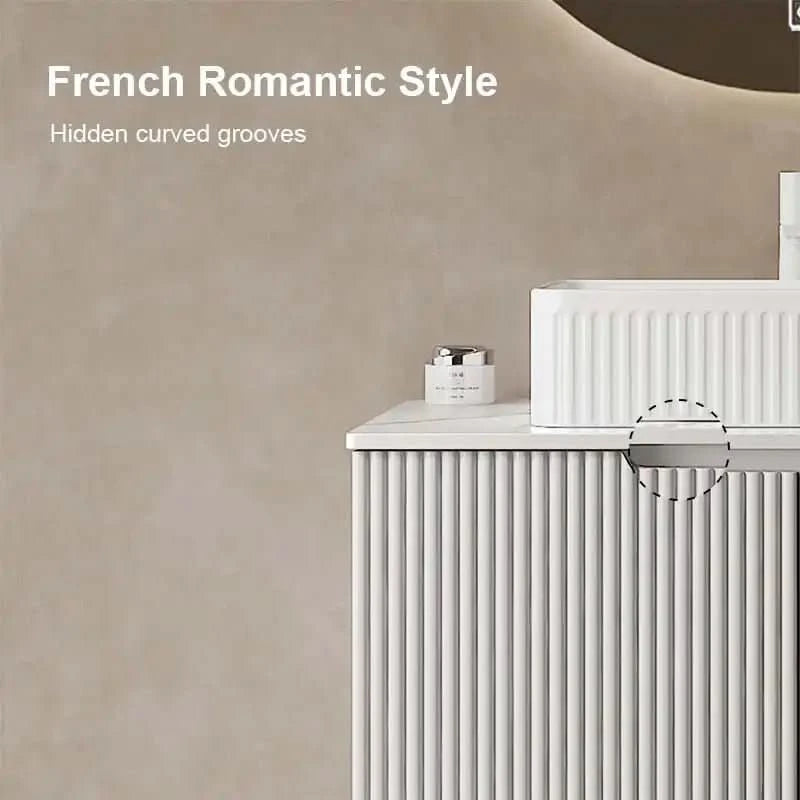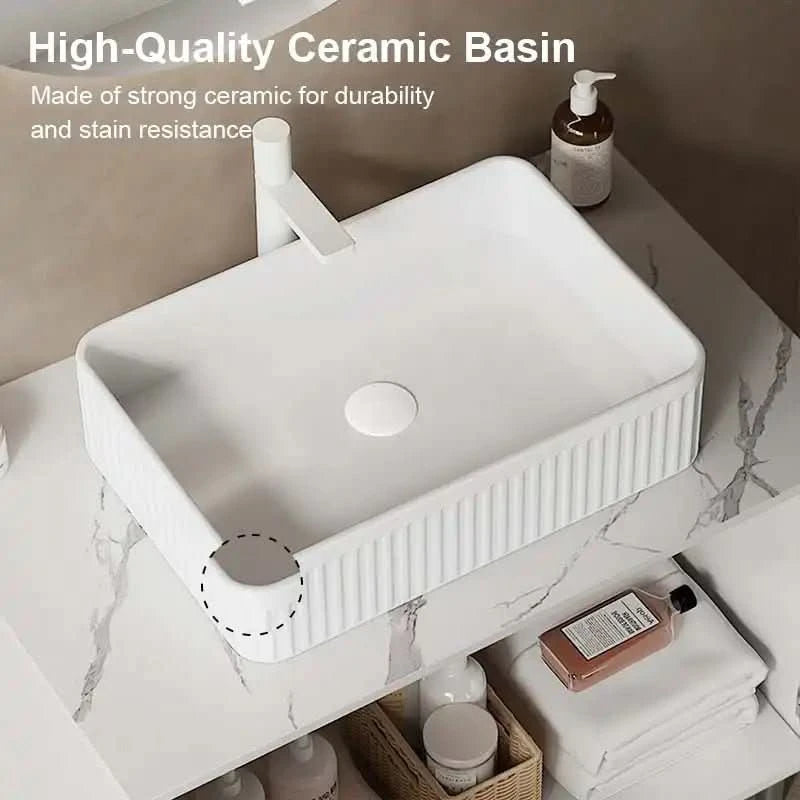Table of Contents
- Why Choose a Modern Wood Bathroom Vanity?
- Materials and Durability Guide
- Style and Design Options
- Size and Space Planning
- Frequently Asked Questions about Wood Bathroom Vanity
- Conclusion
- Related Articles
Upgrading a bathroom doesn't always mean a full remodel. In many homes I've worked with, the single change that makes the biggest impact is replacing an old cabinet with a modern wood bathroom vanity. For homeowners in suburban communities—especially here in the western U.S.—this choice often strikes the perfect balance between style, durability, and value.
A modern wood vanity offers more than storage space. It creates a warm, welcoming focal point in a room that too often feels purely functional. And when chosen carefully, it can support your long-term goals: a bathroom that's easy to maintain, safe for daily use, and designed to last.
From my experience helping families update their bathrooms, I know that most of you are looking for more than just good looks. You want to feel confident about what you're buying online, you want installation to be straightforward, and you want assurance that the vanity you choose won't let you down in a few years. This article is here to guide you through those decisions—so you'll know exactly how to choose the right modern wood bathroom vanity for your home.

Why Choose a Modern Wood Bathroom Vanity?
Over the years, I've seen many homeowners debating whether to go with stone, glass, or laminate cabinetry. Yet time and again, the option that brings the most satisfaction is a modern wood bathroom vanity. The reason is simple: it strikes the right balance between style, comfort, and everyday practicality.
Unlike cold, hard materials, wood introduces warmth and texture into the bathroom. That matters more than you might think—especially in family homes where the bathroom isn't just a utilitarian space but part of daily routines. A wood vanity gives the room a sense of calm and comfort while still keeping with a clean, modern design.
Durability is another major factor. With the right finish, today's modern wood vanities are built to handle moisture, temperature changes, and years of daily use. Many of my clients appreciate that they can achieve a high-end look without committing to the premium price tag of solid stone. For suburban families managing a renovation budget, a modern wood bathroom vanity delivers real value: you get the beauty of natural materials with pricing that typically ranges from about $800 to $2,500, depending on size and finish.
Finally, wood vanities are versatile. Whether you're working with a compact powder room or a spacious primary bath, there are options in different widths, heights, and storage layouts. That flexibility makes it easier to find something that fits your space without compromising the modern style you're after.
From my perspective, that's what makes a modern wood bathroom vanity such a reliable choice: it looks good, it performs well, and it respects the realities of how families actually use their bathrooms every day.
Materials and Durability Guide
One of the most important decisions when choosing a modern wood bathroom vanity is the material. Bathrooms are humid by nature, and the wrong choice can leave you dealing with swelling, peeling, or a cabinet that simply doesn't hold up. Over the years, I've seen how the right material can make the difference between a vanity that lasts a decade or more, and one that needs to be replaced in just a few years.
Solid Wood
Solid wood—such as oak, walnut, or maple—has long been the premium choice. It delivers a warm, natural look and a sense of craftsmanship that’s hard to beat. With proper sealing, solid wood vanities resist daily wear and can easily last 15–20 years. However, they do require more attention: wood naturally expands and contracts with humidity, so keeping your bathroom well-ventilated is key.

| Pros | Cons |
|---|---|
|
|
Plywood
In my experience, plywood is the “sweet spot” for many families. It’s constructed in layers, making it stable and less prone to warping compared to solid wood. Quality plywood is moisture-resistant, sturdy, and significantly more affordable than hardwood. Many high-quality modern wood bathroom vanities on the market today use plywood as the backbone structure while featuring a wood veneer or laminate finish for added protection.

| Pros | Cons |
|---|---|
|
|
MDF (Medium-Density Fiberboard)
MDF is engineered from wood fibers and resin, offering a smooth finish that’s ideal for painted surfaces. It’s affordable and looks sleek, making it a popular choice in many online catalogs. The key is to ensure it’s properly sealed. I’ve seen MDF vanities perform well when finished correctly, but poor-quality options can swell or crumble if exposed to standing water.

| Pros | Cons |
|---|---|
|
|
What to Avoid: Particleboard
What Really Extends the Life of Your Vanity
- Finish & Sealant: Look for vanities with a high-quality protective coating. This not only guards against scratches but also prevents water from seeping into the wood.
- Edge Banding: Well-sealed edges help stop moisture from sneaking into weak points.
- Back Panels & Drawers: A sturdy back panel and solid drawer construction are often signs of a higher-quality piece.
- Warranty & After-Sales Support: A good warranty shows that the manufacturer stands behind their product. It's something many of my clients appreciate, especially when buying online.
My advice: if you're investing in a modern wood bathroom vanity for your primary bathroom, lean toward solid wood or quality plywood. If it's for a guest bath, MDF may be perfectly suitable. Always pay attention to construction details and finishes—those are what ensure your vanity looks beautiful and stays functional for years to come.
Style and Design Options
One of the biggest advantages of choosing a modern wood bathroom vanity is the wide range of styles available. From compact powder rooms to spacious master baths, there's a design that fits both your space and lifestyle. Over the years, I've noticed that families often make their decision not just on looks, but on how the vanity works for daily routines. Here are the most popular options and what you should know before you decide.

1. Floating (Wall-Mounted) Vanities
Floating vanities are mounted directly to the wall, leaving the floor beneath visible. This design has become especially popular in modern remodels because it creates the illusion of more space. In homes where bathrooms may not be oversized, the visual openness can make a big difference.
Beyond aesthetics, floating vanities also make cleaning simpler—you can easily sweep or mop underneath, which busy households often appreciate. Many families I’ve worked with also like that these vanities pair well with undercabinet lighting, giving the bathroom a subtle, upscale glow in the evenings.
Considerations: Installation typically requires secure wall studs, so you’ll want a professional to handle mounting. Weight capacity also matters; make sure the model you choose is built to hold your countertop and sink without sagging.
Best for: Homeowners who want a sleek, modern look, easier cleaning, and a space-saving solution in smaller or mid-sized bathrooms.

2. Freestanding Vanities
Freestanding vanities are the most traditional and versatile style. They sit directly on the floor, often with legs or a solid base, and they deliver a sense of sturdiness that many families prefer. For households that need storage, freestanding options almost always come out on top—there’s more room for drawers, cabinets, and shelves, all enclosed in a single piece of furniture.
In my experience, freestanding modern wood bathroom vanities are especially appealing in suburban homes with growing families. Towels, toiletries, and cleaning supplies all need a place, and this style can hide the clutter while still showcasing the warmth of wood. Plus, because they’re self-supporting, installation is generally simpler than wall-mounted models.
Considerations: They can feel heavier in small spaces, so measure carefully to ensure the piece won’t overwhelm the room. Also, since the base meets the floor, you’ll want to be diligent about sealing around the edges to prevent water damage.
Best for: Families who prioritize storage, stability, and a design that works well in everyday, high-traffic bathrooms.

3. Single-Sink Vanities
A single-sink vanity is often the most practical choice for compact bathrooms or powder rooms. It leaves you with more counter space around the basin, which is helpful for organizing daily essentials like soap, toothbrushes, and skincare. For families working within a renovation budget, single vanities are usually more affordable than double-sink models, yet they still provide the same stylish impact.
What I often recommend is choosing a modern wood bathroom vanity in the 24–36 inch range for guest bathrooms or secondary baths. The wood adds warmth, while the single-basin layout keeps the footprint small and manageable. With smart storage—like pull-out drawers or vertical shelving—you can still maximize usability without sacrificing design.
Considerations: Think about who will use this bathroom. If it’s mostly guests or occasional use, a single vanity is perfectly adequate. If it’s your main family bath, you may outgrow it faster than expected.
Best for: Guest baths, half baths, and smaller primary bathrooms where space efficiency matters more than dual use.

4. Double-Sink Vanities
For larger bathrooms, especially master suites, double vanities are often the centerpiece. With two sinks, couples or families can get ready at the same time without stepping on each other’s routines—a huge advantage during busy mornings. A double modern wood bathroom vanity also makes a bold design statement, with symmetrical lines and plenty of countertop surface.
From what I’ve seen, this style is especially popular among families with teenagers or multiple people sharing the same bathroom. Storage is abundant, counter space is generous, and the overall impression is both functional and luxurious.
Considerations: Double vanities do require more square footage, usually at least 60 inches of wall space. Plumbing adjustments may also be needed, which can add to installation costs. But if your layout allows for it, the payoff in daily convenience and home value is significant.
Best for: Larger bathrooms and households that value efficiency, storage, and a polished, high-end look.

5. Open Shelving vs. Closed Storage
Storage design is another area where style meets function. Open shelving is trendy because it creates a light, casual feel and makes it easy to grab items like towels or baskets. It also allows you to add a decorative element—rolled linens, candles, or woven bins can double as storage and décor.
Closed storage, on the other hand, is often more practical for busy households. Drawers and cabinets keep everything tucked away, which helps the bathroom look clean even when life feels hectic. In fact, most of the families I work with prefer a mix: a few open shelves for display and quick access, paired with closed drawers for less attractive necessities.
Considerations: Open shelves require discipline—they look best when kept tidy. If your household tends to accumulate clutter, closed storage may be the safer choice.
Best for: Open shelving suits design-focused homeowners or secondary baths. Closed storage is ideal for main bathrooms and families who want a streamlined, organized look.
🔰 Tips
When selecting your modern wood bathroom vanity, don’t just think about the design you admire in photos. Think about how your family uses the bathroom every day—who needs counter space, who needs storage, and how often it needs cleaning. Matching the style to your lifestyle ensures your vanity is both beautiful and truly functional.
Size and Space Planning
Choosing the right modern wood bathroom vanity isn't just about style—it's also about fit. Too large, and the vanity can overwhelm your bathroom. Too small, and you lose both counter space and storage. Over the years, I've seen many homeowners regret skipping the step of careful measurement, so here's what you should keep in mind.
How to Measure Your Space
Start by measuring the width of the wall where you plan to install the vanity. Leave a few inches of clearance on each side for ease of cleaning and to prevent a cramped look. Don't forget depth: a vanity that sticks out too far can obstruct door swings or make the room feel tight. Finally, measure height—most standard vanities are around 32–36 inches tall, but comfort matters. If multiple family members will use the bathroom daily, consider what height works best for everyone.
🔰 Tips
Always account for plumbing and outlets. I’ve worked on projects where a beautiful vanity was ordered, only to discover that drawer placement clashed with existing pipes. A quick check beforehand saves time, money, and frustration.
Common Size Ranges
Most modern wood bathroom vanities fall within the 18–72 inch range:
- 18–30 inches: Perfect for powder rooms, half baths, or compact guest bathrooms.
- 36–48 inches: A sweet spot for many suburban homes—large enough for storage, small enough to fit comfortably.
- 60–72 inches: Best for master bathrooms, often with a double-sink design for shared use.
Real-Life Example
In many suburban homes I've seen here in the western U.S., the primary bathroom usually accommodates a 60-inch vanity without feeling crowded. This size often allows for two sinks and plenty of storage, which busy families appreciate. Smaller guest bathrooms, however, often work best with a 24–30 inch vanity, leaving enough space for comfortable movement.
Why it matters: Selecting the right size ensures your modern wood bathroom vanity feels intentional, not forced. When proportions are correct, the vanity enhances the bathroom's design instead of overwhelming it.
Peace of Mind When Shopping Online
One concern I often hear from homeowners is, "How do I know it will fit if I order online?” At Ace Decor, we provide detailed measurements—including width, depth, and height—so you can shop with confidence. Taking a few extra minutes to compare these specs with your bathroom layout ensures that the vanity you fall in love with is also the vanity that fits perfectly.
Frequently Asked Questions about Wood Bathroom Vanity
Even after researching styles and materials, many homeowners still have practical questions about choosing a modern wood bathroom vanity. Based on what I hear most often from clients, here are clear answers to some of the most common concerns.
1. Will a wood vanity grow mold or warp in a humid bathroom?
2. Do I need to add extra waterproofing?
3. How does a modern wood bathroom vanity compare to a traditional one?
4. Can I pair my vanity with quartz or marble countertops?
Most of the concerns you may have about a modern wood vanity—durability, waterproofing, or compatibility—can be addressed with smart material choices and proper installation. When chosen carefully, a modern wood bathroom vanity is not only a stylish centerpiece but also a reliable investment for your home.
Conclusion
Upgrading a bathroom doesn't always require tearing everything out. In my experience, simply adding the right modern wood bathroom vanity can completely transform the space. It introduces warmth, creates order, and brings a fresh, contemporary look without overwhelming your budget.
The key is choosing a vanity that aligns with your lifestyle—whether that means a floating design for a smaller guest bath, a sturdy freestanding option for a busy family, or a double-sink vanity that saves time during hectic mornings. With the right material and finish, your investment will hold up to daily use while continuing to look beautiful for years to come.
For many suburban homeowners I've worked with, the decision comes down to trust: confidence that what you order online will not only fit but also last. That's why taking the time to consider size, style, and durability pays off. Once installed, a modern wood bathroom vanity often feels like the centerpiece that finally makes the bathroom feel complete.
Ready to take the next step? Explore Ace Decor's curated collection of modern wood bathroom vanities and find the balance of style, durability, and smart value that fits your home.
Related Articles
Looking for more inspiration and practical advice beyond choosing a modern wood bathroom vanity? Explore these related guides to help you plan a bathroom upgrade that's stylish, durable, and perfectly suited to your home.
- "More Than Just a Mirror: The Hidden Superpowers of a Lighted Medicine Cabinet"
- "Wall-Mounted Vanities: The Secret Weapon for a High-End Hotel Bathroom Vibe at Home"
- "Unique Vanities vs Conventional Cabinets: The Best Investment for Your Bathroom"
- "How to Pick the Perfect 72 Bathroom Vanity Single Sink?"
- "2025’s Hottest Bathroom Vanity Colors You'll Want in Your Home"
- "Laminate Vanity Tops That Will Make Your Bathroom Pop!"
- "Love Eco-Chic Design? These Biophilic Bathroom Sink Vanities Are a Must-See!"
